|
Summary: Three weeks after finishing first overall at the Salida Big Friggin Loop (10 June), I finished first overall at another Colorado Endurance Series event, the 2017 edition of the Durango Dirty Century (15 July). Both of these first place finishes represented significant additions to my growing list of accomplishments as an amateur, endurance- and ultra-endurance, mountain bike athlete. However, before I had much time to process these victories, luck and my 2015 Niner Bikes Jet 9 RDO with a pimped rear shock from Push Industries delivered one more surprise, a top-10 overall and 1st-place amateur (all ages) finish at the Breck 100 (29 July). Below I recall highlights of my preparation and experiences racing the Durango Dirty Century (DDC) and Breck 100 ultra-endurance events. Heavy rains the night before and during both events resulted in wet, muddy, trail conditions. In previous blog entries (scroll down) you'll find many details about the Salida Big Friggin Loop and other races I participated in during the second half of May and all of June. Looking ahead, by mid-October I'll return to Hamburg, Germany, my winter home, and ride-on until I reach my 10,000 mile year goal, then I'll transition to three months of winter training primarily off the bike. Thank you for following my cycling adventures here and on my Facebook page. Durango Dirty Century: 15 July 2017 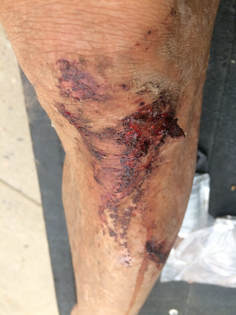 Part of the Colorado Endurance Series, the Durango Dirty Century (DDC) returned to it's classic (full) route in 2017 (15 July) after being snowed-in and rerouted for two consecutive years. The classic DDC route is as difficult as it is majestic. Along the way, the course delivers what may be an optimal dose of everything an ultra-endurance mountain bike junkie might wish for such as a whopping sixty-five miles of single-track including a hike-a-bike ascent of Indian Trail Ridge up to 12,260 feet. Indian Trail Ridge is close to the conclusion of about seven miles of continuous exposure at or above tree-line on the Colorado Trail. This summer "monsoon rains" have been common place, in reality and discussion, in the mountain towns of Colorado including Aspen, Breckenridge, and Durango. Nonetheless, I was still surprised, as I made my way from Fort Collins, on the Front Range, to Salida, in the Arkansas Valley, two days before the Durango Dirty Century to drive into a wall of water, the so-called "monsoons", at close to 10,000 feet (3048 meters) in Fairplay. Fairplay is the largest township in the famous inter-mountain landscape known as South Park, a high-elevation, palatial, prairie complex between impressive Rocky Mountain vistas including a handful of 14ers, summits above 14,000 feet (4267 meters). Rain is not unusual in Fairplay or elsewhere in the Rockies in high summer but rain that persists including traffic-slowing deluges, from Fairplay all the way to Salida is very unusual. This extensive, atypical, atmospheric disturbance was the first "clue" that the 14th edition of the DDC was going to be exceptionally wet and muddy with all of the consequences you might anticipate including greasy tree roots and gushing streams. Despite the unusual monsoon rains along US Route 285, once I reached Salida I quickly refocused and settled-in, rains not nearly forgotten but certainly in the background. I took a short ride in the Arkansas Hills adjacent to town, followed by nutrition, a carb dominated dinner, and Tour de France replays brought to me and my friend Andrew by NBC Sports Gold. The next morning I rolled-over to Subculture Cyclery early enough to help reassemble, out-of-doors, the for-sale and for-rental bike fleet, a process made much more efficient by many cooperative hands. At the same time, I was able to convince another friend, also labeled "Andrew" by his parents, to have a look at my whip. Andrew went to work, as he always does, not only fixing the issues I'd detected but also weeding-out a few others that easily could have been my undoing in a long, ultra-endurance, bike race, such as front brake pads worn nearly to the metal. You'd think I'd notice pads that were that worn or at least anticipate, because of accumulated use, their demise, but I'll confess this has happened before so apparently a racer, at least me, is capable of these sorts of egregious oversights. After the bike fleet was reassembled for all to behold, Andrew unselfishly initiated disassembly and inspection of on my 2015 Jet 9 RDO as he had the day before the Salida Big Friggin' Loop three weeks prior. A few hours later, I rolled-back into the shop after a short, fast, hot lap advised by Andrew to break-in my new bottom bracket. I want to thank Andrew for another exceptional service, and also Jason and Will, co-owners of Subculture Cyclery, and Raphael, mechanic and cycle adventurer extraordinaire, for their patient assistance over the years. It really does take some considerable patience to manage a bike racer, especially one that came into the sport so late in life. My ignorance aside, trips to the valley wouldn't be nearly as fun, social, and efficient without their expert service and friendship. If you're in the valley don't miss the chance to introduce yourself to whomever might be wrenching or just hanging out at Subculture Cyclery. They'll have what you need including advice on where to ride, how fast to ride it, and where to quench your thirst when you're ready to talk about bikes and bike trails rather than ride them. By about three or four postmeridian (PM), I was, "finally" you might say, on my way to Durango to make final preparations for an early, six antemeridian (AM), race start. Seemingly on cue, as if waiting for my departure, as I was descending into the San Luis Valley only a handful of miles from the Arkansas Valley monsoons returned. They were heavy at times, including electrical storms as I was exiting the valley westward, back into the Rocky Mountains, towards Pagosa Springs, Chimney Rock, and ultimately, Durango, on US Route 160. With two days of heavy rains to add to the mix, my thoughts settled into the implications of a monsoon summer for a course I'd never ridden, the DDC, including 65 miles of remote, rugged, high-elevation, single-track. The rain persisted, with few breaks, all the way to Durango, and the rains continued into the night and the next morning. As I rolled into a wet Durango, the universe took liberty to advise, as it often does, on my lodging and without much warning I was departing an AirBnB that I'd already paid for in search of an inevitably more expensive, alternative, option. AirBnB has been an excellent way to save money yet still satisfy the conveniences of a warm bed, bathroom, and kitchen the night before a bike race. My luck ran-out in Durango when I walked into more filth than a human being is advised to tolerate, for their good health, especially when it's someone else's filth and that filth has reached the peak of it's crescendo. Perhaps if you lived through the opening stanzas of a filth symphony then a gradual, deceptive, tolerance would be enough to sufficiently soften the grand finale. But in my case, as noted, I arrived when filth had reached filthy and my senses were overwhelmed. I'll leave the details out of this blog other than to say that the state of the toilet bowl was the last (dirty) note that caused me to seek shelter elsewhere. When we're done changing, we're done, and along the way chance rules as much as anything else in our lives, which sums-up how I arrived from a trailer park a few miles outside of Durango to the family owned and operated Siesta Motel on US Route 550 in Durango. I'll say more about the Siesta Motel at the end of this, fairly long it seems, blog entry. The next day, from the comforts of my ground-level suite, I exited into a wet, partially lit, morning and pedaled a handful of miles to the starting line at Carver Brewing. a brewery and restaurant in downtown Durango. About thirty-five participants made the same journey (maximum allowed for this unsanctioned event is 70 participants). Another 15-20, maybe more, were likely planning to attend but didn't, no doubt dissuaded by so much wet weather. Those that did make their way to Carver's seemed anxious to get moving, perhaps because of the cool morning temperature or anticipation that the next presentation of the 2017 monsoons was soon to make an audible debut. Those assembled signed-in to the system used to log the race start and results, a clip board, pen, and paper. A few minutes after our 6 am start time, still assembled, organizer of the DDC Danny Powers advised the group. Foremost, we'd be finishing at the end of the Colorado Trail (CT) rather than at Carver's Brew House. That would shorten the race by about 6 miles (from 100 to 94), and more importantly, avoid racing through traffic lights. The group rolled-out in neutral fashion at about 6:17 and we were chatty all the way to, about 10 miles away, the ascent of Hermosa Creek, initially paved, then dirt road, then single track. I felt good on the roll-out, kept my head in the wind, and contributed to the chat. I wasn't sure where the neutral roll-out ended but was feeling restless when we arrived at the turn-off to Hermosa Creek. Two riders followed as I increased my pace, and Danny was just behind them. I maintained my pace to the Hermosa Creek Trailhead where I descended into what seemed like a rain forest including water-laden plants overhanging the trail. By this point, I wasn't able to see anyone behind me and hadn't been for many minutes. The group had no doubt settled into their own discomfort zones. From this point, I wouldn't see another competitor until the short and long loops recombined. Between that intersection and the finish, I overtook a few riders that had chosen the shorter route, which really isn't short by any measure. I made my first technical mistake on Hermosa Creek as I looked down to confirm a left fork, versus a right, on my GPS without scrubbing much speed. It was a controlled crash, no (new) damage to the bike or body, but enough to slam my right ring finger into the Earth. I'd dislocated that finger a few weeks before at the Fat Tire 40 in Crested Butte so the impact was unfortunate and unpleasant. To my now aching finger, the Hermosa Creek Trail (ascended in the DDC) offered plenty of rocks, all wet, roots, wet too, and many stream crossings. But discomforts aside and my naivete, I'd never ridden this trail, I nonetheless enjoyed the eighteen miles of single track. It was fast, flowy, and scenic despite the climbing as I ascended the Hermosa Creek drainage. At the top of the trail, the upper trailhead, I was greeted by a group of three friendly lads on mountain bikes. They offered me water and anything else they had. I obliged the water and they kindly accepted my empty gel wrappers. From the upper trailhead the route continued on a fine, graded, dirt road for a few miles before transitioning to rough jeep road and a steep ascent, including switchbacks, to the Colorado Trail. Though for the most part insignificant, the jeep road was nonetheless significant for me because I had, wrongly, assumed that the road up to the CT would represent a break, an easing up, after the Hermosa Creek Trail. The jeep trail section would take it's share of my endurance for the day before I arrived to the CT. Fortunately, for my ambitions for the day, as I climbed this section I had excellent views behind me and did not see another bike and rider. Part way up, I stopped a vehicle to ask for a cable tie, I'd broken the mount for my Garmin Edge 520 when I crashed on the Hermosa Creek Trail. A few minutes later I had what I needed and rode on. The initial section of the Colorado Trail and the few miles that follow give little indication of the challenges that await on this section of the course. In total, the Colorado Trail section of the DDC is a whopping 50 miles of single track. However, even if you were familiar with what was ahead, no doubt as a mountain biker you'd be celebrating being off the steep jeep trail where the sounds of ATVs and other motorized vehicles are not uncommon. With no experience with what lay ahead, I rode on under the trees, occasionally climbing, often descending. I felt good and so far the weather had been brilliant. The ride from downtown Durango to the CT had taken me about four hours. What remained, in hindsight, was over seven hours of mountain biking to the finish. Eventually the CT ascends to tree-line and then maintains this elevation, or higher, for many miles. There really isn't any shelter and there are few exit points, such as a jeep trail to quickly descend. As I made my way along the ridges between forest patches the skies transformed and soon rain fell in showers, but never deluged, I was lucky in contrast to others that raced with me in the 2017 edition of the DDC. I was also lucky because I avoided close proximity to lightening strikes, something else some of my competitors experienced. The worst scenario for me unfolded as I ascended Indian Trail Ridge. The thunder shook the bedrock under my cleats. I made as much haste as possible as I hiked my bike, often pushing it seemingly above my head because of the steepness of the trail. This was the last of about four high points along the most exposed sections of the Colorado Trail. On any other day other than a race day, the CT portion of the race would be an inspiration to absorb as much of the landscape as possible. The views, even amidst a developing afternoon monsoon and a racing priority, were among the very best that I've had the privilege to stock pile from 46 years of living. The trail is at times technical, especially the descent down to Kennebec Pass, but for the most part rideable and at a good pace other than short, steep, final ascents of the high points that I mentioned. For those summit approaches everyone will have to use their shoes. And regarding the descent off of Indian Trail Ridge to Kennebec Pass, I'd advise caution here, for most of us there is a section that will always be unrideable even on our most confident days. After that sketchy descent, made even more so by fresh rains, I remounted my bike and sped down to the lake level. Given what I'd already ridden that day, this section of the course should have presented no serious threats. But perhaps that's when we, as bike riders, are at our most vulnerable, when we allow ourselves a moment to relax, to take a breath. That's what I was doing when I allowed my front wheel to roll onto what seemed like just another muddy patch in the trail. However, this muddy patch had depth and soon I was crashing into the back-side of a trench and flying at race speed over my handlebars towards the ground. The impact shattered the otherwise calm space that my right ring finger had descended into, and sent a shock through my body that took many miles to subside. But worst of all, two rocks pealed open my left knee with the efficiency, and effect, of a cheese grader on a block of soft cheese. I was left with two significant chunks of meat hanging off my knee. I tried to remove them in my pain haze, but they proved to be rubbery, not something you could easily tear off. I quickly gave up, remounted, and swore my way to a happier place. However, I was soon at the second aid station, aid stations are unusual for self-supported events like the DDC but welcomed. My head was still spinning from the crash as I made contact with the generous soul offering water and food, I chose to ride-on without stopping, made a wrong turn, quickly recovered, before swearing to the open spaces (not anyone or anything in particular) my way past the same person. My guess is they weren't impressed, I'm not either in hindsight. For me, it was an unfortunate coincidence to have contact so soon after a hard fall. A few miles down the trail, after I'd eaten an Organic Honey Stinger Waffle, I was feeling better, well enough to resume my focus on the trail and the race. What remained of the CT was extensive, I had to go very deep to maintain even a moderate pace, not really a race pace by this point, all the way to what seemed like a descent that would never come. Between were countless more wet stones and roots, dozens of stream crossings, steep off camber scree fields high-up on massive summits, tight trees to navigate, and climbs that led to more climbs and those to still more climbs. It was a tour-de-force of a challenge, the body was deep in the pain cave for miles that stretched to nearly twelve hours. In previous editions of the DDC the course has been ridden (annihilated) in just under 10 hours, the record pace set a few years ago. However, in the conditions leading-up to and that prevailed during the race, ten hours seems an unlikely, perhaps unreachable, conclusion even for the fastest, freakish, ultra-endurance racers. My hope was to finish in under 11 hours, instead I had to settle for 11 hrs and 43 minutes. And keep in mind this does not include the ride into town, another ca. 10-15 minutes. Add those additional minutes and I'm a 12-hour finisher, well behind the top-times from previous DDCs. However, if I re-consider the weather before and during and compare the finish times of my nearest competitors, including a few with many years of experience riding in Durango, my time was perhaps very good given course conditions and other variables. Among the 'other variables', the 2017 DDC was my first experience ridding any of the course. But analyses aside, I'm thrilled with my time and my place. Even more so, I'm thrilled that I took the advice of Ben Parman, teammate and friend, to sign-up for the Durango Dirty Century. It delivered so much in such a short window of time. My reflection will continue and will never completely subside, I'm guessing, until I return to the Planet Earth that made me. With a knee that looked like a botched surgery, I eventually found my way back to the Siesta Motel where Larry and Marlene, second generation owners and operators, were smiling as they greeted their far-flung visitor. The night before, Larry had generously given me the last room for a discount, after tax, just 88 dollars - a fantastic price for busy, overbooked, Durango. And that price included three beds, a full kitchen, and palatial living- and bath-rooms. Upon rolling back into their company, I discovered that their units were completely booked and I'd failed to realize how much I'd need a room on this night. It's a long story, briefly I had friends visiting Colorado from Florida and they were staying in nearby, up the million dollar highway, Ouray. The thought of camping on a floor in their tight cabin was enough for me to inquire about staying another night with Larry and Marlene. As my leg continued to bleed, I was greeted by one of Larry's guests, briefly again because this story has already trickled on and on, she offered to let me stay with her and her traveling companion in room #6, the same room I had the night before. And so, after some assessment, and meeting her roommate, I accepted. An hour later, following recovery food, a shower, and bandaging, I was on my way to the post-race social at Carver's Brew House. I want to thank all of the strangers, including my competitors but especially my hosts on this second night, for their kindness. They contributed to a story that was as unexpected and eventful as a day spent in Alice's wonderland. Breck 100: 29 July 2017 Despite how much time has passed it's still my intention to capture my experience from the race in a short blog entry. In the meantime, here's what Josh Tostado, the legend, had to say about his twelfth experience racing the Breck 100, "Usually I am crushed by this race but this year the race teamed-up with mother nature for the ultimate double-team. Every person that crossed the finish line on that day was a hard ass in my book, and this edition of the race will go down as the hardest so far". For more details about the 2017 Breck 100 check-out Josh's blog page at www.joshtostado.com.
Summary: In this three-part blog-entry I recall my pre- and post-racing experiences at the 2017 editions of the Original Growler (Gunnison, Colorado), Salida Big Friggin Loop (Salida and Buena Vista, Colorado), and the Fat Tire 40 (Crested Butte, Colorado). I also share my motivations for entering the Fat Tire 40, a chance to race amidst an exceptional outdoor community with an exceptional mountain biking history and also very close to a community with the same priorities just down the hill in Gunnison, Colorado. Highlights include a first place finish overall in the ultra-endurance Salida Big Friggin Loop! ORIGINAL GROWLER: 28 May 2017, Gunnison, Colorado 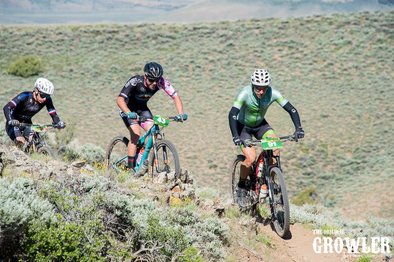 Photo courtesy of Matt Burt photography, 2017 Full Growler, 28 May. Photo courtesy of Matt Burt photography, 2017 Full Growler, 28 May. For the 2017 edition of the Original Growler, half (32 mile) and full (64 mile) routes, Gunnison Trails introduced a new course with even more single track than years before at the expense of (mostly dirt) road sections. Single-track has never been in short supply in this race. The addition of even more, including the technical, rocky, Graceland Trails, ensured that the experience would leave a long-lasting, positive, impression even among the most experienced participants. I had a productive week leading-up to the event, as far as race prep on and off my Niner Bikes Jet 9 RDO. As in the past, this year I was registered for the Full Growler, about 64 miles of racing at Hartman Rock's Recreation Area, scheduled for 28 May. Prep encompassed three days in Gunnison including a visit with a friend, KAO Dave, at the clean, green, and friendly, Gunnison KOA. On the first full day, I rode the entire course (two laps) at (mostly) endurance pace starting from the main parking area at Hartman Rocks. The following day I used my 2002 Toyota Tacoma to access convenient entry-points to session the three most difficult sections of the course along Skull Pass, Josie's, and Rattlesnake Trails. No doubt, training and living at elevation for three days in Gunnison (7700 feet, 2350 meters) was beneficial. And rather than return to Fort Collins after my pre-ride / session work, I instead accommodated additional high-elevation acclimatization by staying in Salida (7100 feet, 2165 meters) for five days prior to the race. Saturday, about mid-day, I returned via Monarch Pass to Gunnison from Salida. I want to thank two friends for their support, Andrew Mackie (Executive Director, Central Colorado Conservancy) for allowing me to camp-out in his living room from Monday-Friday and runner extraordinaire Ellen Silva for crewing for me on short notice including a quick visit on Saturday to transfer bottles, food, and strategy. Ellen was in town to crew for her freakishly fast (aka, "pro") boyfriend that was also competing in the Full Growler. She was very generous to wait close to 30 minutes for me to finish after her primary responsibility crossed the line, he finished 5th overall by the way, legit. A neutral start from town got underway, following a Leadville 100-style shotgun blast, at 7 AM, Sunday morning. Just before the gun went off the pros, among others, were shedding arm warmers and vests. It's noteworthy, based on my experience, that some of these very experienced racers were visibly shaking because of the morning temperature, reportedly 30 F (-1 C) or possibly even cooler, at least one report suggested 28 F. A few degrees aside, it was certainly a cold start even for late May in Gunnison, Colorado. Unlike my neighbors on the starting line, I retained my arm warmers and vest, ultimately I was able to hand-up my vest to a volunteer as I exited Skull Pass on lap one. I held onto the arm warmers to the finish, so often I forget to ditch them when I have the chance, such as when I stopped briefly to resupply water from Ellen before starting lap two. I felt good on the roll-out and stayed close to the police escort, just one bike between me and the bumper, close enough to the elite racers that I was able to listen-in on their conversation, a privilege that I wasn't able to retain for long. When the group reached the right turn onto the dirt at Hartman Rocks I was quickly dropped by the top fifteen or so riders as they raced towards the base of Kill Hill. With an average and max grade of 8% and 22%, respectively, Kill Hill is an effective obstruction for spreading-out the pack. At the top of Kill Hill, the race continued for about 1.5 miles on deeply rutted jeep road before descending onto the first section of single-track, Josho's Trail. My ascent up Kill Hill was slower than my race performances in both 2015 and 2016, 4:34 min:sec versus 4:16 and 4:12, respectively. I didn't feel bad, it's possible I wasn't as warmed-up as years past, perhaps because I've become more efficient at staying out of the wind in a peloton. Despite my slower time up Kill Hill, on the fire road I passed far more than passed me. This set me up, at the intersection with Josho's, to descend onto the single-track with a comfortable space ahead and behind. However, I quickly rolled-up on a group of about five riders as we started the first single-track ascent. No doubt I lost some time getting around these initial riders, perhaps enough to decide my race fate, the 1 minute 24 seconds that I would eventually concede when I rolled over the finish line in 2nd place among 40-49 amateur males (geared). Traffic aside, as I descended and then ascended Josho's, I settled-into an uncomfortable, endurance-tempo pace that I knew I could sustain for many hours with sufficient food and water. Whether or not that pace was faster or slower than previous years is difficult to say, perhaps impossible. My gut suggests I was slightly behind my pace from 2016 and possibly 2015, consistent with my times and overall placement (14th, 17th, 21st overall in 2015, 2016, 2017). Considering I lived for six months over the winter at sea-level, my performance even at the end of May was probably still being affected by an incomplete acclimatization to high elevation (ca. above 7000 feet). But living preferences and acclimatization aside, for the most part I felt strong throughout the race and for that I'm grateful. I'm also grateful that I pedaled away from a high-speed crash that I experienced on the descent of Skull Pass (lap two). On lap two, following a fast descent (only 9 seconds off my PR) of the Graceland Trails, I rolled-up on the wheel of a racer, Andrew Feeney, that would ultimately finish three places ahead of me overall (inside of the top 20). More significantly, before reaching the finish line he'd pass two racers from my age class, one pro, and one amateur, the amateur would finish #1 in the male 40-49 class, which was my goal for the day consistent with my first place, age 40-49 (amateur, geared), finishes in 2015 and 2016. It's always easy, in hindsight, to question what you "should have" and "could have" done, in a race or any other situation that comes to mind. But as all of us eventually learn, as we age, perhaps supplemented by the fabulous book Stumbling on Happiness (2006) by Daniel Gilbert, "should have" and "could have" thinking is replete with pitfalls and misconceptions. Respecting these caveats, I nonetheless cannot help concluding that I wish I'd dug deeper. Over the roughly four miles that remained in the 64 mile endurance challenge, I wonder, looking back, if I had the resources to take back what remained of the four minutes that Wesley Sandoval, #1 finisher in my age class, had taken from me on lap one, and then a bit more. Instead, I watched as Andrew rode away from my wheel shortly after we connected to a short piece of jeep road. As I topped the next hill, by this point on my own, I watched Andrew approach two racers as all three approached the single-track known as Top of the World. Based on finish times, Andrew likely passed them on that section or as he climbed The Ridge. In 2015, unknowingly, I passed my last age 40-49 competitor during lap two on The Ridge, and subsequently crossed the finish line 36 seconds ahead of that individual. My fate was different in 2017, 1 min 24 seconds off the back of Wesley, but that's racing, and #2, despite being the "first loser" as my former coach Alex Hagman once joked, is certainly something to celebrate! SALIDA BIG FRIGGIN LOOP: 10 June 2017, Salida, Colorado There's a lot that's tough about the self-supported (no aid stations, no course markings, etc) Salida Big Friggin Loop (SBFL). An event, like many others (perhaps all) from the Colorado Endurance Series, that's been described as ultra-endurance. As this implies, the SBFL is considered a step above, i.e., harder than, events that fall under the endurance category including the popular Leadville Trail 100 mountain bike race. But rumors and opinions aside, whether or not the SBFL is "ultra-" versus within the "normal" range of endurance-style brutal is probably best decided by a participant that's competed in both events. That's what I signed-up for in 2016 (both events), in 2017 I returned to the SBFL (but not the Leadville 100) for a second time with a goal to win the event overall. This would be my first, premeditated attempt, at actually winning a bike race, part of an amazing, personal and athletic journey from 2013-14, "just finish without being run-over"; to 2015-2016, "see if you can win your age class"; to 2017, "lets see if you can win the whole thing!" In my first rendezvous with the Salida Big Friggin Loop. despite gong off-course for about 21 minutes, I finished 2nd overall just a few seconds ahead of the third place finisher. Ahead of me, by a convincing ca. 45 minute margin, was my good friend and mentor, Ben Parman (aka, "the Parmanator"). In 2017, I wanted to return to the event with the knowledge of the course that I had stock-piled in 2016. I also wanted to deploy a more aggressive, and hopefully effective, water and food strategy. Going into the 2017 race, I felt that if I could keep the air in my tires, stay on course, maintain an uncomfortable endurance-tempo pace throughout, and eat and drink sufficiently, then I had a chance to cross the line first overall. As far as nutrition, plan and implementation, I consumed an original GU gel (not Roctane, too expensive) or Organic Honey Stinger Waffle every ca. 45 minutes. If my stomach was feeling a little too sweet then I went with the waffle, if it was feeling content, neutral, then I went with the gel. Importantly, I started eating right-away including a gel a few minutes before the neutral roll-out from town. At the 2017 SBFL, I raced for 10 hours and 2 minutes, so that's roughly thirteen feeds, combined gels and waffles. As far as calories consumed, my guess is I ate about nine gels and four waffles (total 13 feeds). GU gels are about 100 calories each, waffles about 140 calories, 9x100 + 4x140 = ca. 1460 calories consumed during the race. As of 2016, I've been using only water, no dissolvable mix of any kind, in my Subculture Cyclery (Salida, CO) bottles. For hydration, I started with two 26-oz water bottles which were, in hindsight, not enough for the first 50 miles of the race, Salida to Buena Vista, via the Colorado Trail below Mounts Shavano, Antero, and Princeton. The summits of all three of these peaks exceed 14,000 feet, part of a stunning alpine backdrop that rises majestically from the floor of the Arkansas Valley (Collegiate Peaks Wilderness). If, in the future, I line-up at this event for a third time, I'll certainly stash a water bottle somewhere between Mount Shavano and the base of the Mount Princeton climb. I feel that the only mistake I made, as far as hydration, was not stashing a bottle in this section. The two bottles that I carried from Salida were essentially finished by the time I was part-way up the difficult Mount Princeton climb, a paved and dirt road climb that reconnects racers to the Colorado Trail. Not dehydrated but definitely parched, I was finally able to resupply water at the local tennis courts east of downtown Buena Vista (BV). In roughly two minutes, I drank 20 ounces or more and then refilled my two 26-oz bottles. From here, I ascended to Trout Creek Pass, about mile 68 on the course, before descending to my first, 24-oz, water stash roughly two miles away. The day before the race, as I'd done in 2016, I spent some time stashing water on the back-40 miles of the race course. After a longer descent and some climbing, roughly twelve miles from Trout Creek Pass, I arrived to my main stash, two bottles + six original GU gels stuffed into a water bottle. Much later, at about mile 98 out of 108, I picked up my last 26-oz bottle before the final, significant, dirt road climb. Because of that last 26-oz stash, I had access to water during the hottest part of the day as I navigated (up and down) about 10 miles of single-track through the Arkansas Hills, eventually to the same location in downtown Salida where the race started at 6:30 in the morning, Cafe Dawn. The neutral roll-out (not enforced but generally followed) ends when the pavement turns to dirt whilst ascending from Salida to about 10,000 feet on the slopes of Mount Shavano. Unlike 2016, I decided to keep this section of the race reasonable, not going too deep, but at the same time trying to keep the fastest riders within sight all the way to Blank's Cabin, the start of the Colorado Trail section. I met my goal and felt good on the climb. When I reached Blank's I entered the woods among the top four or five. Subsequently, I was quickly caught and passed before a significant hike-a-bike on a rocky, loose, and steep ascent. But at the top, I quickly regained that difference and rode on to the next wheel. I was probably a little too hot on the throttle after that ascent, but in hindsight I must not have gone too deep either because of how well I was able to maintain my pace late in the race. I caught the lead rider well before the descent into the Mount Princeton Valley, Part-way up the asphalt section of the Mt. Princeton climb the same rider came into view below, but I'd see him for the last time as I approached the Colorado Trail on the upper slopes of Mount Princeton. Throughout the day, even as I was approaching the finish line at Cafe Dawn, I was looking over my shoulder. Many miles before the finish, a look over my shoulder at Chubb Park, not far from the famous South Park, gave me a lot of encouragement towards the conclusion that I might be far ahead, perhaps enough to hold onto the win. Nonetheless, I remained vigilant and on the pedals throughout the day. Because of careful planning, food and hydration, and perhaps backing-off on the opening climb, I suffered much less along Aspen Ridge, ca. miles 94-98, than in 2016 when I was barely able to rotate my pedals on what seemed like endless climbs and far-too-short descents between. For sure, I was hurting in 2017 through Aspen Ridge but it was a hurt that I could withstand without descending into mental anguish and a desperately slow, grinding, cadence. Knowing where I was, how much climbing was ahead, etc, was also a huge advantage relative to my previous experience. At the top of Aspen Ridge, it seemed, based on what I hadn't seen behind me at Chubb Park or elsewhere, that the race was mine to win or lose, all I had to do to achieve the former was maintain a reasonable pace to the finish, enough to stay out front without seriously risking a crash. I wouldn't say I dropped Cottonwood Trail with extreme caution, but I certainly backed-off my fastest pace, especially when approaching rocks that could have easily been my tires undoing. Following that descent, a section that I enjoyed despite how many miles I'd raced that day, I rolled-out of the Arkansas Hills to the palatial view of the Arkansas Valley, Arkansas River, and Salida, below. Soon thereafter, I crossed the train tracks adjacent to town, navigated a fence opening, crossed the F-Street bridge, made a right, and finally, dodged traffic at the last street crossing before rolling to the finish. When I began bike racing back in April 2013, three years after I'd purchased an entry-level mountain bike, my first bicycle since I was about 16 years old, I did not anticipate that I'd eventually find my way to bike racing, doing well as a bike racer, and certainly not winning an ultra-endurance mountain bike event. I'm grateful that chance navigated my journey to cycling and all that the sport has taught me along the way. No doubt, no matter what comes or goes in my life, a small part of that journey, winning the SBFL overall, will remain a fond and often replayed memory. Note, I also won (overall) the FoCo 102 earlier this year, so technically the SBFL was my second overall victory as an amateur, endurance, mountain bike racer. Unlike the SBFL, the focus of the FoCo 102 for the majority of competitors is mainly social, hence my decision to focus, as my first win, more on the SBFL than the near-equal in difficulty FoCo 102. All that said, perhaps I should focus more on the 102 as my first victory? Preferences aside, there is no doubt that my overall win at the 2017 edition of the FoCo 102 will remain, like the SBFL, a highlight of my racing accomplishments and as such, a fond memory. I want to thank Road 34 for developing, organizing, and hosting the FoCo 102, Lastly, I want to encourage any of my readers that might be living in or close to Fort Collins, Colorado, to add the FoCo 102 to their bucket list AND to sign-up for events, such as 40 in the Fort, that will be part of the upcoming, July 21-23, Tooth or Consequences Mountain Bike Festival. Local races are easy to attend, easy on our budget, and most important, they are easy on Planet Earth: far less fuel and other non-renewables are consumed to support our cycling passion when we race locally. Also, if we don't support our local events then those will eventually go away, a sad conclusion. Go online and sign-up today, and tell your friends to do the same. I'll see you out there. FAT TIRE 40: 24 June, Crested Butte, Colorado 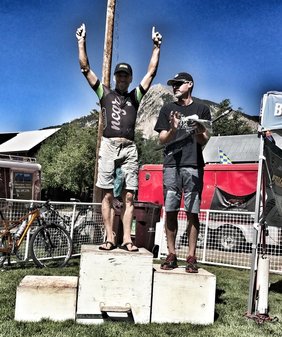 Crested Butte, Colorado, widely known for epic, high-alpine scenery, is equally well known for it's mountain biking community, including a very accomplished cohort of pro and elite-amateur racers. And not too far away, a few miles down hill on the only paved road that joins the two celebrated mountain towns, Gunnison is home to an equally respected community of mountain bikers that fill the spectrum from social to high-octane rockets. Early in my mountain biking adventures, well before I initiated training and racing, a friend, Phil Street, generously invited me to visit him in Crested Butte. That was my first visit to the extraordinary backdrops surrounding the town, often referred to as simply "CB". Pretty quick, I was hooked on the views and what I sensed were the priorities of the town, which seemed to favor proximity to nature and outdoor recreation as a good life's highest priorities. Of course, if you favor both then you will likely be very good, given hours of practice, at whatever sport(s) you favor. When mountain biking came into being, in ca. the 1970's, Crested Butte and nearby Gunnison, where people share the same priorities, quickly developed and expanded the sport (Crested Butte may even be the origin of the sport itself, more details). Eventually, both towns would become famous for their feats on mountain bikes, both professional and amateur. Before I departed CB on that initial trip, Phil led me on two rides from town. Despite my pace, well off his wheel most of the time, Phil encouraged me throughout. From CB we traveled down to Gunnison, spent a day riding at Hartman Rocks, where I would years later win my age class for the first time as an amateur, and then drove out to Fruita and Loma for more mountain biking adventures. The whole trip was a breathtaking eye-opener to the scenic splendor of Colorado and areas regarded as some of the very best in the United States for mountain biking. I took it all in, cherished it, and dreamed about the future including returning to Crested Butte. Years later, as I improved as a racer and interacted more with the mountain biking community, I found myself thinking about what it would mean to me to race amidst the communities of cyclists that I'd come to respect, starting from those initial trips with Phillip, in the highest regard. Early-on, I satisfied that curiosity, in part, by competing in the Original Growler in Gunnison, Colorado, for the first time in 2014; and then returning to the Growler in 2015 and 2016, both years I finished first among age 40-49, amateur, competitors (geared). As these details reveal, I accomplished my wish to compete in Gunnison early in my racing career. Along the way, each time I returned to Gunnison, I remembered my similar bucket-list dream to race among the elite up the hill, in nearby Crested Butte. One week before the event was scheduled to start, a teammate mentioned that she was planning to attend the Fat Tire 40 in Crested Butte, part of Crested Butte Bike Week, and she thought that I should come along and throw-down amidst the local and visiting, elite-amateur, mountain bikers. I don't usually race events as short as 40 miles, more typically I favor (and my finish placements do as well) much longer events (65-100 miles). But this was CB and I was eager, as I outlined above, to take part in an event in that valley. My schedule also was open on this weekend (June 24th), that too contributed to what happened next, a hasty decision, all in a day, to sign-up! A comfortable 8 am start and neutral roll-out opened the 2017 edition of the Fat Tire 40. So comfortable that I was even able to weigh-in on a conversation with the fastest guys in the race, including number two finisher of the day Bryan Dillon, USA Pro Team Topeak-Ergon. As I'd done earlier in the year at the Growler, I stayed within the top few racers directly behind the neutral pace vehicle, that is until the car pulled-away and the pro and nearly-a-pro group increased their pace. Following that surge, I dropped, very quickly, to about mid-pack. Along the way, I tried not to think too much about it. Instead, I tried to focus on smooth, efficient, pedaling. Before the race transitioned from pavement to single-track, by now within Mount Crested Butte above CB, I'd made up some ground including a last minute 3-person pass just before my tires made contact with the dirt. By the way, for this event I used the same tires (by now the rear showed significant wear) as the SBFL, Vittoria Saguaro 2.20 front and rear. Overall, I was impressed by their performance in both events, the non-aggressive tread pattern provided noticeably more grip than the tire I traditionally use for training and racing on dirt, Specialized Fast Trak Control 2.1-2.2. However, I'm not convinced that either tire is what I'll commit to moving forward. For the 15 July 2017 edition of the Durango Dirty Century, I'll be rolling with a Maxxis 2.2 Ikon EXO (rear) and 2.2 Ardent Race EXO (front). When racing in a valley with the reputation of CB, no one should be surprised when the trail gets technical. Right away, the opening single-track (Upper Loop to Upper Upper) became festooned with rocks and roots, occasionally broken by short, anaerobic climbs, and longer sections of flow where the aspen trees closed-in and threatened to catch your handlebars. At times like these, when the trail gets technical, I'm fortunate to be from Fort Collins where the trails are often the same. The opening trail allowed me to pass many more competitors. By the time I reached the first section of dirt, I was warmed-up and feeling confident. From Upper Upper the course transitioned to dirt road for a few miles before connecting to the Strand Hill (dirt) road climb. I settled-in as I monitored riders that were coming from behind, when I needed to I picked-up my pace to maintain the gap. The back-side of Strand Hill is a fast descent on mostly, non-technical, single-track. However, just before the exit above the same road, and nearly the same point, where the Strand Hill climb began, is a narrow, steep, washed-out gully in place of where a trail once descended. When I came face-to-face with this unanticipated gulch I was carrying a lot of speed. I tried to shave some of that whilst redirecting the bikes trajectory towards a deeply entrenched trail between two walls of stone. I'm not sure where I failed, but the next moment I was on my feet, the bike was laying between the walls, and I was focused on my right ring-finger. Somehow I'd dislocated the primary knuckle. Later, a teammate with medical expertise, advised that I might have also broken the finger and damaged a tendon. Back to the trail, I felt that I could ride on. I straightened my handlebars, not quite enough in hindsight, and remounted. For about 10 minutes my finger caused me a lot of pain. But as I approached the ascent that would lead to Deer Creek most of the pain subsided and I was able to refocus on the usual endurance-tempo discomforts. Most of 20 minutes went by as I climbed the dirt road up to the Deer Creek Trailhead. From that point, another hour passed as I climbed and then descended Deer Creek through what must be one of Colorado's most spectacular, scenic, landscapes. On either side of the trail, wildflowers, dominated by mule's ear and lupine, inspired vast meadows with their colors as they held fast to steep slopes above and below the trail. Above this wildflower extravaganza, in the alpine zone, I could see deep pockets of late season snow interlaced with extensive talus slope and exposed bedrock cliffs. Below a green forest filled the valleys down to pastures and homesteads. In the same view, Crested Butte's namesake rose from the valley floor in majestic fashion. Despite all of this scenery, I managed to stay inside my endurance-tempo pain cave. And the descent down the back-side of Deer Creek was fast and fun (other than when I reached out to catch a slip and smacked my sore finger). At the bottom of Deer Creek the course returned to gravel, busy Gothic Road. From here, I descended, whenever possible, in the super tuck on my top tube. Along the way I passed at least one more competitor, maybe two. And also, crossed paths briefly with my NCGR teammate, Bill Bottom. He was kindly hauling water bottles up for friends and teammates. Unfortunately, I passed him (opposite directions) with such haste that I missed the chance to get a bottle. At the base of Mount Crested Butte the course returned to single track, and soon the final ascent before the final drop back to Crested Butte and a short road section into town. More than anywhere else on the course, I suffered on the Lower and Upper Meander climbs. I had gone into this race carrying a margin of fatigue more than I would have wanted, ideally, and I think that margin began to take affect on this climb. Nonetheless, I eventually climbed over the top, under idle ski lifts, and began the descent. Right away, my next competitor was directly ahead of me, but as I opened my suspension my rear tire suddenly deflated. As we often do in a race, I tried to ignore my fate, and rolled on for about a minute before stopping to assess the damage. I wasn't carrying CO2 cartridges, only an exceptional hand pump from Lezyne Engineered Design. After searching for a side-wall tear, I didn't find one, I went to work partially re-inflating the tire. Unfortunately, that initial re-inflate didn't last long and I was off the bike a second time, swearing a bit, and trying once more to re-inflate without installing a tube. This one held, not completely but enough to get me to the finish line. At this point in the race, the final miles, it's a pity that I had to stop twice and, in between, shave so much speed to avoid damaging my rear hoop, I think I could have passed, certainly one, and maybe even a couple more competitors on that descent and ride to town. I was feeling good and my descending instincts were firing efficiently after the opening 35 miles of racing in technical terrain. Of course, it could have been much worse, not only the tire incident but also my high-speed crash. So for these reasons, I'm grateful that I even finished, let alone in first place overall among amateurs aged 40-49. Even better perhaps, I finished second among all amateurs and just six minutes off the wheel of the first place amateur finisher. Adding to my accomplishments, I was 19th overall out of 122 including the freakishly fast pros. Getting back to my early experiences and bucket lists, racing in the Fat Tire 40 delivered what I'd anticipated all along, a very special day of racing, a fond memory, and plenty of inspiration for the future; a mangled finger, deflated tire, and other mishaps withstanding, it's all part of the process and part of racing. In this blog entry, I open with a recap of the social journey from Fort Collins to Cortez, Colorado, on a plush bus, operated by Lea Angell, with about fourteen teammates that were also competing in 12-hrs of Mesa Verde. The paragraphs that follow delve into, what I believe now, was an inevitable part of becoming a stronger, smarter, athlete. I've done my best to describe, in words, what I believe happened before and after my psychological melt-down during lap six, about nine hours into the 12-hr race. In my next blog entry, I'll return to the positive side of racing and training as I share my post-12-hr experiences including many podium finishes added to my amateur palmarès. 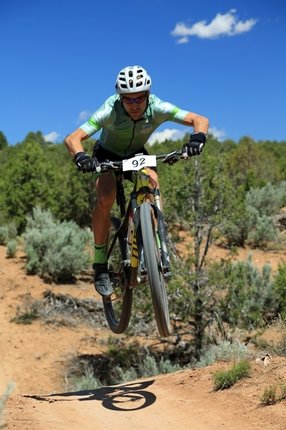 12-hrs of Mesa Verde, 2017. 12-hrs of Mesa Verde, 2017. Northern Colorado Grassroots Riders (NCGR) has developed a tradition, in recent years, of opening our social and racing season with attendance at 12-hrs of Mesa Verde, a popular and well organized event held annually at Phil's World just outside of Cortez, Colorado, in early May. And for the last two years running, we've upped-the-ante by renting a plush, retro, touring bus from driver, owner, and adventurer extraordinaire Lea Angell. If you're part of a group that is traveling en mass from a location somewhere in the vicinity of Fort Collins to point(s) somewhere on the periphery of our Front Range Universe then consider getting in touch with Lea about the cost of riding in style, in one of his buses. For mountain bike groups, you can literally pack dozens of bikes on and in this bus and still sit comfortably, with space to spare, in the passenger areas. And in general, rolling with Lea will add measurably to the fun factor ... all you'll need to do is sit back, relax, and enjoy the view such as the stunning, three-hundred-and-sixty degree, Rocky Mountain vistas awaiting lucky travelers that ascend and descend Wolf Creek Pass on the continental divide. By the time NCGR reached Wolf Creek Pass on day two of our journey from Fort Collins (first night in Alamosa, Colorado), the group, about 15 in total, had already boisterously battled their way through many card games whilst enjoying a few full strength PBRs among other adult beverages. Unlike the previous two years, the weather then and ahead looked fabulous for a 12-hr mountain bike race in the desert adjacent to Mesa Verde National Park. Anticipation and no doubt a few nerves were managed as we made our way to Durango from Wolf Creek Pass and eventually to registration at Kokopelli Bike & Board, in downtown Cortez. If you're in this area and need a part, or a fix, for your whip don't hesitate to drop into Kokopelli, it's an excellent, well stocked and professional, bike shop. After a grocery resupply we backtracked a few miles to the local fairgrounds, ejected every imaginable item from a bus with deep pockets, assembled a small city, went for a short pre-ride, and, as if trained by veteran carnies, were settling-into a freshly cooked taco feast well before dark. This would be my first year, out of four, entering 12-hrs as a solo rider. In the previous three years, 2014-2016, I was part of a 3-person, male, geared, team. My logic in 2017 was that racing the full 12 hours, as much as possible given cut-offs for the last lap, would be an excellent training opportunity for priority, long-distance, endurance races later in the season including the Gunnison Growler on May 28th. Also, an added cardio bonus, with no teammates to draw straws, riding solo ensured that I would be part of the le mans start at seven am. As in previous years, when I drew the shortest straw, the quarter-mile run from the starting line to my bike, awaiting in a nearby rodeo corral a short distance from a significant pinch point (corral exit), was a very uncomfortable way to start the day but perhaps an excellent way to jump start my engine. This year I was slower than previous efforts, based on numbers of riders that squeezed through the pinch point alongside of me, some on their bikes, some still pushing. But my pace during the run was sufficient to get me through the first important pinch point and out onto the course with the leaders. Before going through the underpass from the fairgrounds to Phil's World, I passed my friend and teammate, Ben Parman. (aka, "the Parmanator") Nonetheless, Ben and RJ Morris (aka, "R-Jangutan"), another teammate, easily passed me back before or just after, respectively, we reached the single track. As history has often demonstrated, even amidst my best performances, I'm slow to warm-up and as a result slow to start and the 2017 edition of 12-hrs was no exception. Looking ahead, I think this weakness can be explained by an analysis of the structure and intensity of the training I've done over the years, good news given that I can and plan to try a different training recipe in the winter and spring of 2017-18. Perhaps I won't be able to overcome my historically slow start, but based on my own analysis I don't think that I've ever tested that hypothesis with an appropriate, high intensity, training block, or series of graded, low- to mid- to high- intensity blocks. I'm looking forward to seeing what's possible in the next twelve months and perhaps I'll put whatever I've done, by then as far as revised training, to the test as a solo rider at 12-hrs in May 2018. Stay tuned. Back out on the course, shortly after I lost sight of RJ (the Parmanator was already far ahead of both of us), I settled-into a comfortable race pace for my mind and skills at Phil's World and rode-on through the first lap (ca. 17 miles) on my Niner Bikes Air 9 RDO (race design optimized). I had decided to race my 2014 edition of the Air 9 RDO following the discovery, at the venue, of a crack in the rear carbon hoop laced to my Niner Bikes Jet 9 RDO. As this implies, I'd traveled from FoCo, on the bus, with two bikes rather than one, so clearly I was already thinking "I might", depending on the course, favor racing my nimble hard-tail over my full-squish, somewhat heavier, Jet. I could have risked serious rim and tire failure and rode the Jet, the bike that I would have preferred after my short pre-ride on Friday night, but instead I chose the path of least, mindful, concern and prepared my Air 9 for it's first adventure since the 2016 Leadville Trail 100. Laps 1-3, about 1 hr 20 min per lap, came and went, for the most part, without any issues. I made mistakes along the way, e.g., slammed by crank arm two or three times which was closer to the Earth than my Jet, the bike I'd ridden most this year on the dirt; but otherwise the Air, my body, the landscape and atmosphere were getting along just fine over these initial ca. 60 miles. Similarly, lap four left few impressions other than by this time I was eating but my stomach seemed to have other priorities. I can't recall for certain what I ate on laps 1-4, but my guess is two gels. Elsewhere, in my previous blog entry, I described how and why I had been neglecting to eat for the first, roughly, three hours during high intensity training workouts and the only other race I'd competed in prior to 12-hrs in 2017, the FoCo 102. I made the same poor decision, neglected to eat for about three hours, at 12-hrs of Mesa Verde. In particular, see details elsewhere, I was trying to take advantage of a happy stomach over those first few hours because I knew when I started to feed I was going to feel a little ill. However, what I didn't realize, was that by neglecting to eat I was causing my stomach to shrink, imagine a fist, metaphor for my stomach, closing a little more each lap. As this implies, when I finally initiated eating, my stomach was not only off-line but also a pinch-point with serious, inevitable (that's been my experience), implications. By lap four I was experiencing an unhappy stomach as I tried to force nutrition into my working, endurance and tempo (mostly), efforts. And the same was true on lap five, when I increased intensity in an attempt to catch two of my teammates, the "Parmanator" and Mick McDill, aka "Vanilla Gorilla" on Strava. My first clue that I was closing the gap was provided by the event announcer. As I concluded each lap, he announced my position and roughly how far ahead the next male 40-49 rider was relative to me. From the end of lap four to the end of lap five, his announcements made it clear that I was catching both Mick and Ben, an accomplishment that motivated me then and still impresses me now despite what was yet to come in my experience at 12-hrs. As I was entering the last handful of miles of lap five, consistent with what I'd learned from the announcer, I started to get glimpses of my teammates. And as I rolled the last 100 meters of the lap, to the barn, I finally caught them. No surprise, if you know either of them, Ben and Mick shouted encouragement even as I closed-in on their enviable ca. top five, male-solo-geared (all ages), places at that point in the race. Both of these gentleman, as the word implies, are worthy of admiration for the talent and sportsmanship that they bring to the sport of mountain biking. Unfortunately for my athletic ambitions, the high that I felt by catching two of my mountain bike mentors, Ben and Mick, was very short lived. The three of us rolled-out of the staging area more or less as a group, I was the lead bike with Ben behind and soon Mick following. As Mick approached, I shouted-out that I would move over if they wanted to pass, Mick quickly obliged and just as quickly disappeared down the trail ahead. Ben sat-in a few minutes longer, but then he too rolled past and away as if my Specialized Fast-trak Control Series tires had suddenly deflated. This began my descent into a psychological obliteration that three days later I crawled out of and, ca., seven days later recovered from enough to begin sifting through the ashes. Since initiating my training and racing adventures, in April 2013, this would be, in hindsight, my farthest fall into the depths of internally motivated, psychological, sport-associated, annihilation. Unfortunately, for the first 72 hours, despite for the most part keeping a strong disapproval of myself and my performance just barely under the surface, I stated on my webpage and on Strava that I had, in my words, "quit" on lap six, even "DNFed" which was not true. Further, I clarified that my decision to quit came-about because of a mind that descended into a state of "failure" after I was dropped by my two, highly respected, teammates. I deeply regret making those pronouncements on social media, because my analysis at that time was as flawed as my response; and because Mick and Ben, as friends and teammates, deserved much better. They deserved the respect, e.g., that they unselfishly offered to me as I caught-up to them at the end of lap five. Mindful, as I am, about the significance of "annihilation" and "obliteration", among other adjectives and phrases that I used, above, to describe my state-of-mind, I want to clarify, as best I can, how this could be so to the extent that I'm proposing. I've been thinking a lot over the last few weeks about what happened and based on that analysis I believe that the conclusion for "what" happened is actually (obviously, by now) quite simple: I had failed to supply, leading up-to and during the race, proper nutrition to my mind and body with deleterious consequences, especially the consequences of a made-up reality stubbornly and persistently held onto by a despondent mind. That's what happened, nutritionally, only slightly more complex is "what happened" in regard to my much longer, and much more significant, psychological melt-down. With the aide of concepts from a book from Steve Peters, The Chimp Paradox, it's now clear to me that my nutritional errors and, importantly, lack of psychological training focused on athletic performance and especially non-performance, allowed my inner chimp to rule, authoritarian-style, for three days. Not surprisingly, my chimp-self abandoned logic (realm of my human-self) and replaced that mode-of-operating with emotional, reality TV sort of drama, mostly internal for which I'm grateful. Without getting into the weeds, this is the truth of what really happened, nutritionally and psychologically, including a brief look at the Science of the mind to help explain how I got to "there" and where I was when I arrived, psychologically. Beyond these valuable facts is something even more insightful, from my perspective as an athlete with a modest, sport-related, education, that I want to share before I conclude this entry. That something is an insight that I gained through the process of falling, at 12-hrs, into the deep, dark, recesses of my mind and then navigating back to the surface many days later, to my normal state. For the most part, I don't think people endeavoring, at the outset, to compete at a high level, or people such as husbands and spouses looking outside in, consider the extent of the implications of drawing down your bodies nutritional resources, to the extent that training athletes do routinely, that are otherwise critical for normal human function, psychological and physiological. By "resources" I'm referring to those substances, such as iron for oxygen transport to the suite of electrolytes including magnesium for maintaining water balance (etc), that contribute to metabolic function whether a person is idle or experiencing extreme physical exercise as in a long (time span), endurance, mountain bike race. As humans that normally exist in just this way, in a "normal" physiological space, our experience with extreme lows of critical metabolic resources is zero until, if we ever do, either find ourselves in a starvation situation or else delve into a habit of extreme sport activity. Importantly, how we will respond to these lows, especially lows that affect normal brain function, is anyone's guess given normal variation in humans including relationships, recognized or not, with their inner-chimp. This insight, among other implications, demonstrates that my experience was inevitable, a part of the normal process that is embedded in the extreme sport, athletic, sphere (a multi-dimensional space) from which athletes draw their day-to-day state-of-mind and -performance. What I experienced at 12-hrs was an unpleasant, yet, inevitable part of the process of becoming a mature athlete. Eventually, if you go to extremes, you'll arrive there too, no doubt with regrets, but also with a valuable education for banking and perspective. Twelve-hours of Mesa Verde, 2017, will always be with me, something that significant never completely dissolves from our vast and complicated network of neurons. However, after a lot of personal reflection and analysis, I'm ready to put the hard lessons, the regrets, behind me in favor of making wiser decisions moving forward. No doubt, like everything else that's been a part of my cycling journey since I impulsed purchase a GT Avalanche in 2010, they'll be surprises including more regrets, but hopefully my evolution as a cyclist will continue to move towards something worthy of friends and mentors like Ben and Mick and many others from the cycling and non-cycling community that have unselfishly helped me in so many ways. The many successes that I've experienced as part of that journey are a reflection of their kindness, patience, and generosity. 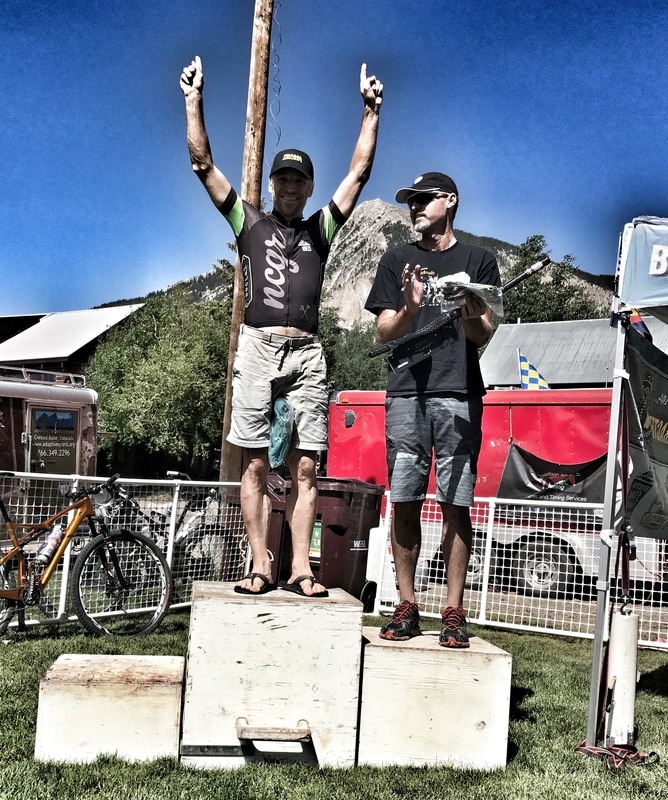 Despite a serious crash, resulting in a dislocated and possibly a broken ring finger, and two tire deflation's in the last five miles of the Fat Tire 40 (24 June 2017) in Crested Butte, Colorado, I managed to hold-onto a 1st place age 40-49 and 2nd place overall finish among amateurs. More about this race and others in my next blog entry. In this entry I talk about how I pimped-up my primary race bike, the 2015 edition of Niner Bikes Jet 9 RDO (race design optimized). The pimping was accomplished with assistance from Brave New Wheel and Push Industries. And the design changes were inspired by features of Niner Bikes latest cross-country racer, the Rocket 9 RDO. After discussing those improvements, I delve into nutritional mistakes that I was making at the onset of racing in the first half of May. I conclude the article with details about the FoCo 102, my successes and near derailment, and a few words about 12-hrs of Mesa Verde. I'll pick-up with the details including the conclusion in my next blog entry. 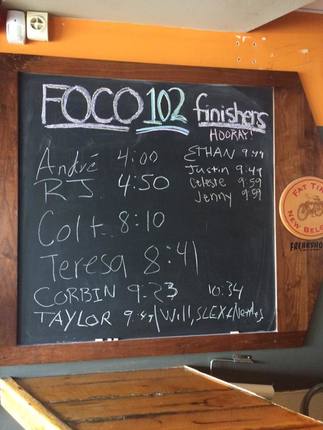 FoCo 102 (aka "kick in the dick") race finish times (all PM) posted at Road 34 in Fort Collins, Colorado, 6 June 2017. FoCo 102 (aka "kick in the dick") race finish times (all PM) posted at Road 34 in Fort Collins, Colorado, 6 June 2017. My Northern Colorado Grassroots teammates have been stocking-up, it seems, on what by now might be accurately described as a platoon of Niner Rocket 9 RDOs since the RKT made its debut in 2016. Along the way, without the ambition to work more hours but instead to spend most of my time riding the bikes that I already owned, I've nonetheless developed a Rocket (RKT) envy. It's not that I don't love my 2015, 5-star build, Jet 9 RDO. I love that bike and all that it does for me whilst climbing and descending. Nonetheless, I feel an inexplicable attraction to the latest cross-country bike from Niner, If you're old enough to recall the original Star Wars films, picture the Millennium Falcon being drawn into the Death Star by a tractor beam (invisible force), that's what's happening each time I get close to the Rocket ... it draws me in ... a little closer. Maybe over the winter I'll find the discipline to work the necessary hours to add the Rocket to my quiver in time for the 2018 racing season. In the meantime, as this season's racing was approaching, I studied the Rocket and then set-out to implement two of it's design features onto my aged but still crushing Jet 9 RDO. The first was inspired by the envy I felt when I gazed upon and daydreamed about the Sram Eagle 1x12 drivetrain with it's 10-50t cassette, But that envy was, unfortunately, quickly moderated by the (seemingly) unbelievable cost of the Eagle, equivalent to about 1/3rd the price (1350$) of a complete, low high-end, mountain bike. This in effect caused me to hesitate on making the purchase, and I'm glad I did, because thanks to a close friend, Ben Parman (aka, "the Parmanator"), I eventually learned about an alternative that cost just one-third of the price of an Eagle: the e*thirteen 9-46t cassette. Retailing for about 340$, this cassette integrates seamlessly onto a Sram 1x drivetrain, the model on my Jet pre-dated the Eagle of course. And I suspect the same cassette would bolt seamlessly onto comparable models from Shimano. As I often do these days, I dropped my Jet off at Brave New Wheel in Fort Collins, Colorado; a few hours later Mike Woodard, an expert mechanic with a lengthy and diverse resume, sent me a message that the whip and the new cassette were ready for testing. At this point, I could go on-and-on about my experience before and after, but I'll just keep it simple with these few words: this cassette is a deal changer ... flexible ratios ... top and bottom end ... it'll change any 1x drivetrain into a tour-de-force of racing efficiency. If you have the money to purchase an Eagle then the 10-50t is attractive, but don't underestimate the wee 9-tooth cog at the base of the e-thirteen ... and if you don't, you'll have enough money left-over to cover 1000 dollars worth of race fees, new tires, and 3-2 PBRs from your favorite grocery store. As this implies, quite literally, the e*thirteen puts money in your pocket for the same performance as the much more expensive Eagle. Second on my short-list of enviable features found on the Rocket was the full-lockout climbing mode integrated into the rear shock. Conveniently, by the time I was contemplating what that would be like, a fully locked-out rear shock, my Fox shock was in need of another rebuild to the extent that all of its modes were getting sloppy. With that in mind, and armed with a few details about what Push Industries might be able to do for me (thanks to insights provided by Mike Woodard at Brave New Wheel), I called up Push in Loveland, Colorado, a town just south of Fort Collins. Those few details withstanding, I did not anticipate the education hand-up from Push, for pro bono, but that's what I received, starting from that first call, as well as a rebuilt shock comparable to the performance of the full-lockout Rocket feature. Push shaved about 10-20% of the squish off my trail and descending modes, and along the way accomplished my primary request, to make my rear Fox shock essentially lock-out in climbing mode. Like the e*thirteen cassette, this modification to my Jet 9 RDO was also a game changer. In the Salida Big Friggin Loop (SBFL, 10 June) for example, I frequently stood in the pedals on dirt road climbs and powered over the top without any (that I felt) bobbing. Instead, I felt an efficient transfer of power from my body into the bike. This together with being able to click into a 32-9t (front-rear) gear combination on flats / rolling sections could have been the reason why I was able to out-pace the competition and win the SBFL overall. Armed with a pimped-up Niner Bikes Jet 9 RDO (race design optimized), I entered the 2017 racing season a few weeks before the SBFL, on 6 May 2017, when I socially departed the event hosts location, Road 34 on Elizabeth Street in Fort Collins, Colorado, and sauntered towards the trail-head at Maxwell Natural Area with RJ Morris and Teresa Maria. As this implies, the FoCo 102, also known as "Taint for the Feint" and the "Kick in the Dick", is not a typical "race" as we often think when we enter an event. Instead, it's an event that requires everyone to ride responsibly, at any pace they prefer and can accommodate (responsibly), over the 102 mile course, on trails that are open to general use. This explains why it was a "social" roll-out. At the base of Maxwell, my teammate RJ and I put pressure to the pedals and soon we were pulling away from the groups behind as the sun rose over our left shoulder from the vantage of riding south through Pineridge Natural Area. The FoCo 102 is broken down into five sections. The first four sections conclude at the same, centrally located, aid station, the fifth and final section concludes back at Road 34 on Elizabeth Street. Here's my race file for all of the details of the course including over 12,000 feet (3660 meters) of vertical elevation gain. Like the Colorado Endurance Series, entries for this event are capped to meet guidelines for unsanctioned events posted by the organizations that manage the trail system in Fort Collins, such as Colorado Parks and Wildlife (Lory State Park). If you want to participate next year then send a request to join the FoCo 102: Taint for the Faint closed group on Facebook where you'll find all of the important announcements. Other than pimping-up my Jet, foremost on my mind in the opening months of racing in 2017, May and June, has been nutrition, nutrition, and nutrition. You'd think that by now, going into my fifth season of training and racing, I would have nutrition worked-out on and off the bike. If that's your thinking then I hear you, but in fairness I'd argue that nutrition is a moving target at least in the first few years and also, decisions we make in the off season could impact our decisions when we return to 'on', which is certainly true in my case. In each of the last two years, I've resided 4-6 months in northern Germany, scroll down my blog page for more details of my life in Germany including cycling adventures on my Niner Bikes RLT 9 Steel. On those adventures, I developed a habit of eating whole food, stuff you buy in supermarkets, small shops, bakeries, etc. After literally thousands of off-season miles, this whole or "real" food habit began to creep into my mind and stomachs 'normal' with the effect that when I tried to switch back to high-octane race gels and bars in 2017 (didn't seem to be an issue, the switch back, in 2016), I immediately started to have problems. Initially, I thought okay, I'll just go all whole food. That didn't work either. So then I tried a mixture, that's where I was in the evolution when I rolled-out for the FoCo 102. However, I also, at that time, May, in anticipation of an unhappy stomach was typically delaying my initial food intake for as much as three hours. I'd ride hard for three hours on the fuel I had on board and then start to eat, as I did at the FoCo 102, and then I'd bear with my unhappy stomach to the finish, occasionally adding food to what seemed was a blocked digestive system. And "blocked" may not be far from the truth. I've since had discussions with a pro-female racer, a friend, from Crested Butte, I gave her the details and she immediately responded with a closed fist ... her metaphor for my stomach after three hours of not eating during a race or a hard workout. Apparently, it shuts-down and even shrinks if you don't occasionally add food as you race. That explains why I felt as if I was stuffing food and water down a blocked pipe with serious consequences, especially at 12-hrs of Mesa Verde, more on that in my next blog entry. Concluding on the FoCo 102, I felt excellent for the first 5-6 hrs, and not bad up to about 8 hours. That's when a lack of sufficient nutrition began to catch-up with me. By hour 9 (total race time was 10 hrs 24 minutes), I was really starting to lose power and slip into the unhappy mental space that signals the onset of dangerously low metabolic and other nutritional resources your body needs to keep going. About 9.5 hours into the event I was nearly bonking as I rode the technical Foothills Trail. Subsequently, I climbed Shoreline on my last gasp before I fortunately topped-out over Maxwell and rode (essentially) downhill all the way to the finish line at Road 34. I had survived my poor decisions, though just barely, but unfortunately I did not wake-up to the fact that I would inevitably experience at the considerably longer 12-hrs of Mesa Verde as a solo, male, geared competitor. In my next blog entry, I'll pick-up with what turned-out to be my most significant athletic "mind" failure to date, measured by the depth that I fell. In the meantime, on a positive note, the FoCo 102 was an exciting and historical finish to add to my modest palmarès, wining overall in a bike race for the first time. And my finish at the Growler on 28 May, following Mesa Verde, was also a significant success. In between, as I've come to understand and respect, I faced part of the unavoidable process that occasionally derails athletic (mind and body) progress and temporarily replaces sensible analysis and conclusions with nonsensical emotions championed by our inner chimp. My inner chimp reigned for a week after Mesa, but especially, with regrettable consequences, the first 72 hours following my decision to end my race after lap six. Check-back in the next few days for my next blog entry ... I seem to be on a Jet-Niner roll ... and since it's nearly July, one might say ... it's about time! In this blog-entry I recall my experiences since I started self-coaching after the 2016 Leadville Trail 100 (13 August). Details include post-race season tours through Europe and a successful 10,000 mile (16,000 km) distance goal, the second year in a row that I rode over 10,000 miles on a bike. By December 2016, I was adapting to a gym plan that would, in hindsight, lead to significant power improvement on the bike when I re-saddled-up on 4 February, 2017, the day after I arrived to Mallorca for a European-style month of "spring" training. This entry wraps-up with a summary of training from February through April. In my next blog, I'll talk about changes I made to my primary race bike just before the season began in 2017 and begin what I'll complete in a subsequent blog, to lay-out the details of nutritional mistakes and the effects that those had on my performances at the FoCo 102 (6 June) and 12-hrs of Mesa Verde (13 June).  For the first time since I called pro-roadie Alex Hagman in March 2013 and asked him if he'd coach me through my goals to qualify-for and subsequently compete in the Leadville Trail 100 mountain bike race, the beginning of my non-recreational (training and racing) cycling history, I set-out in the fall and winter of 2016-17 to self-coach in the gym and on the bike, Backing-up from present to that first call to Alex, Alex coached me in 2013, 2014, and 2016. In between, 2015, I was coached by a Northern Colorado Grassroots teammate, Pat Nash. This season I've received valuable advice from Clint Knapp, a former top national and world pro mountain and trials bike athlete. Following the 2016 Leadville Trail 100, I let me my race fitness decline, as I have in the past about this time, and instead focused on riding with friends before I made the "cat jump" back to Hamburg on 13 September. Upon arriving in Hamburg, I settled-in and enjoyed some local, chill, rides. Nearly three weeks slipped passed and then I was departing (5 October) for a journey that unfolded one day at a time until day 16 when I returned to Hamburg on my Niner Bikes RLT 9 Steel gravel grinder. It took me weeks to transfer that story from images and my mind to the digital interface of my blog. However, that effort behind me now, visitors can explore each day of my trip by clicking on links to each day on my home page. But note, in the future I'll remove those links (replace them with others) and users will instead need to click on October 2016 under Archives (top-right on this page) and then scroll through each daily blog entry, look for Europe Tour | Autumn 2016, each day includes many photographs. Upon arriving back to the Bismarckstrassa in Hamburg on 20 October, I took some time to recover from 1600 miles (2575 km) of cycling in 16 days through seven countries. But then I was back on the bikes that I'd flown over with from the US, Giant TCR Composite 1.0 and the RLT, to conclude the last few hundred miles of my 10,000 mile (16,000 km) cycling goal. Unfortunately for my fingers in particular, I delayed my decision to complete the 10,000 mile goal for a couple of weeks. Then finally, on 22 November, well into the onset of winter in Hamburg, I awoke from my slumber and attacked the remaining 622 miles (1001 km). On a very cold day, 29 November, with snow on both road shoulders and often ice between mixed with wet leaves, I completed my fourth and final hundo distance ride (160+ km) in seven days to complete my goal and just in time given weather predictions at that time. It's always a relief, and deeply satisfying of course, to complete a difficult goal, such as cycling 10,000 miles (16,000 km) in a year (second year running), and my experience as the sun set on November 29th was no different. Nonetheless, I can't imagine what the same conclusion would have felt like when British cyclist Tommy Godwin completed his epic cycling year in 1940 in the midst of WWII. Tommy cycled over 75,000 miles from January 1939 to January 1940 and then went on, without a break, to set another World record, 100,000 miles on a bike in 500 days. After completing the latter record, which he still holds, Tommy "... dismounted [his bike] and spent weeks learning how to walk [again] before going to war in the RAF". You can read more about Tommy's accomplishments here and at Wikipedia. Returning to what can only be regarded as a relatively modest accomplishment (10,000 miles in a year) compared to Tommy and other cycling legends, after I completed my last hundo I initiated the first phase of my self-coaching experiment: (1) I hung up my bikes (for two months); and (2), initiated a structured, four times per week, weight training regimen in Kaifu Lodge, a well-equipped, diverse, training and recreational sport facility about five minutes walk from my home in Hamburg. I allowed myself a period of burn-in, a concept that I'm borrowing from another period in my life when I found myself deep down the rabbit hole of Statistics, whereby I allowed my body to undergo the physiological and structural changes that would be beneficial when I upped the weight and intensity for four weeks in January. I also traveled during the first two weeks of December, nonetheless I managed to lay the foundation of what would be my weight training work-out plan for the next eight weeks. By January, I was routinely making my way to the gym, often seven days a week. On the off-weight days I stretched and relaxed in the various saunas offered at Kaifu. During this time, I also returned to running, mostly on the treadmill. As part of this component of my athletic training, I set a goal to run a 5k in under 19 minutes 30 seconds. I accomplished that goal on 22 January and subsequently, on January 26th, set a personal record for a 5k distance on the treadmill of 19 minutes 4 seconds. The day before I ran the same distance on the treadmill in 19 minutes 6 seconds. My ambition was to repeat the sub-19:30 goal outside but weather and other factors derailed my good intentions. No doubt I'll suffer again into the sub-20 realm in the winter of 2017-18 and perhaps find the window that I need to repeat the sub-19:30 goal outside. Or perhaps I'll up-the-prize and embark on a plan that will bring me to sub-19. Stay tuned! Back to the gym and January, to the right is a seven-day block of training to give readers an idea of what my 'structured' training looked like as far as daily and weekly doses. Within those doses, I was increasing weight frequently, and gradually. My foci were legs, upper body, and core, enough to keep me in the gym, with running, each day for about 2-3 hours. And as a rule, in addition to weights and running, I typically finished with stretching followed by relaxation in one or more saunas after each workout. I'll highlight just one of those stretches, captured in an image below (scroll down). That stretch demonstrates my commitment to stretching my quads, in part to reduce the tendency for my back to sway with uncomfortable implications (low back pain). It took me weeks of gradual stretching to go as deep as the position I'm holding (all the way to the floor) in that image. Prior to going deep into this particular stretch, all of the cycling hours and miles I was inflicting on my body were resulting in reliable back pain even after short walks. Now that I'm stretching my quads regularly, during the cycling season as well, back pain almost never arises and when it does it's far less uncomfortable than it had been in the past. My two month block of weight lifting, intensive stretching, and incrementally increasing my 5k pace were all very successful as far as contributions that each made to my physical and mental strength, health, and wellness. Inspired by those successes, I'm now looking and thinking about an even better plan, especially the weight lifting component, to implement during the 2017-18 winter break from cycling. At the moment, 28 June 2017, I'm in discussion with Clint Knapp, my primary adviser in 2017, and I anticipate that I'll fully-integrate his 18 week gym plan starting in October. Given my success after just two months, I'm guessing, anticipating, that Clint's plan will deliver very exciting results when I return to racing in 2018. At the conclusion of January, 2017, as I was wrapping-up training in the gym, I was already preparing my Giant TCR Comp 1 road bike for a short flight to Mallorca, Spain, an island east of mainland Spain about 320 kilometers as the hoopee fly's. For all of the details from February, a month of cycle training in Mallorca, head-over to this blog entry or scroll down this page. For what remains of this entry, I want to briefly describe my self-coaching dosages and structure during the months of March and April. My objectives in Mallorca were to reboot my cycling body, with the new strength I'd added to my legs over December and January, and quickly build-up my endurance engine. Both objectives went well, I often felt good on the bike and my power had clearly improved following my commitment to the weight room. By the way, I feel fortunate to have a Quarq Riken R Power Meter bolted to my Giant road bike, and I'm grateful to a friend, Bill Lutes, for gifting me this unit a few years ago. Since then Quarq has warrantied the device twice, so I presently have the state-of-the-art Riken because of Quarq's exceptional customer service policies and Bill's initial generosity. If you're considering a power meter then I'd look no farther than Quarq. In my view, customer service and quality offered by Quarq is the very best in the industry. I continued to build my endurance base through March and April. After riding 1187 miles (1910 km) with 65,726 feet (20,033 meters) of climbing in February (all in Mallorca), I added 1232 + 1113 miles and 56,053 + 64,824 feet in March and April, respectively. By late March, I was also integrating threshold efforts and shorter efforts intended to exercise and develop my anaerobic zone. My strategy for these efforts was then and continues to be, basically, to ride hard, as if racing, for 2-3 hours and during those efforts to push into my anaerobic zone on short climbs sporadically over the course of the whole ride. As this implies, March and February (and up to present) contained very few structured intervals, so few that they are not worth mentioning here. Yet despite a lack of structure, I came into May, my first month of racing, feeling strong with the numbers to back that up on the Performance Management Chart (PMC) provided with a subscription to Training Peaks. Similar to how I've been researching better ways to weight train in the 2017-18 winter period, I'm also asking questions and narrowing down a better way to interval train in 2018. Although I made obvious gains in performance with my unstructured method and certainly had some fun keeping it unstructured, there is no doubt that what I've struggled with the most this season was the cost of (unintentionally) dropping structured intervals. I'll pick-up with those details, and many more from my experience racing and training in May and June, in my next blog entry. In the meantime, ride on ... and perhaps I'll see you at Wednesday Night World Championships this evening? Below I recall the development of my decision to travel from Hamburg, Germany, my winter residence, to the island of Mallorca, Spain, to initiate training for the 2017 endurance, mountain bike, racing season. This is followed by my thoughts and a few of my experiences on the island over the 26 days that I based my cycling, personal, and business life out of the Village of Santa Margalida in a house built during the lifetime of Galileo Galilee in the 17th-century. In my next blog entry, I'll discuss my experiences from August 2016 to April 2017 self-coaching for the first time since I initiated non-recreational cycling (training and racing) on April 1st, 2013. 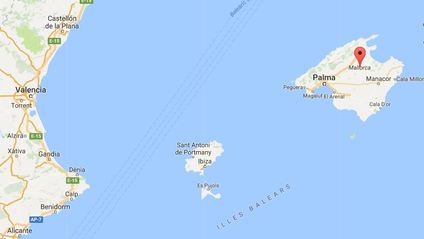 From my winter base camp perspective, gazing-out the window from the third floor of an old brownstone on the Bismarckstrassa in Hamburg, Germany, it has been easy for my mind to slip comfortably into day-dreams framed by relatively nearby places where a motivated cyclist could, sensibly, spend part of the winter. I recall being afflicted by these dreamscapes shortly after I arrived to Hamburg for the first time, in September 2015. However, foremost in this evolution of an idea were days spent wandering on my Giant TCR Composite 1.0 road bike through the picturesque countryside of northern Germany. Despite this early contemplation, crystallization and the courage to go where I had not gone myself, despite an obvious and well beaten path pioneered by countless European cyclists, did not make it's debut until part-way through my second and most recent stint in Deutschland. From that point, however, my arrival at a 17th century doorstep in the modest, remote, and generally sleepy, retirement village of Santa Margalida, on the island of Mallorca, Spain, moved along with some haste; and in hindsight I anticipate 'no regrets' forthcoming, only very special memories to celebrate and inspire. After nearly five months residing in a city known to Charlemagne, "King of the Franks from 768, King of the Lombards from 774 and Emperor of the Romans from 800" (Wikipedia), I boarded a local air-carrier on 3 February, 2017; from Hamburg, a few hours later, I landed in Mallorca or Majorca. Spelling preference aside, shortly after arriving I picked-up a scheduled rental car which I rarely used but nevertheless retained for the entire month of February for less than 100 Euro, no doubt one of the benefits of visiting the Mediterranean island, located about 320 kilometers (ca. 200 miles) east of Valencia on the Spanish mainland, during a month when the majority of European cyclists felt the island was too cool and too wet for their pleasure. Regarding those goose bumps and wet fannies, respectively, I'd conclude, in contrast, that I suffered almost not throughout my stay, from cold, or wet, conditions. Much more prominent was the wind, an atmospheric disturbance reliably detected any month of the year on Mallorca. But that too was easily forgotten, on most days, a few notables withstanding, and thus certainly not an omnipresent deductible that had to be factored out of my otherwise unfettered, often gleeful, cycling happiness. Thanks to modern conveniences, namely a cell phone paired with a carrier (O2) providing EU-wide access to the internet with a whopping 7 GB of data for just 40 Euro a month (when I returned to Germany they dropped the monthly rate to just 20 Euro), navigational and other challenges I encountered in Spain were easily overcome in the usual way, tapping and sliding across the various made-for-smart-phone interfaces. Those conveniences allowed me to quickly locate my home for the next month in Santa Margalida which I booked through AirBnB for about 1200 Euro all inclusive (ca. 1350 USD, 25 nights). Here's the link to the property which I would recommend without any hesitation, the property and the managers, including the home owner, were fabulous. Below I've shared a few photos of the property including the view from the 3rd-floor rooftop sitting and dining area. Keep in mind, if you contact Mateu (owner) and Natalie (property manager) about renting this property, that the rate I received was off-season. You may have to pay more per night to rent the Galileo House but the conveniences (location) and experiences (the village and the house) will easily make-up for the cost. The morning following my arrival, 4 February, training officially began for what would be, and only the universe knew then and now, my 2017 season as a amateur, endurance mountain bike, racer and athlete. Armed with a route I'd built using software familiar to me from my European Tour in October 2016, ridewithgps.com, and my Garmin eTrex GPS, I rolled downhill from the Galileo House into wonderland. By the way, I nicknamed the house after Galileo because the structure was built in the 17th century, the century when Galileo published his best known contributions to Science, such as The Assayer (1623). As I rode into the countryside on a typical, mostly sunny, comfortable, no doubt breezy (can't recall) day I mentally pinched myself several times to ensure that I was in fact not daydreaming and still somewhere far to the north in the German countryside. What lay before me was a place with similarities to other places I'd visited but it was still a picture of it's own. Dominated by limestone bedrock that was formed during the Cretaceous when most of central Europe was under a warm, tropical, inland sea, that same limestone remains prominent in all of the architecture noteworthy on the island, including walls, houses, churches, etc. It also dominates the sites between, from stony fields to remnant crags of a foregone continues layer of stone that was once a soft, gooey mud, at the bottom of a nearly forgotten sea (by all but a few geologists and curiosity seekers like myself). The only exceptions to this limestone predominance were formations, granitic and metamorphic types, that I encountered in the Tramuntana Mountains. The Tramuntana present a towering northeast-southwest trending series of summits and valleys that stretch the full length of the island, from Palma to Cap de Formentor. Most of the island is below those mountains and consists of a gently rolling landscape. On the valley floors within and below the mountains, agriculture including potato crops and other vegetables in the lowland valleys and mostly (it seemed) olive production up high are the norm including extensive orchards arranged on ancient terraced slopes. Citrus down low was also common as was much more than I was able to identify whilst whizzing past on my bicycle saddle. Fortunately, each week I visited the local, Santa Margalida, market, a few blocks from the Galileo House, I discovered the full extent of food types that were grown or raised on the island. And for just a few Euro, I struggled to haul all that my eyes desired, it seemed, back to the Galileo House. On my first ride (4 February) I quickly arrived at the village of Muro, about seven kilometers from Santa Margalida. Later on I'd find my way, by chance or planning, to many more of these seemingly ancient towns peppered everywhere on the lowlands, well spaced and defined by agricultural lands. The many images below hopefully capture the feel and the age of these communities. I was often distracted as I rolled through each one, several of them many times over the month I resided on the island, enough so that it was not unusual to miss a turn and then decide to, or not, forge ahead into a new piece of what seemed like my own, private, and splendid cycling infrastructure over the initial 2-3 weeks that I was on the island. After that initial period, it became clear that many more cyclists were arriving each day and by March the island might be accommodating more bikes than cars, something that the locals claimed was true at the peak of the tourist season on the island, a tourist season obviously dominated by cyclists. So-much-so that some hotels on the island hosted not just one, but two fully stocked bike shops! Long ago I discovered that anything is possible in wonderland, nonetheless that little detail, bike shops integrated into hotels, still sends me into the depths of my childhood with all of the naive satisfaction that the description implies. From this point twenty-six days vanished but not without delivering more adventures than any other 26 day period in my life. Whether I was training in the lowlands, below the mountains, or navigating above views of the Mediterranean Sea, partially concealed by peaks rising to as high as 1445 meters (ca. 4740 feet), Puig Major, I was always stitched into a reality that inspired me to consider, almost exclusively, the good parts of life including adventures that I might otherwise have not considered but were now firmly entrenched in my day-to-day dreamscape. Before I reluctantly departed the island, along with my girlfriend, Clarissa Knorr, I exercised my body and my Giant TCR Comp 1 a distance covering 1896 kilometers (1178 miles). My biggest week was 655 kilometers (407 miles); my biggest ride was just over 324 kilometers (201.5 miles) including 4681 meters (15,358 feet) of elevation gain (that was a personal record by the way, distance and climbing). From the perspective of a cyclist opening-up their season of training and racing, Mallorca couldn't be much better, no doubt it is one of the very best options for so-called "spring" training in Europe. Whatever is needed, as far as terrain, flats, short and long climbs, etc, the island delivers in bountiful diversity. And for those travelers that are primarily interested in culture, history, and a slower pace, the island also delivers in copious portions, including tombs that date back to the 7th-century BCE. For sure, anyone that makes their way to this splendid little Spanish island will come away glad that they gave way to the wanderlust inside them. A Cycling Tour Through Seven European Countries ... 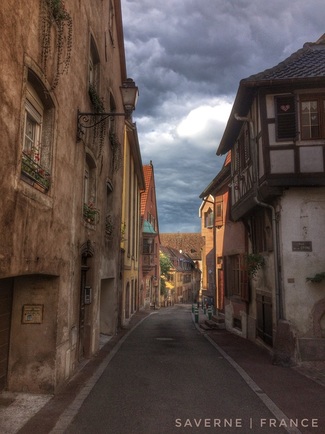 Saverne dans le département de la bas-rhin, France. Saverne dans le département de la bas-rhin, France. On 5 October 2016, with a notable reluctance relative to my previous adventures into the unknown, I departed my winter home in Hamburg, Germany, first south to the Elbe Tunnel and then, from the south bank of the Elbe River, west towards the Netherlands. I was anticipating about 10-16 days of light touring on my Niner Bikes RLT 9 Steel gravel bike. Along the way, I planned, using GPS maps and other digital tools, to explore six (not seven) countries. Four would be firsts for my modest country life-list: Netherlands; Belgium; Luxembourg; and the Czech Republic. And many of the regions in formerly experienced countries, France and Germany, would also be new, such as the département de moselle in northeast France. Sixteen days later, with 1534 miles (2454 km) in my legs and 122 bicycle touring hours in my body, I returned to Hamburg via the celebrated Elbe River Bike Path with a life's worth of experiences from a cycle tour of seven countries including Switzerland. In a suite of day-by-day blog entries, 16 in total, including maps for visualizing the routes I took through the various countries, I will soon publish totally revised, expanded and revisited text previously posted to Facebook as the trip was unfolding. The upcoming blog version of my experiences on a tour of seven countries will offer a more detailed recollection whilst taking care not to depreciate the moment-by-moment expression of my original Facebook posts. Here's a sneak preview, the first day of the tour, Europe Tour | Autumn 2016 | Day 1. Days 2-16 will be published and made available soon at Andre Breton Racing Dot Com ... Update: As of late December 2016 all 16 days have been updated and posted to my blog page, scroll down this page to view each entry. 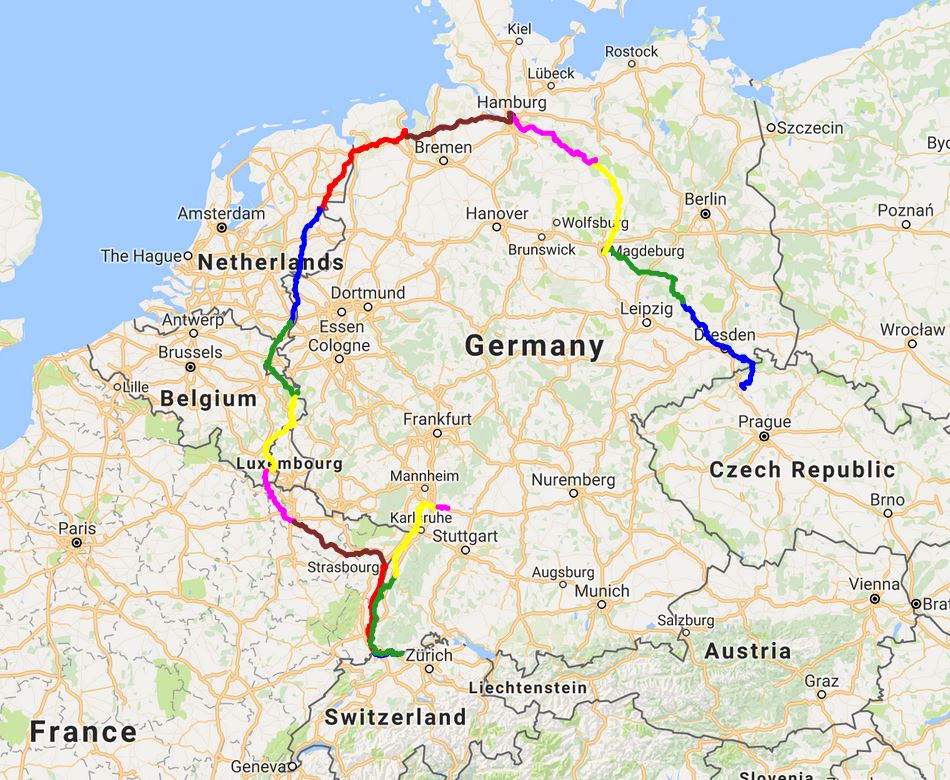 A cycling tour of seven countries in sixteen days (5-20 Oct 2016) riding counterclockwise from Hamburg, Germany. Over the sixteen days I rode 1534 miles (2454 km), 96 miles (153 km) per day on average. The shortest day was the day I set-off by train for Dresden and, last train, the Czech Republic, two short rides totaling just 16.22 miles (26 km). Total time cycle touring, including grocery stops, 122 hours. My longest day was 9 hrs 57 minutes, I pedaled 128 miles (205 km) that day, it was the tenth day of my trip. With one exception, colored lines on the map represent a day of riding. Day 1, for example, is the brown line extending west out of Hamburg. The exception is Day 12, when I completed two short rides to (pink line) / from (line not visible in this image) train stations in Sinsheim, Germany, and Ústí nad Labum, Czech Republic, respectively. One More Race Across the Sky ... 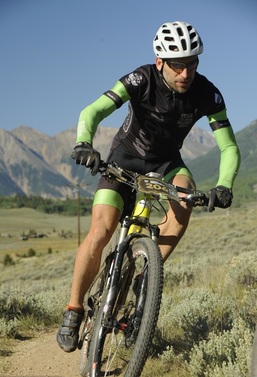 Photo courtesy of the Leadville Race Series. Photo courtesy of the Leadville Race Series. On 4 and 9 July 2016, I competed in back-to-back fifty mile (80 km), high elevation, endurance mountain bike races, the Firecracker and Silver Rush 50s. I was disappointed by my result at the first event but despite only four days to recover, I was excited about my finish at the Silver Rush. On 24 July, I completed my July racing calendar with an exciting second place overall finish on my Niner Bikes Jet 9 RDO at 40 in The Fort, a difficult 40-mile endurance race hosted by the Overland Mountain Bike Club in Fort Collins, Colorado. You can read more about these events, and my thoughts leading-up to them, here at Andre Breton Racing Dot Com. In a soon-to-be-released blog entry, One More Race Across the Sky, I'll be writing about the last race on my 2016 calendar, the Leadville Trail 100. Writing retrospectively, many weeks after the event from my winter base-camp in Hamburg, Germany, in this forthcoming post I'll be reflecting on my thoughts and experiences preparing for, and then racing in, one more, perhaps my last, Race Across The Sky. On 13 August 2016, after 7 hrs, 58 minutes, and 59 seconds of racing, I crossed the finish line on Harrison Avenue in Leadville, Colorado, on my Niner Bikes Air 9 RDO for the fourth time in four years. The sub-eight hour finish, something I attempted but failed to achieve in 2015, was my best finish to date in the Leadville 100: 68th/1800 overall, 18th/523 among age 40-49 men. I finished just 15 minutes off the age 40-49 male podium. But palmarès reveal only a small part of a much bigger story. When, just before I crossed the finish line, I raised my arms and formed a deep, penetrating, mind and body smile across my face I was reflecting on a monumental journey ... a treasure trove of highs, lows, and lessons learned ... and expressing my gratitude for all of the events and relationships that made that journey possible. I attempt to share some of my thoughts about this bigger journey in One More Race Across the Sky ... coming soon. Today's Route: https://www.strava.com/activities/750525683 At about 10 am, following a few last minute work commitments, I departed my German winter residence at 77 Bismarckstraße in Eimsbüttel Quarter, Hamburg, on a journey that concluded today, at the same location, 16 days later. A journey indeed, an adventure for my mind, body, and soul, nourishment that I anticipate will have many beneficial effects including a slowing of time.
I hardly know where to begin now that I'm on a familiar couch, in a familiar living room, the sounds outside of children playing at a local school and the many birds above the canal, all familiar too. But I am here, now, so begin I must, and in a moment, anew. Sometimes it helps to start with the simplest tasks, so I've taken a hot shower, clipped my nails, and eaten, somewhat ravenously, locally made falafel. But not too much because Clarissa and I will have a nice dinner together this evening! At home, with tea and laughter for desert. I think our coming back together will be the best so far, and we've already had some wonderful reunions. After uploading all of my rides to Training Peaks, I can provide an accurate recount of average distances, etc, from the tour of seven countries: In 16 days, I covered 1,534 miles (2454 km), 96 miles (153 km) per day on average. The shortest day was the day I set-off by train for Dresden and, last train, the Czech Republic, two short rides totaling just 16.22 miles (26 km). Total time cycle touring, including grocery stops, 122 hours. My longest day was 9 hrs 57 minutes, I pedaled 128 miles (205 km) that day, it was the tenth day of my tour. My weight before and after the trip: 71.2 kilos (157 lbs) and 69.2 kilos (152.5), respectively. Svelt. In a moment, I anticipate a reunion with my roommate and girlfriend and, sensibly, I want to start without an iPhone attached to my hand! But before I go, I want to thank ALL of my friends, sincerely, a big cyber hug and a kiss on both cheeks, for following my most recent adventure. Looking ahead, I have ideas for the future, something very big perhaps, much bigger than my 16 day tour, so be sure to check back with Andre Breton Racing Dot Com from time-to-time. Meanwhile, I send you best wishes, including tours of your own, and good health from Hamburg, where "Emperor Charlemagne ordered [a castle] constructed in CE 808." Today's Route: https://www.strava.com/activities/749933875 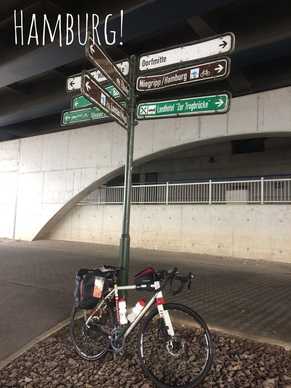 As I rolled along the river in Magdeburg this morning on the Elbe bike-way, I was treated to fall colors, sunshine, and an impressive, towering back-drop, above the trees. The back-drop comprised architecture from bygone days including what the German's refer to as Magdeburger Dom. In English, the church is known officially as the Cathedral of Saints Catherine and Maurice. Construction began in 1209 and concluded a mere 300 years later! It's the oldest Gothic-style church in Deutschland. A church with an exceptional history withstanding, the scene from the left bank of the Elbe on a sunny Autumn day is well worth a visit to Magdeburg and I suspect that many other parts of the city would inspire similar fascination. For the horse-lovers among you, if you find yourself in Magdeburg don't miss the Magdeburger Reiter dating from 1240 CE, it is "the first equestrian statue [erected] north of the Alps." Unlike the previous two mornings, one involving a hangover and the next a body that demanded more rest and got it, this morning went as planned: out of bed about seven, coffee before breakfast, followed by coffee with breakfast at 7:30. I also had enough leftover bread, etc, to make two sandwiches for the road packed with locally-grown German apples. Not to take advantage of an already generous deal, I offered Inge and her husband another five euro for the on-the-go lunch and they obliged. On the way to the river from Inge's splendid AirBnB, I discovered my first mechanical issue of the trip, a lose tire valve, easily repaired once I was able to find someone that would loan me some form of plier. A city crew cutting and chipping tree limbs along the road had what I needed. Shortly after a friendly chat with the keepers of the city vicegrips, I experienced my second crash in fifteen days when I foolishly caught my front tire between widely spaced cobble stones. Fortunately, there was no harm done to bike or rider. I rode on whilst enjoying a chat with a local commuter named Thomas before I cleared the city limits. The weather was promising from the start, other than a few rather wet looking, scandalous clouds, here and there. Promising aside, there was a fairly strong wind coming from the north and east, a sign, among others today, that I had returned to Northern Germany and the vicinity of Hamburg. But from my perspective, riding as I was under a mostly sunny sky, it was an easy task to focus on something other than an unexceptional disturbance in the troposphere. Among the 'other signs' that the second largest city in Germany was looming on the horizon, about mid-day I returned to trail markers that made the presence, the inevitability, of Hamburg known. Today's pedaling resulted in another 104 miles traveled on the trip, about 165 km covered in 7 hrs 14 minutes including stops. I've not had the opportunity to add up all the daily distances but my average must be close to 100 miles per day including the shortest day (day 12, just 16.22 miles), so roughly 1500 miles in 15 days, or 2400 km. Although they'll be skeptics, there was plenty of climbing too! From the Belgian Ardennes to Strasbourg across the south of France. Within the obscured visibility of those famous hills, I topped some memorably steep ascents, nearly vertical from the perspective of the rider at times. Germany, Netherlands, Belgium, Luxembourg, France, Switzerland, and the Czech Republic, not bad for a quick Autumn tour after a busy season of training and racing. Five of these countries, in bold font, were new for my life-time travel log. But much more than miles and places along the way, this trip was, for me, about proving to myself, a proof of concept, that I could get on my bike and ride to anywhere in Europe. It was also about pushing-out the edges of my comfort zone in my newest home, the continent of Europe and Northern Germany in particular. I discovered, as I have in many other instances in my life, that there really was nothing to be concerned about. Quite to the contrary, what I discovered out there in the great unknown, where I had no previous experience, was opportunity, excitement, and ideas for the future. Along the way, I also bagged an education worthy of many inspired (you'll have to search for those) university courses. It's been another fantastic and enviable day of touring on Niner Bikes RLT 9 Steel, a versatile, comfortable, and race-level performance bike on any surface. I really owe a big debt to the friends that led me to the purchase, assembled it, and educated me on the details including what bags to purchase. The workhorse on this trip were my Blackburn Universal Panniers, an unbelievable quality product. This Outpost top-tube bag from Blackburn Design was also exceptional. Short, Autumn, days and cool mornings, which often delayed my start to the day, led to another near-dark arrival to my lodging for the night, Karsten's AirBnB. in a remote German village known as Lenzen on Elbe River Cycle Route. I had some trouble locating the BnB but thanks to a helpful bartender and a friendly hotel clerk in the village I was able to access the internet and the confrimation details from Karsten. A hiccup in the AirBnB procedure, you can't access your reservation including the BnB address without internet access. At Lenzen, my cell phone was unable to connect to any cell phone network, the hotel wireless system saved me a ride out-n-back, in the dark, to at least the slightly larger village of Gartow, a village with an archeological history dating back to the stone age. Lenzen "was the scene of an early victory by the Germans over the Wends in 929. Frederick Count of Zollern [subsequently] confiscated [Lenzen] from the von Quitzow family in 1420 for their part in the uprising of the Wendish nobility, and mortgaged it to Otto von Blumenthal. He redeemed the mortgage and restored the von Quitzows in 1422." More recently, Lenzen found itself within the restricted zone east of the Soviet-controlled east German border, the Elbe in this part of Germany: As the cold war escalated and tensions rose, "in June 1952 ... numerous families, including businessmen, small tradesmen and farmers, were forcibly resettled from Lenzen within a few hours [by the soviet occupiers as a way to secure the border with West Germany]." Today Lenzen is nearly a ghost town, many of it's residences and shops in the tightly built town center are empty, some have even been abandoned. The town has not (unlike many other villages in the region) recovered from economic hardships previously experienced in Germany. According to my host, Karsten, you can acquire a building in downtown Lenzen for no cost. Of course, you'll incur a significant cost to recover the structural integrity of the property. Karsten's brother took advantage of property depreciation in the remote village when he purchased a unit a block off the main village road, which Karsten is now expertly renovating, and managing as an AirBnB. I enjoyed part of my evening with Karsten where we discussed, primarily, the history of Lenzen and our mutual passion for cycling! Before the night concluded, Karsten offered, and I accepted his offer, to ride part of the way towards Hamburg with me in the morning! As I inefficiently type on my iPhone 5 the time is steadily approaching mid-night. Time slows when we do what we love, and the time that we need for resting becomes even more nourishing. Tomorrow I anticipate that I'll arrive to Hamburg by five post meridiem, possibly earlier, though I will have to complete another 100+ mile day (160-200 km) to get there. I'm hoping the weather will be reasonable. Until tomorrow's conclusion, which will hopefully include my arrival to Hamburg, I bid you one last Guten Nacht on this Autumn tour of, turns-out, seven countries, not six as I had originally planned, from Lenzen, formerly part of the Old Hamburg-Berlin Post Road. Today's' Route: https://www.strava.com/activities/748630853 After sleeping through breakfast and subsequently receiving forgiveness for the second time in 24-hours from Wolfgang, the patient BnB owner, my day settled-into its usual routine, albeit a bit late, though not nearly as late as yesterday. Breakfast with all the coffee I could drink, four cups this morning, maybe more. My companions for the morning meal, a lovely German couple touring the local and regional history, were patient listeners as I rambled on and on, from one topic to the next. A lone traveler does become a bit of a liability at times.
Caffeine withstanding, I started the fourteenth day of the tour, in the 2,016th year of a widely anticipated but nonetheless absent lord, with a casual, exploratory, spin through the historic town ot Torgau. Foremost on my brief rendezvous with Torgau was the time that I spent alongside the 16th century Hartenstein castle, a castle that was likely constructed on the foundation of a 10th century stone castle ordered built by the Holy Roman Empire and a suspected wooden castle built centuries before by the Slavs, presently the "the largest Indo-European ethno-linguistic group in Europe." After my brief tour, I concluded with a moment of reflection overlooking the Elbe with my back to the grand wall of Hartenstein castle, a wall that countless, no doubt, senselessly died whilst defending or attacking. Despite the gravity of those losses, a moment later, respectfully, I had returned to my own here and now, a migration along the Elbe River Cycle Route towards Hamburg's populous and their brethren elsewhere in Northern Germany. As the photographs imply, cloudy with occasional rain, never heavy, and cool temps persisted well into the day. Late afternoon delivered moments of sunshine, seemingly "on cue" in historic Wittenberg, but otherwise here and there, apparently, at the whim of my Goddess, the ruler of the known Universe, Epona. My Epona is fickle but she is nevertheless a delight to worship, naughty but not overly so and always on the look-out for opportunities to exercise her Holy sense of humor. Cobble stones and classic European architecture from ages gone-by but not forgotten, were served-up large along the Collegienstraße and Schloßstraße in Wittenberg, Germany. Wittenberg is another example of places I've arrived to on this Autumn tour without anticipation. Although planning would no doubt reveal much more even to a constantly on-the-go traveler, an unanticipated introduction offers it's own suite of benefits. Famously, although it has been contested as being fiction rather than fact, Wittenberg is the place where "Martin Luther [supposedly] nailed his 95 themes to the door of the Schloss Kirche and [by doing] so heralded in the Protestant Reformation." I owe a debt of gratitude to my friend David Conlin for reminding me of this event in history; and for sharing the location of the blasphemous act, Wittenberg, a detail I never knew or copied-over somewhere amidst neurons allocated to my subconscious long ago. After my brief rendezvous with Wittenberg, I was once again on a country tour, navigating as I was across an agricultural and horticultural landscape with occasional wee villages and forest patches between. During this time I arrived at and crossed another ferry, bringing the total up to about six crossings for the tour including those that I can easily recall across the Weser, Meuse, Rhine, and now the Elbe. Despite long periods of time spent pedaling in the open spaces between population centers, a time-lapse of my entire tour would be an enviable and fascinating treasure to look back on. Perhaps advances in digital video and photography will provide travelers in the future with this Orwellian luxury at an affordable cost, images from the latest NASA mission to Jupiter suggests they will. I approached my next ici et maintenant after a fairly lengthy, perhaps an hour or more, tour of industrial mankind east of Magdeburg, on the bank opposite the main part of the city. But as with other less-than-satisfying moments from my life, persistence delivered in the form of another trip into Europe's middle ages. Of course, much of Magdeburg is modern, including tracks for hauling students, tourists, and locals (if you can find one) here and there. But nestled into the latest trends are obvious outliers from the past. Here is a peppering of sorts, a dash from the shaker, a small sample of the story: Magdeburg "was one of the most important medieval cities of Europe." If you know anything about the former Hanseatic League, then you won't be surprised to know that, given it's historical importance, that Magdeburg was " a notable member of the Hanseatic League [in the 13th century]." Reaching back farther, well before the Hanseatic League came to fruition, to the man that reorganized Europe half a millennium after the dissolution of Rome, "Charlemagne [founded the city] in 805 as Magadoburg, probably from Old High German magado for big, mighty and burga for fortress, the town was fortified in 919 by King Henry I the Fowler against the Magyars and Slavs." Regarding "the fowler", a avid hunter, Henry the 1st "is generally considered to be the founder and first king of the medieval German state, known then as East Francia ... a successor state of Charlemagne's empire and [a] precursor of the Holy Roman Empire." A bicycle can really bring you to some fabulously historic places; and along the way, to many, more subdued but equally enviable, places less trodden. Cycling aside, I'm once again impressed, as I have been at the conclusion of each blog entry, by the history that was revealed to me from even the superficial details provided by the open-source encyclopedia, wikipedia.org. As I did for OpenFietsMap, I made a donation to the Wikimedia Foundation when I returned to Hamburg. I've really enjoyed assembling a small part of the story of some of the places that I've visited on the tour. Returning to the here and now, it's my impression that an evening at "the cottage", two nights ago, continues to exact a toll my critical body systems (most of them). For this reason, my trajectory towards the north and Hamburg today was certainly not at a fast pace even for a relatively heavy bike and tired legs. With all of that in mind, I really should get some rest! I'll hope to finish much earlier tomorrow so that I can ramble on (perhaps while humming the popular Led Zeppelin song) with my usual ad Libitum modus operandi. Guten Nacht from Inge's AirBnB, clean, spacious, and friendly, and for just 49$ including breakfast. You'll arrive and depart smiling if you decide to visit Inge and her husband in Magdeburg, a city where "Matthias Flacius and his companions wrote their anti-Catholic pamphlets and the Magdeburg Centuries, in which they argued that the Roman Catholic Church had become the kingdom of the Antichrist." Strange, I thought Barack Obama (a non-Catholic) was the antichrist, perhaps the nit-wits that have popularized this claim in the United States would benefit by a history refresher. No doubt, along the way, they'll find many suspected antichrists, each one a scapegoat for a despised adversary. |
�
André BretonAdventure Guide, Mentor, Lifestyle Coach, Consultant, Endurance Athlete Categories
All
Archives
March 2021
|
Quick Links |
© COPYRIGHT 2021. ALL RIGHTS RESERVED.
|

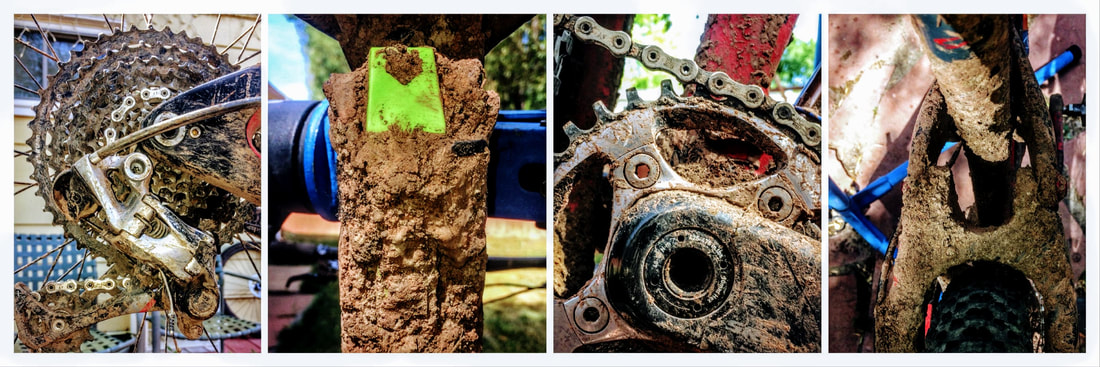
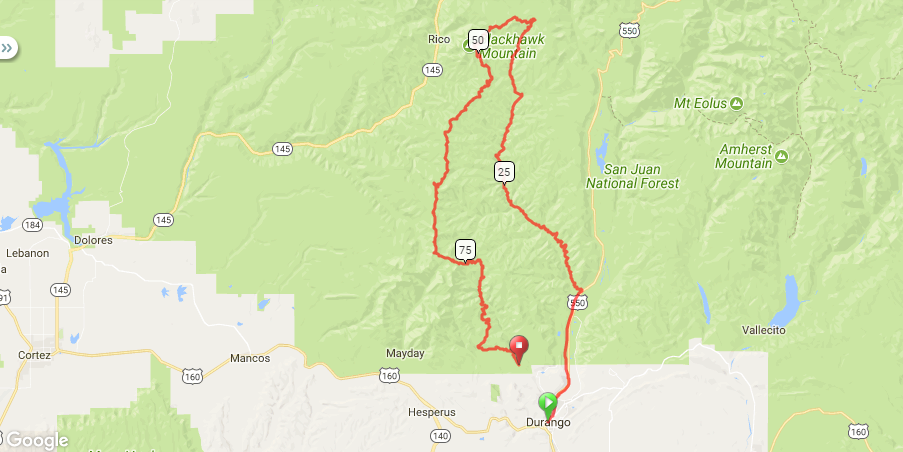

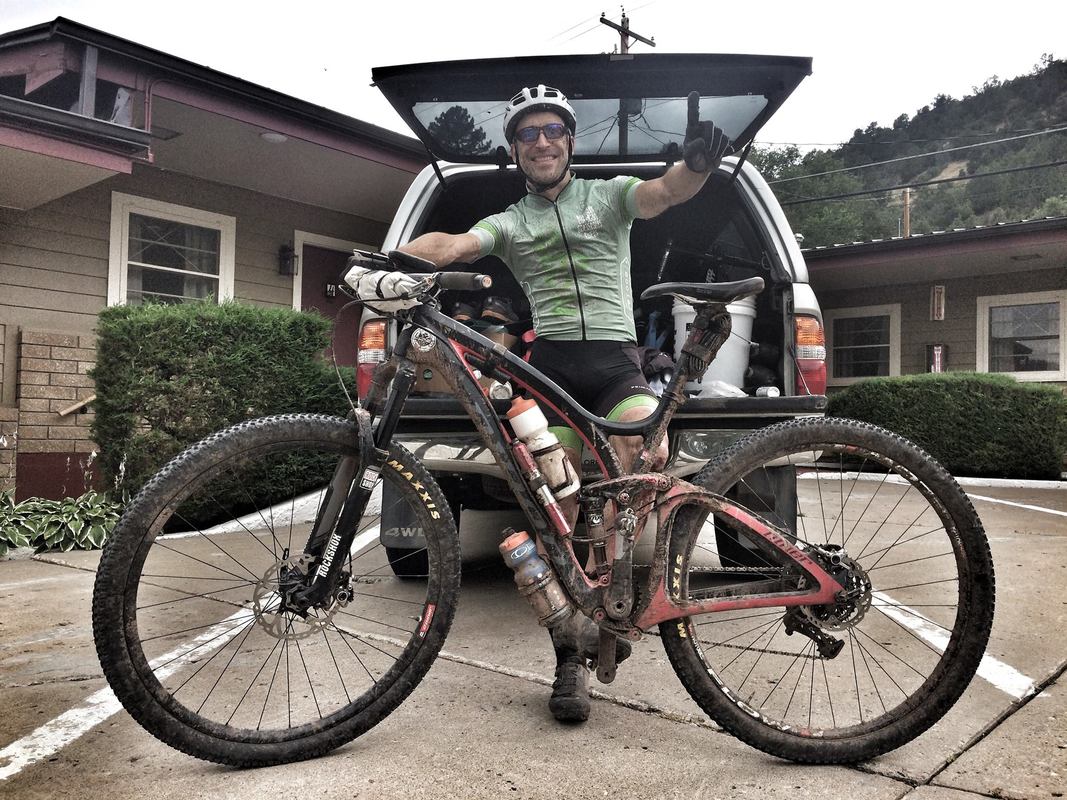
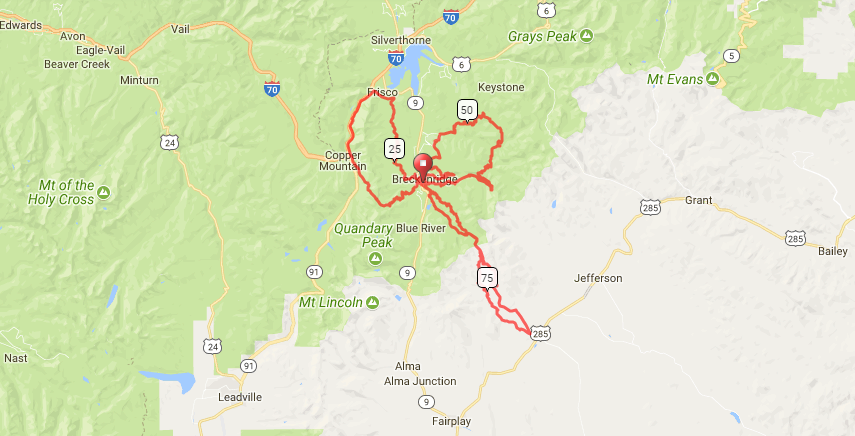

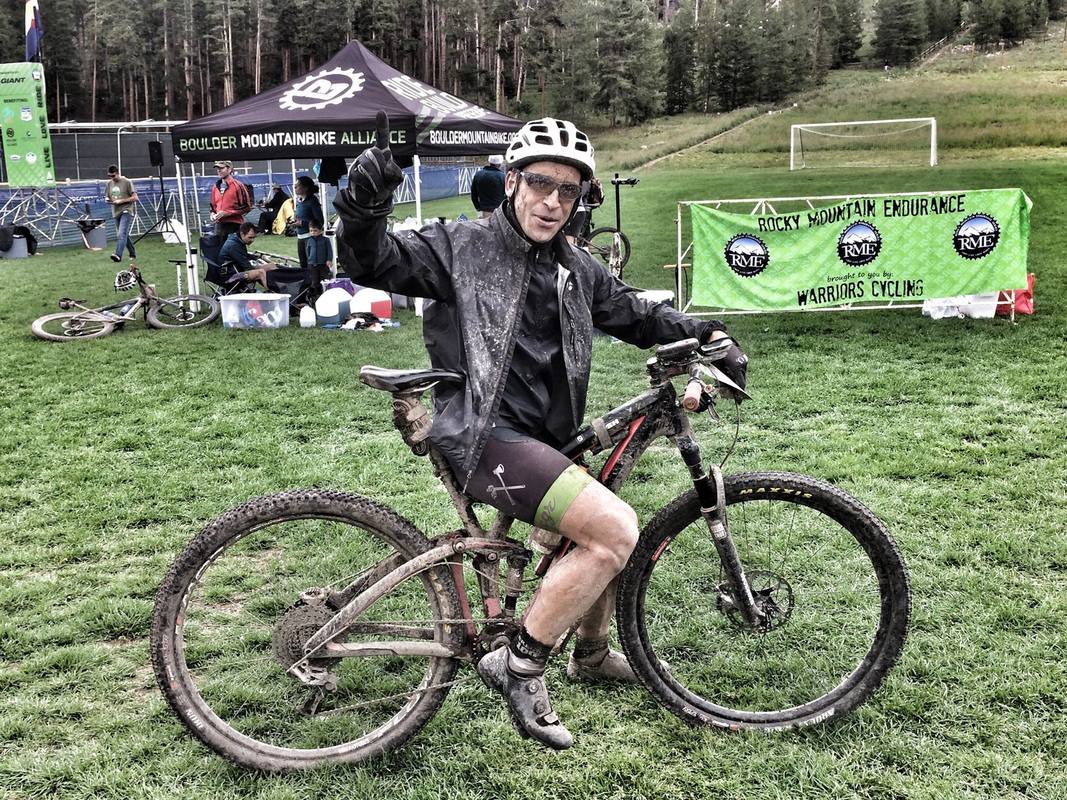
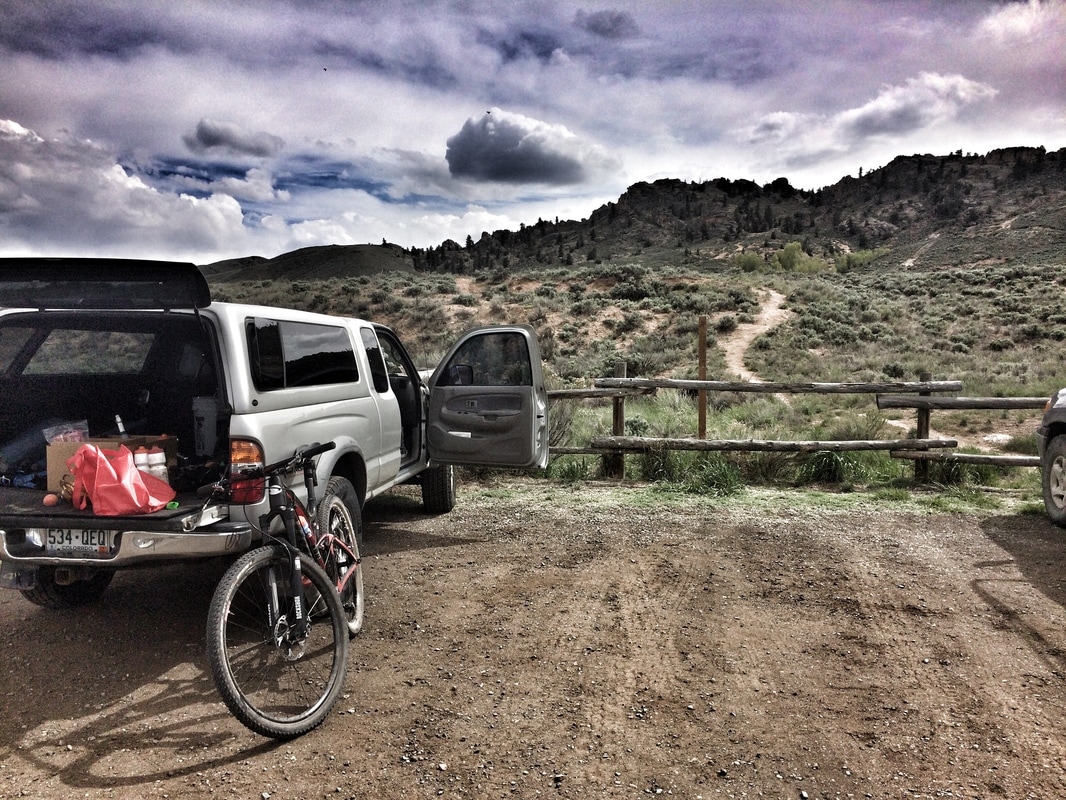

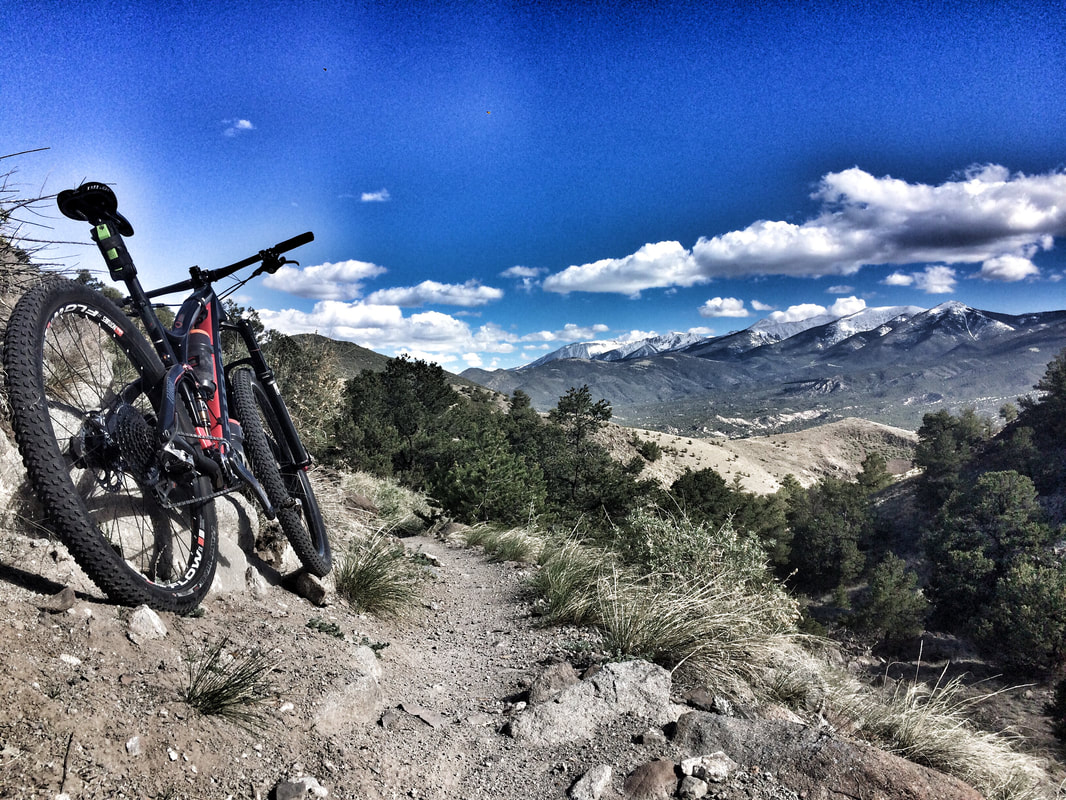


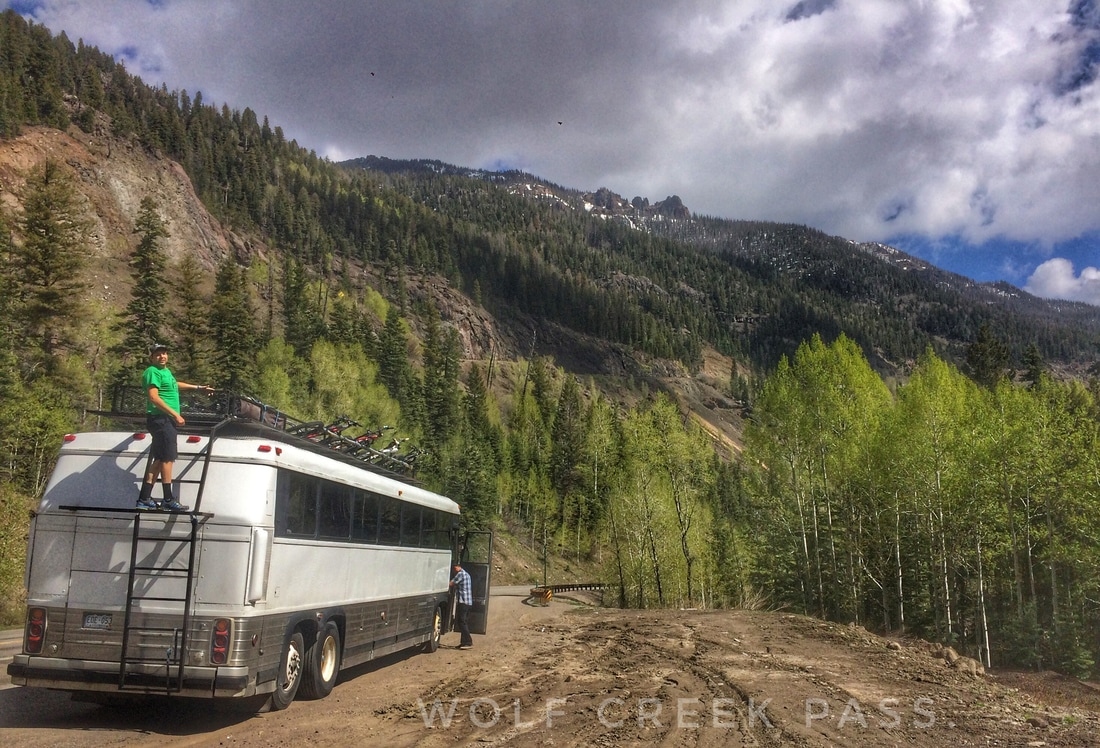
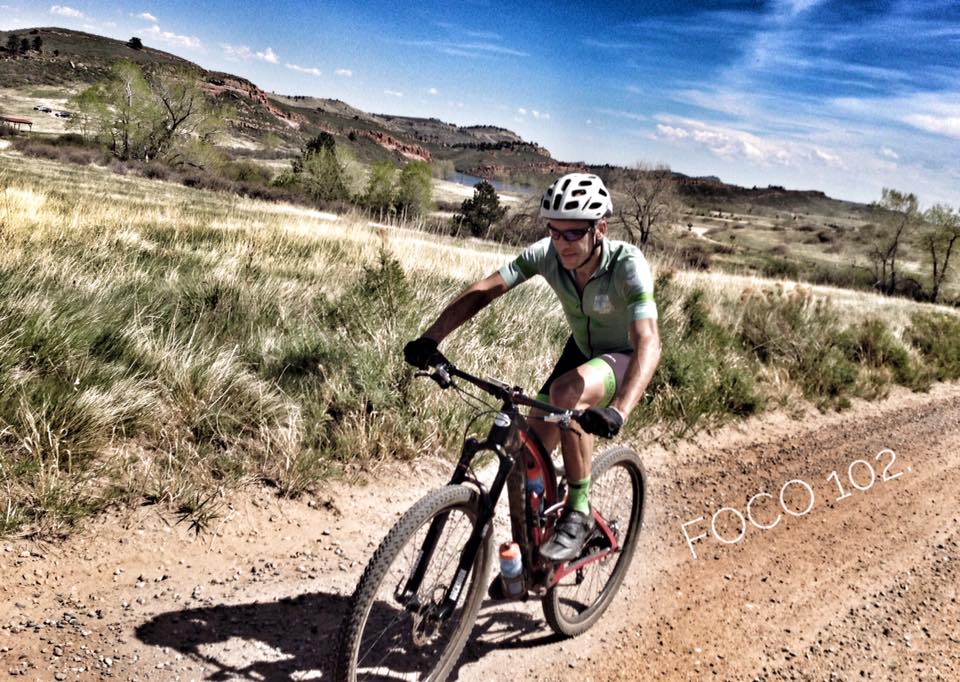
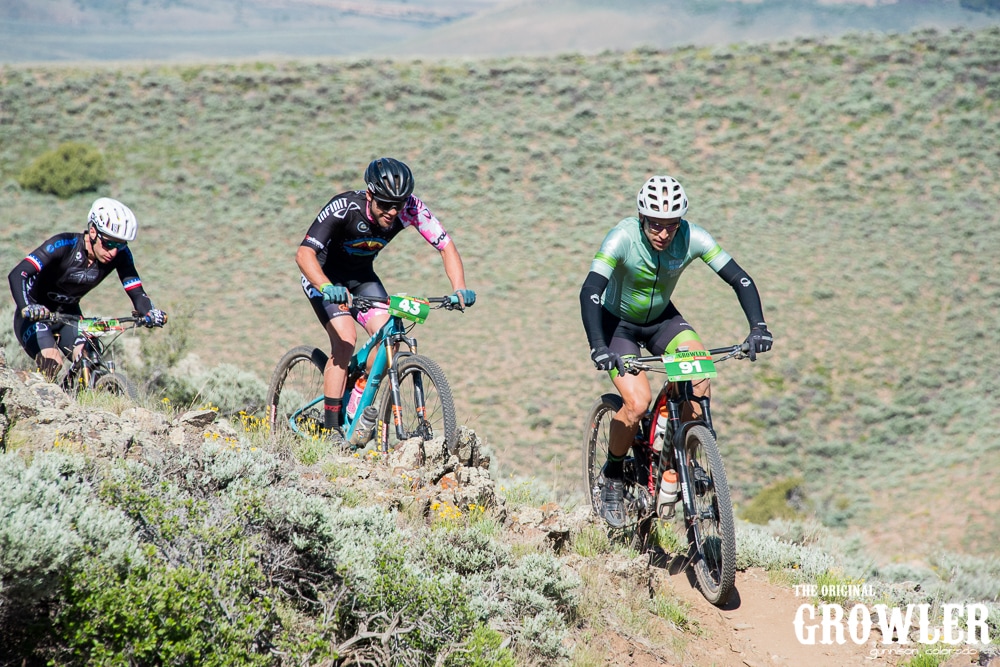
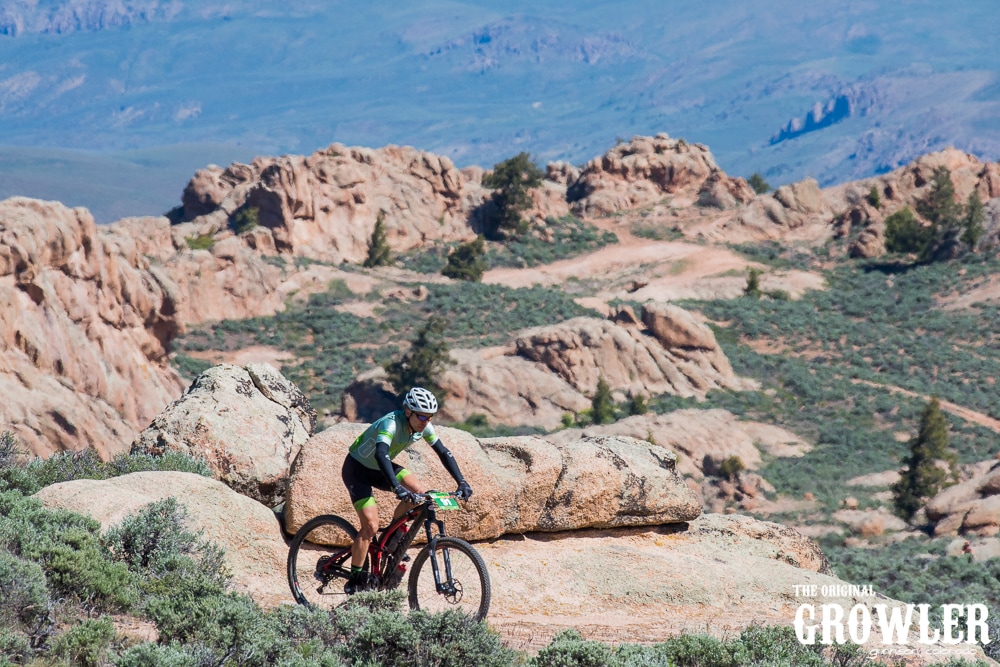
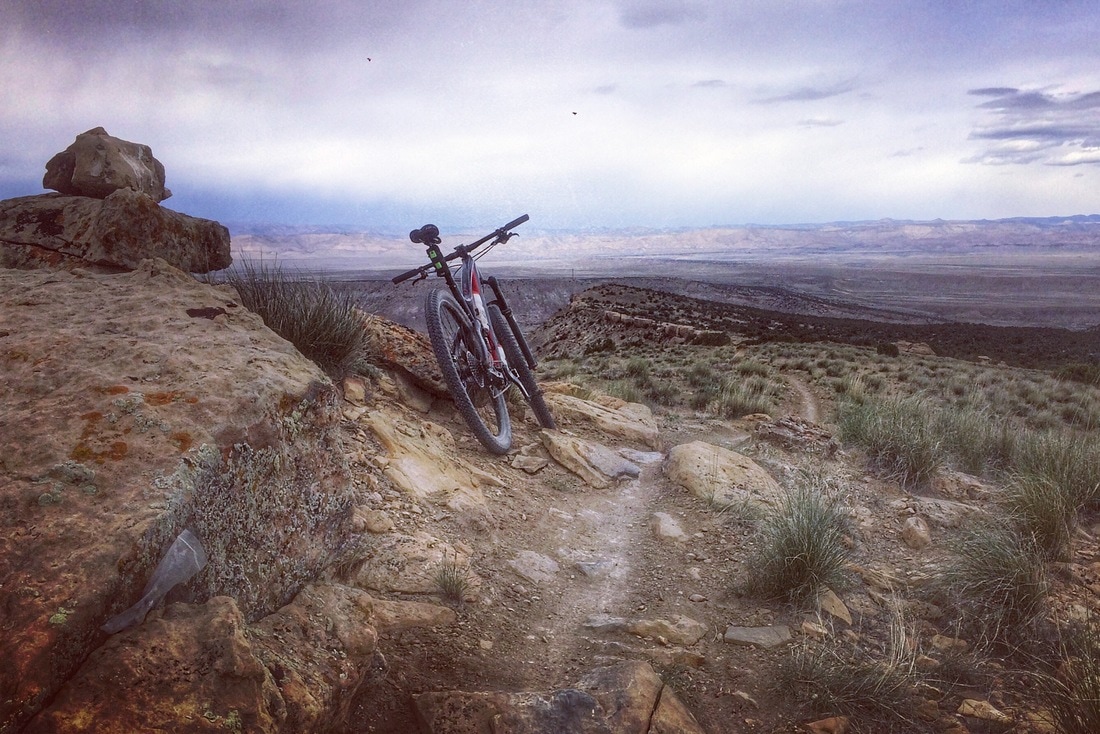
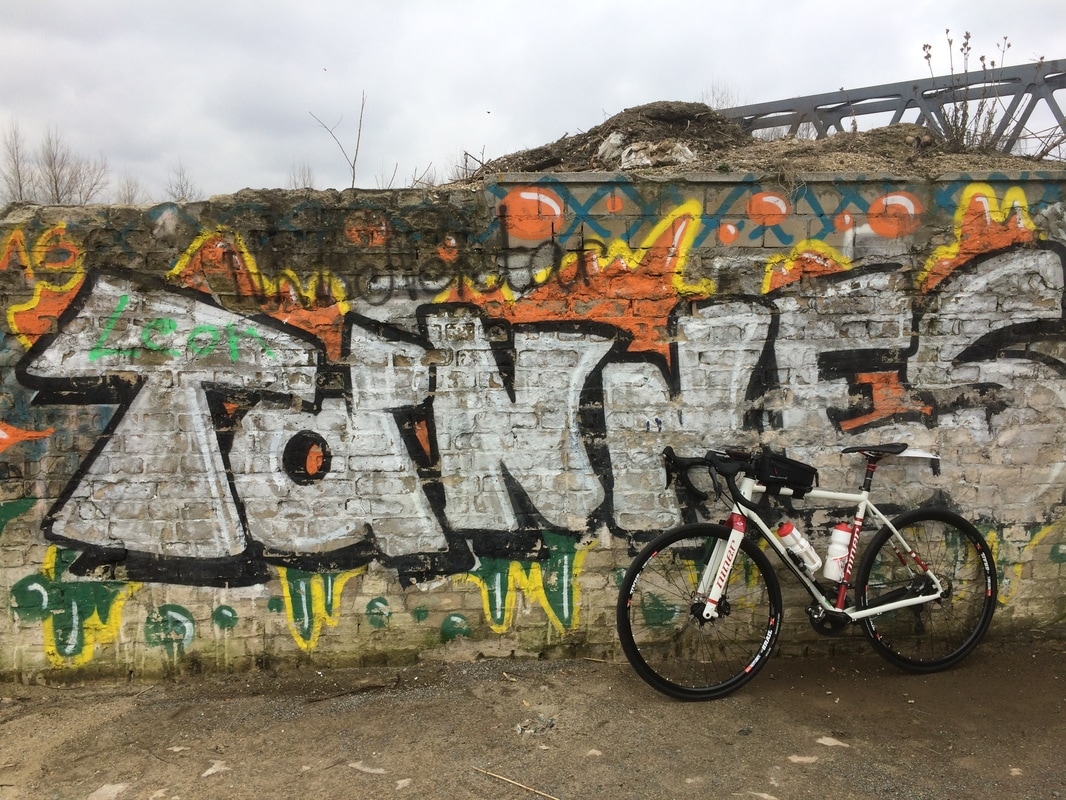
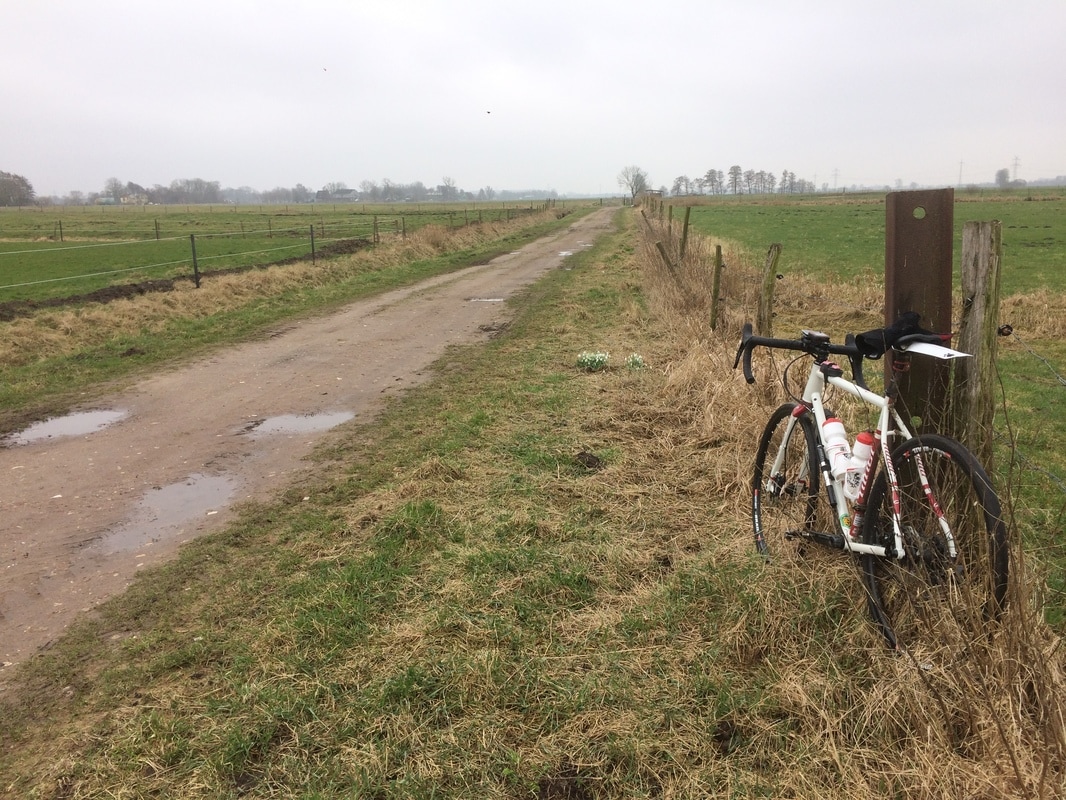
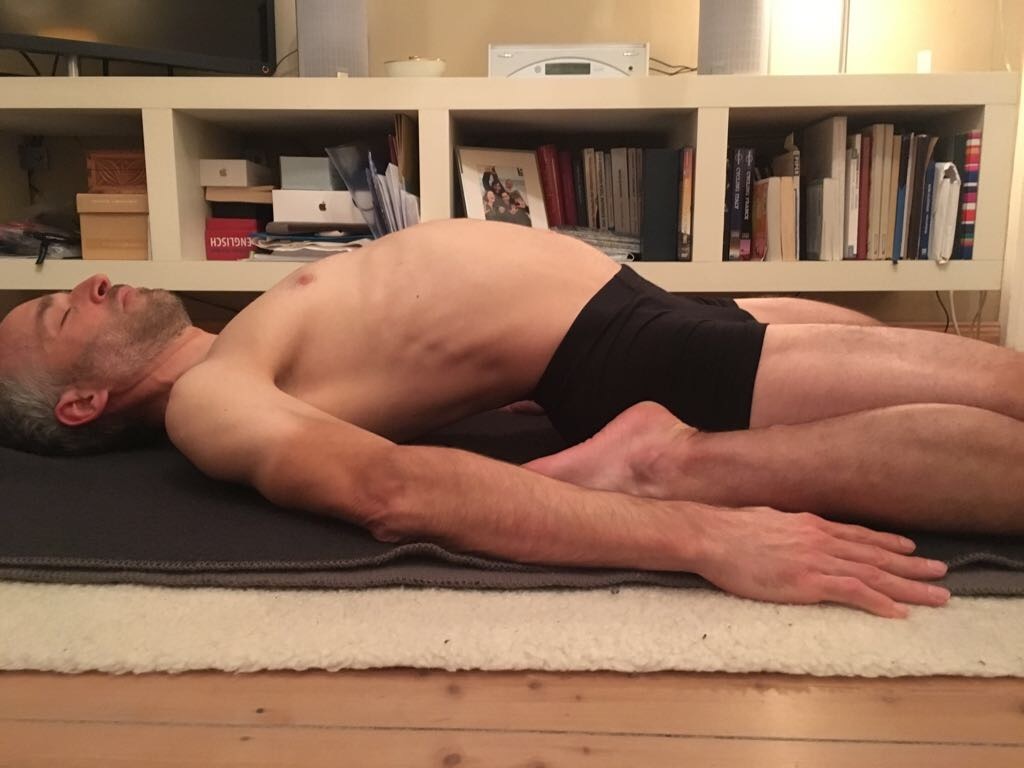
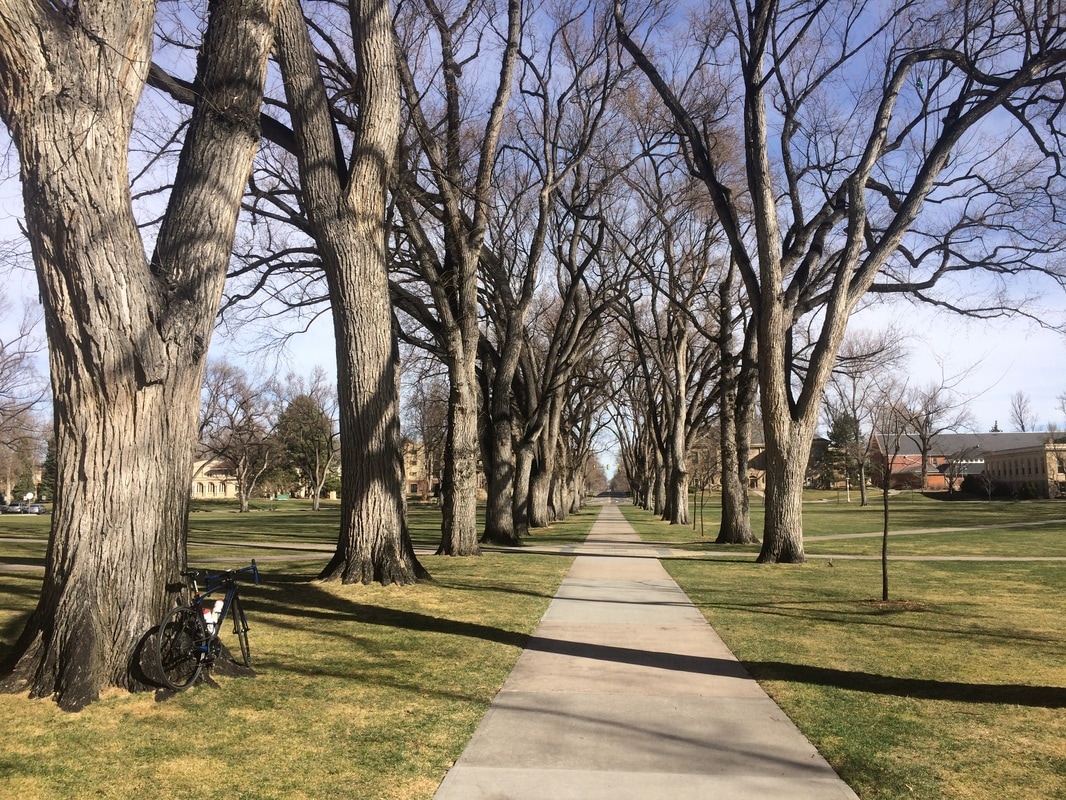
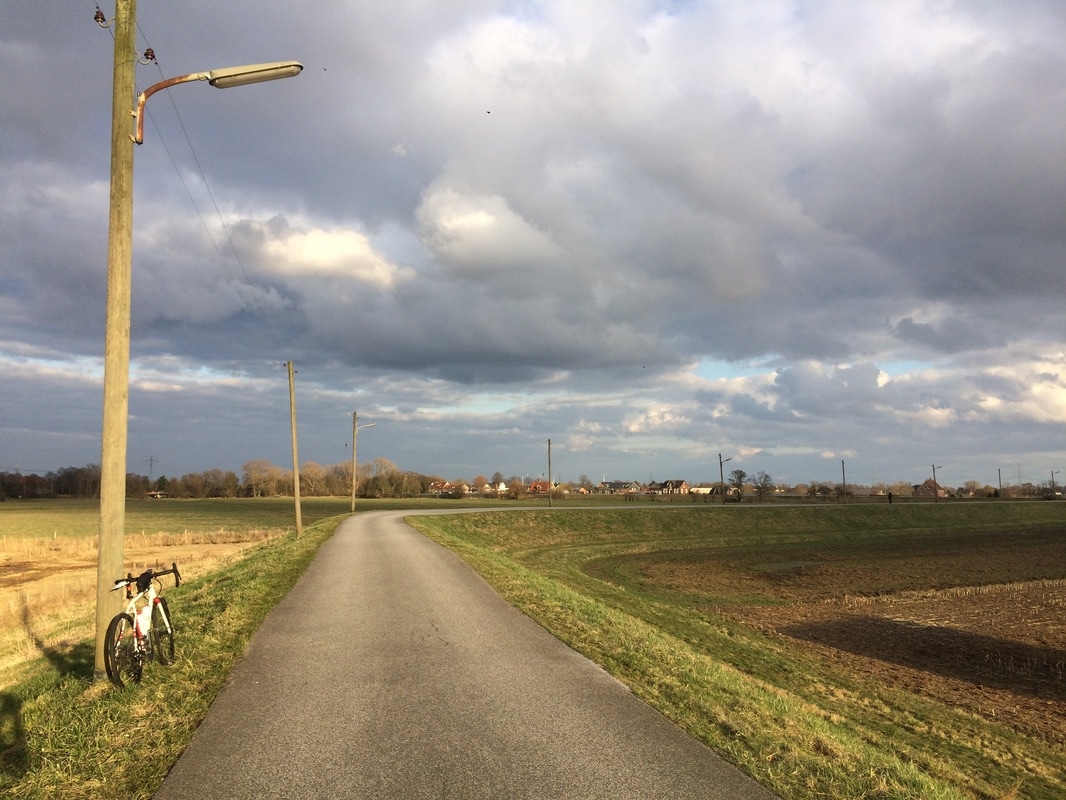
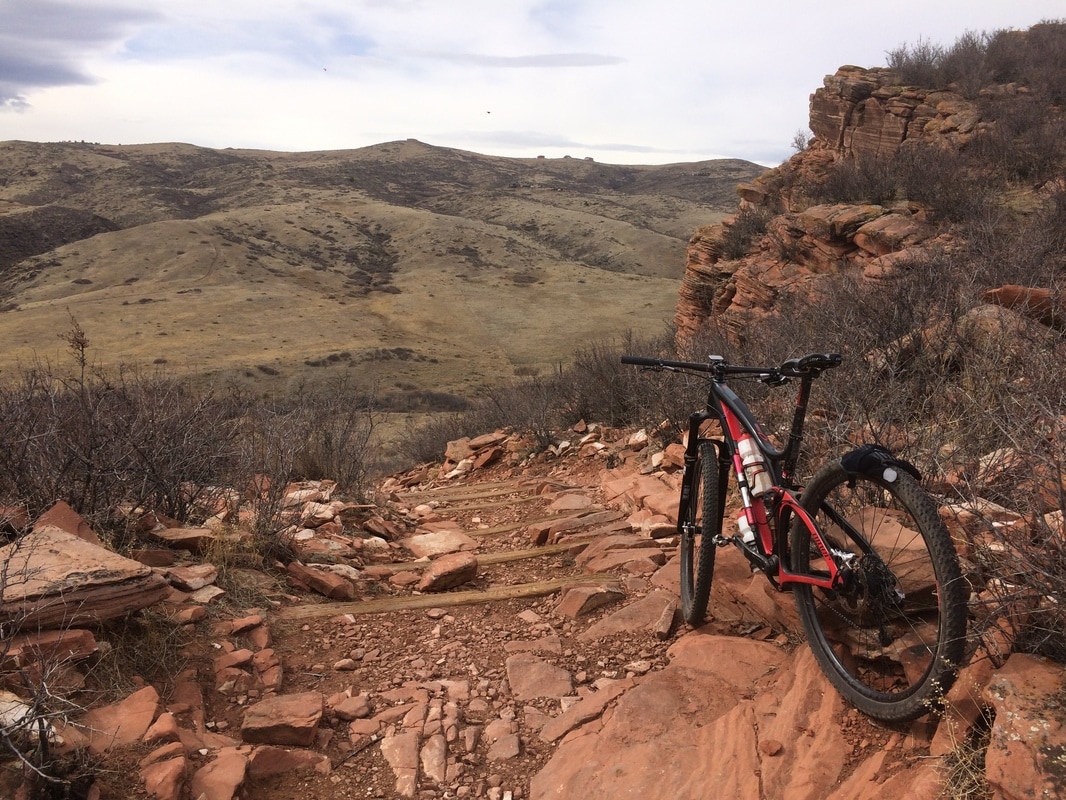
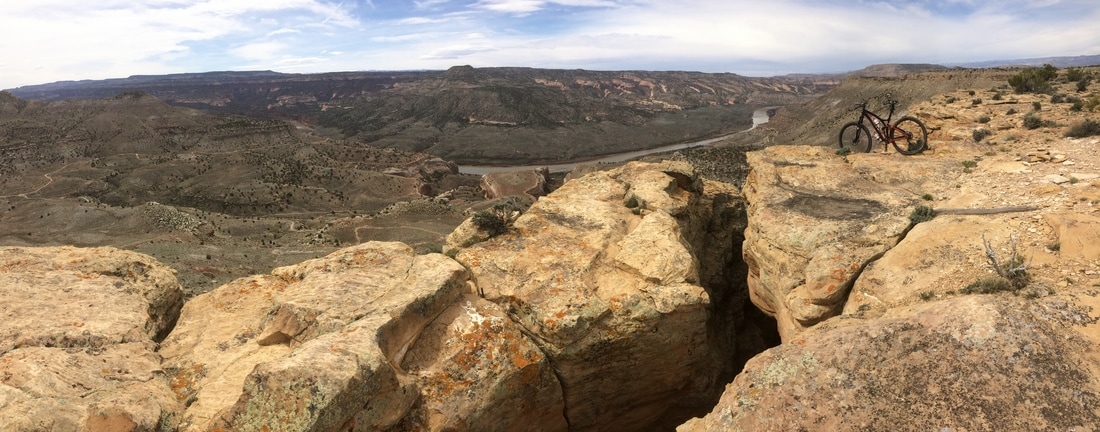
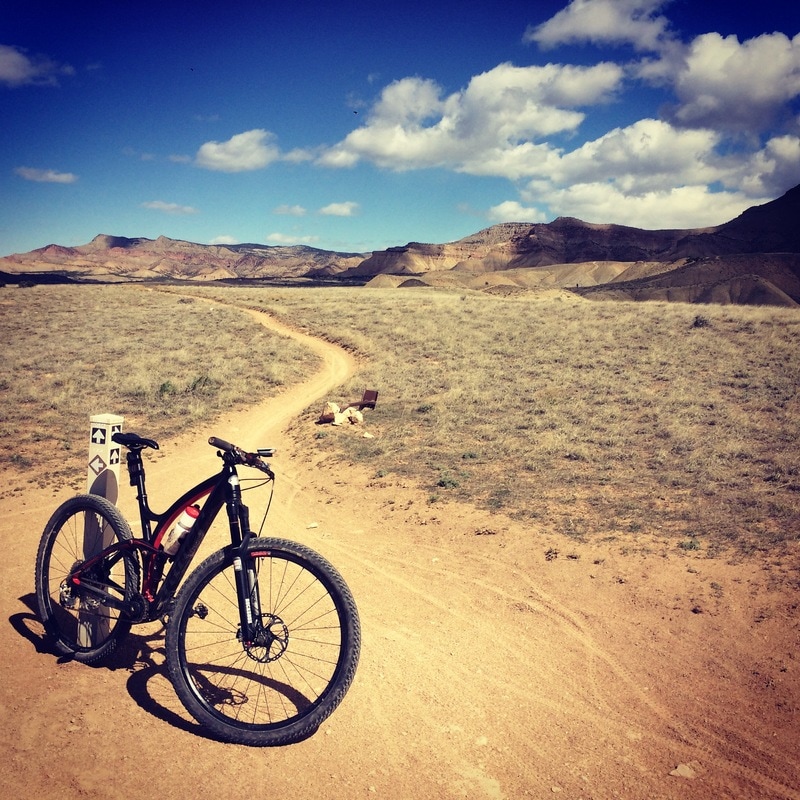
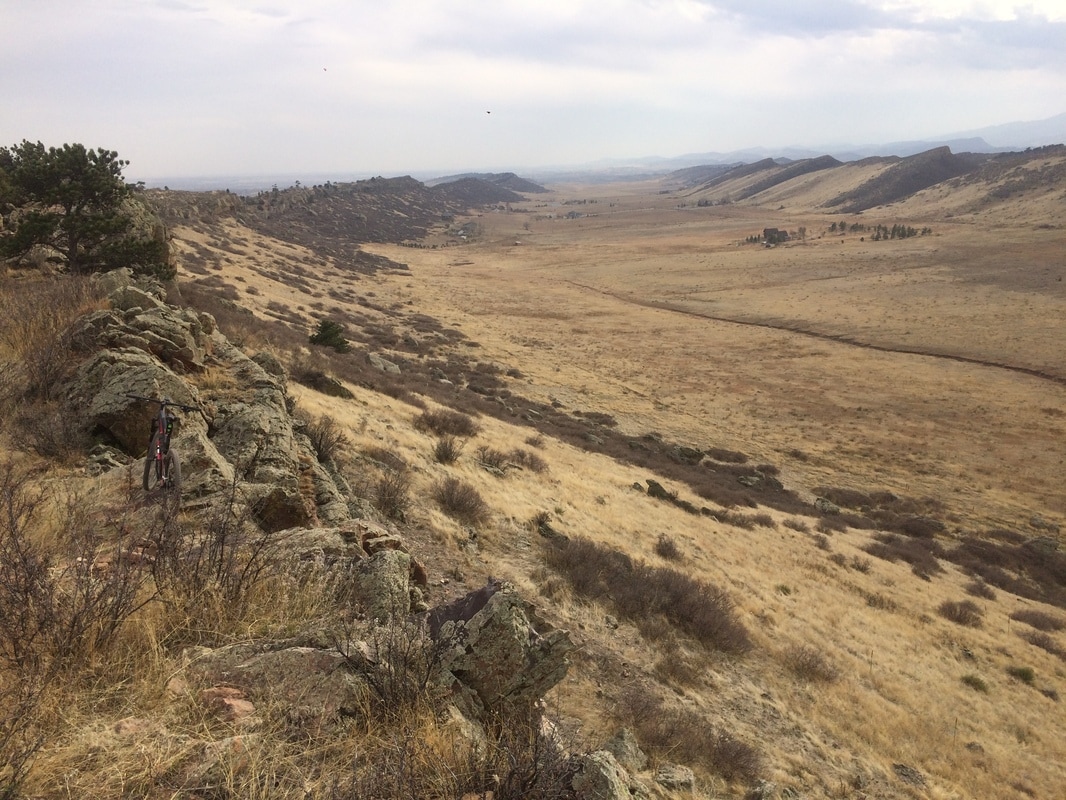
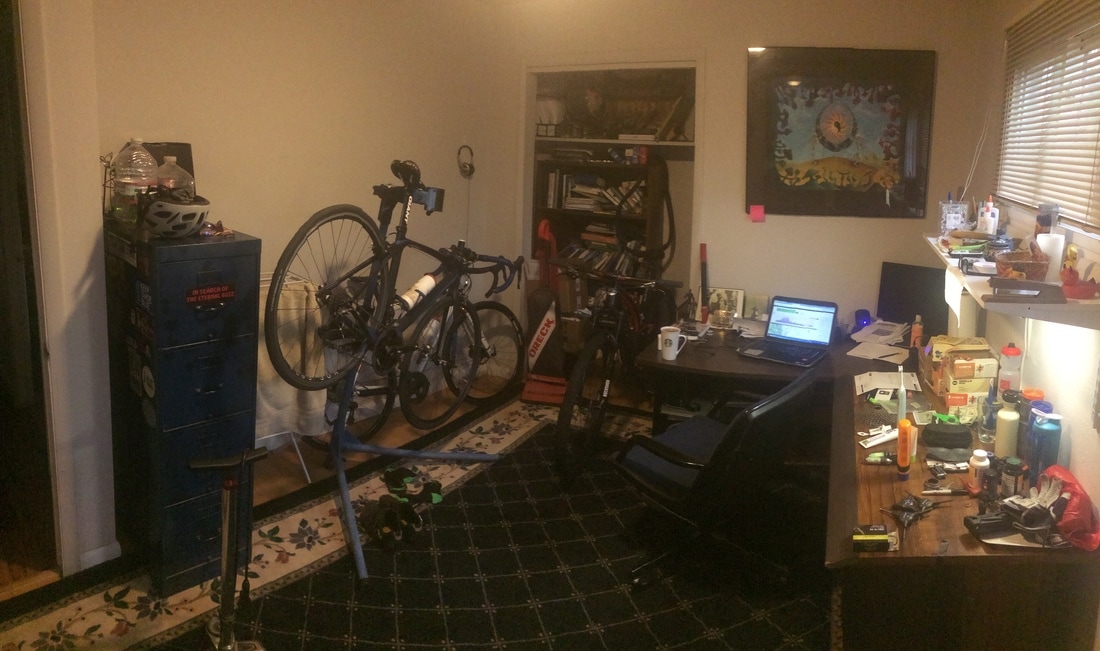
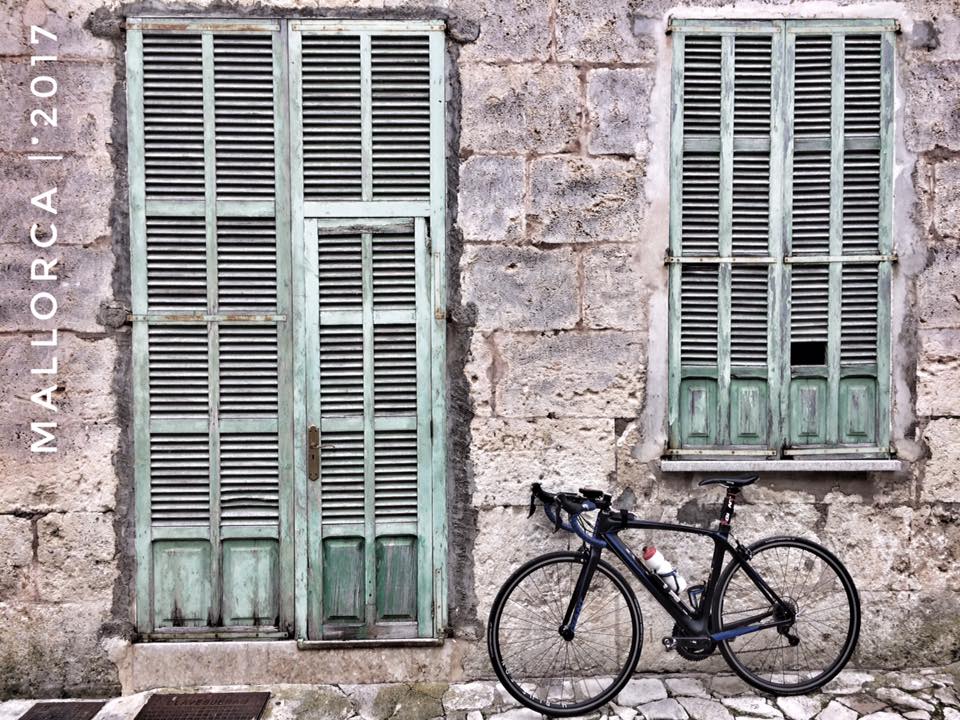
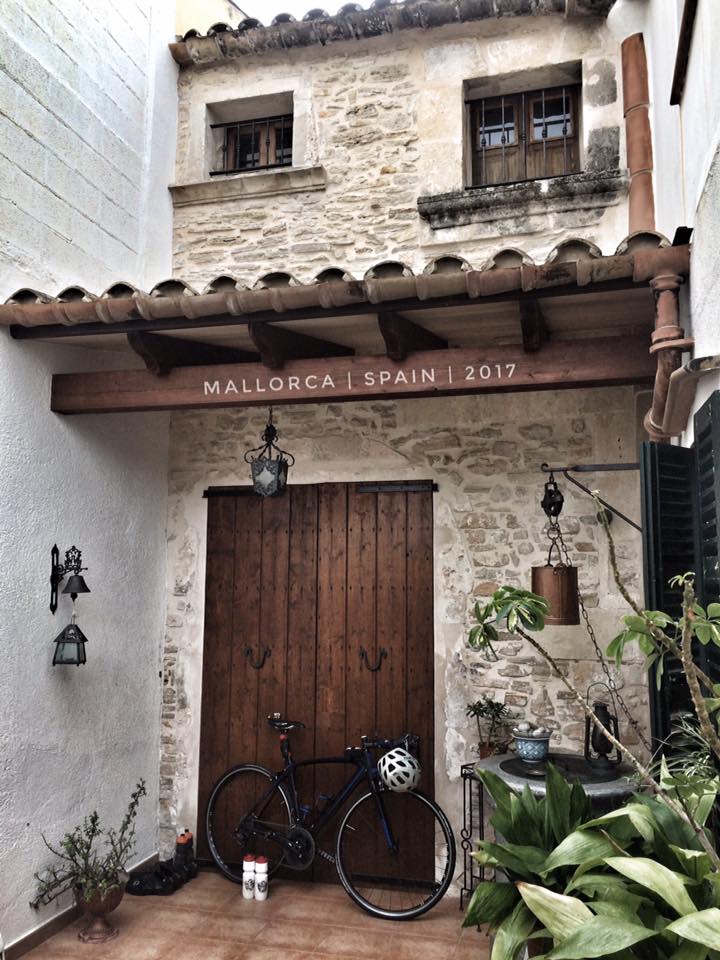
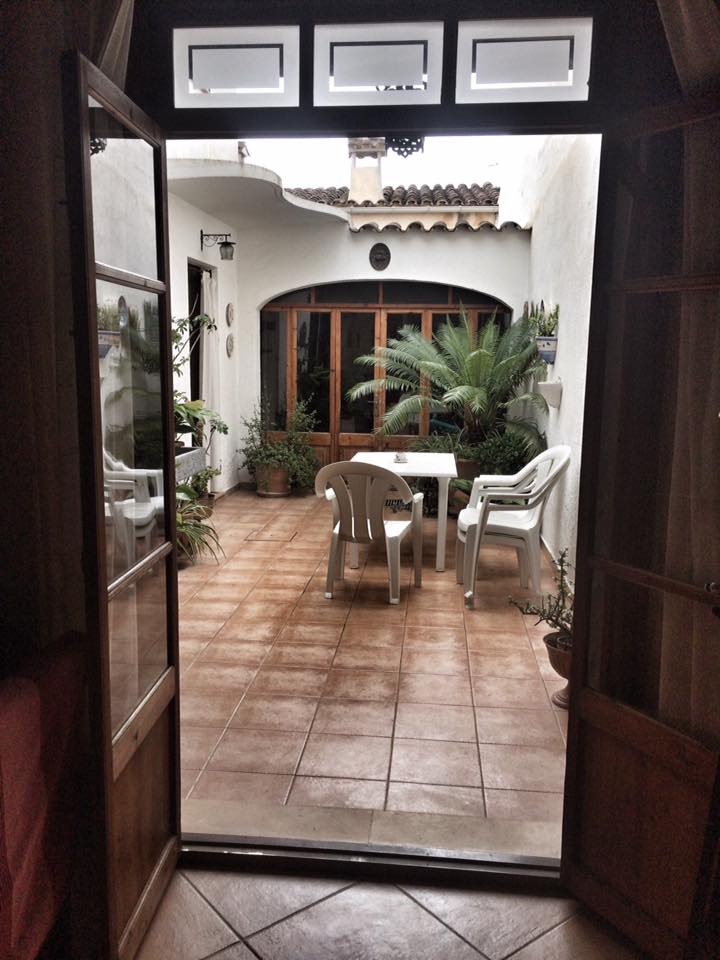
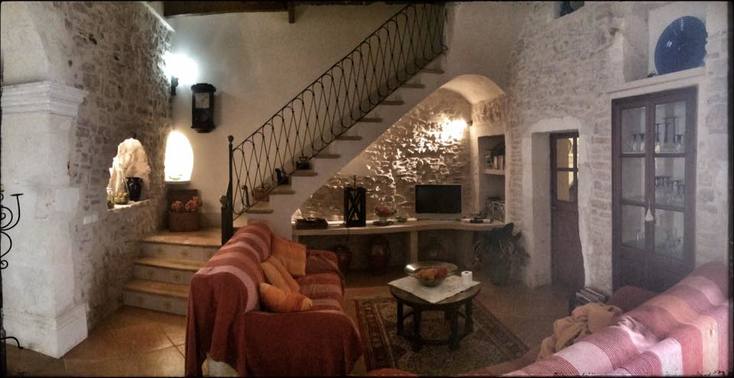
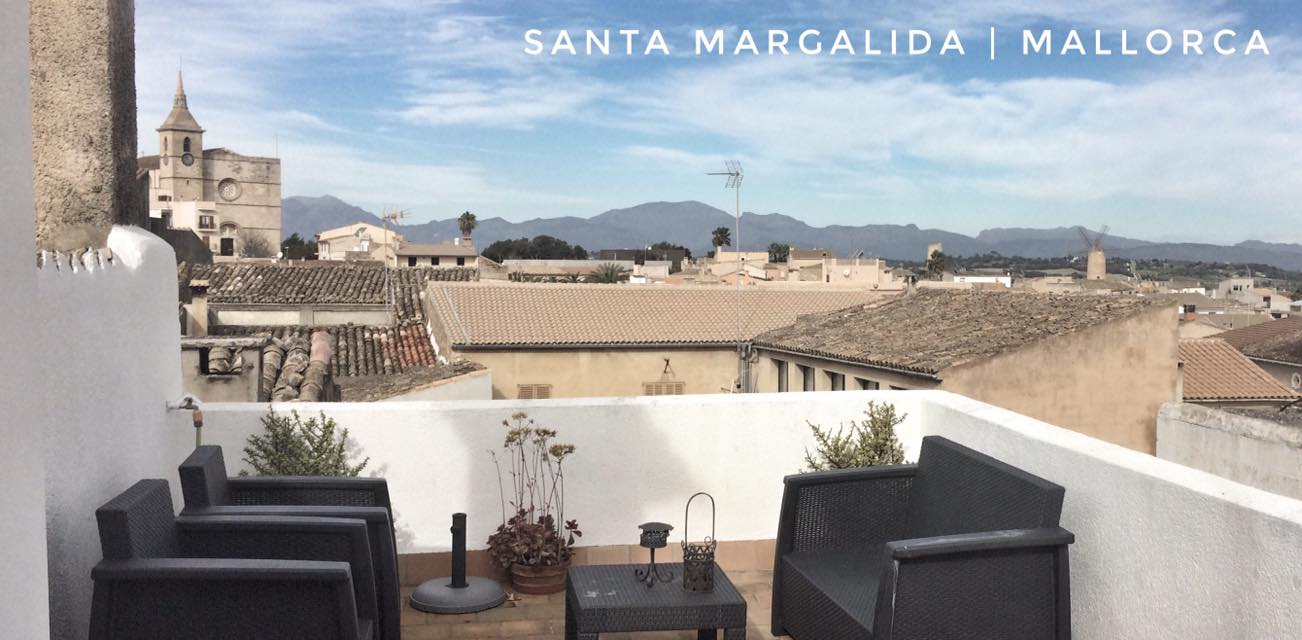
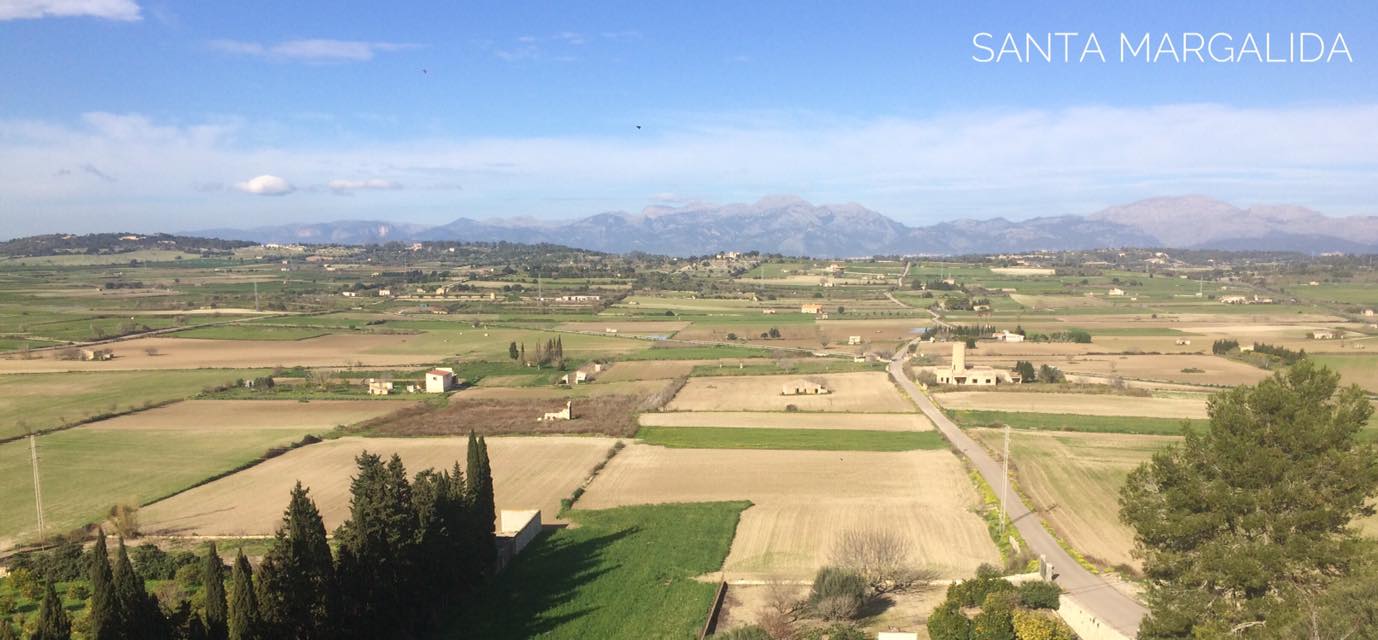
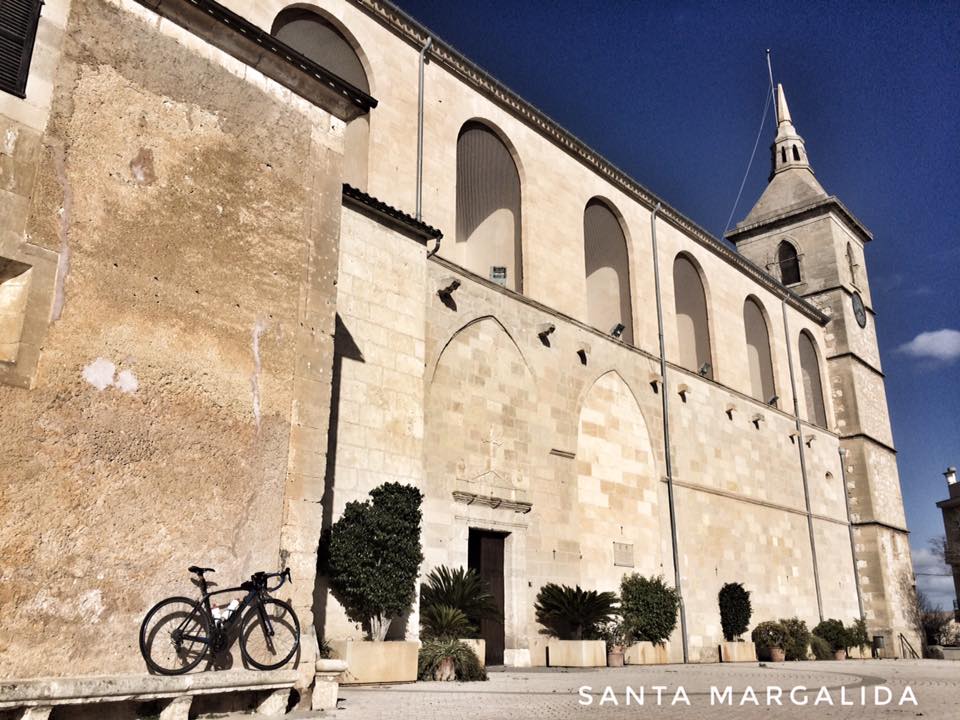
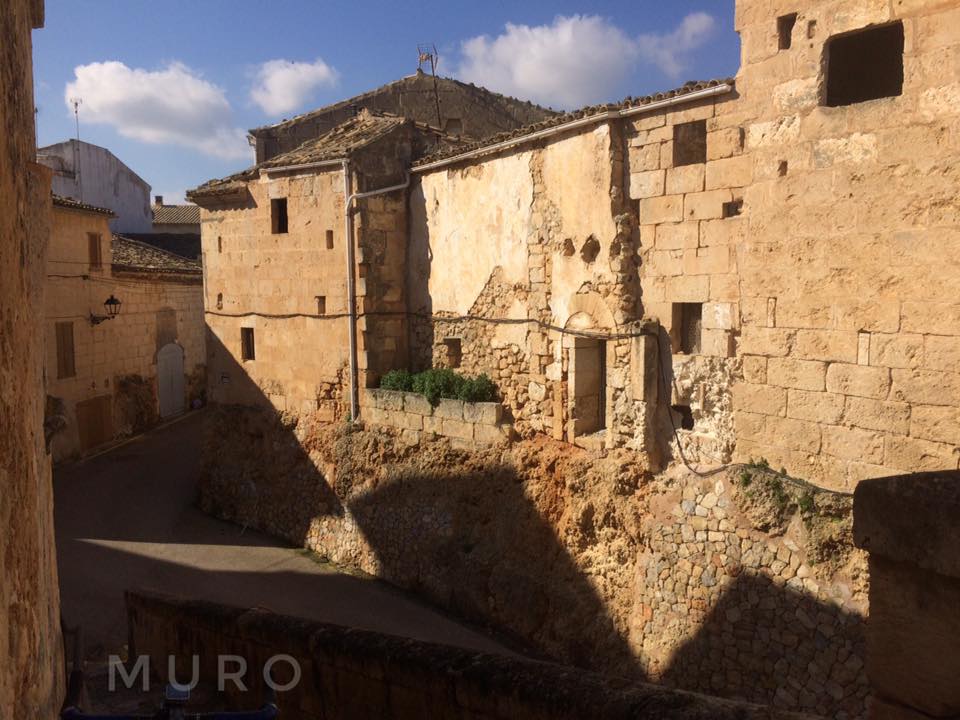
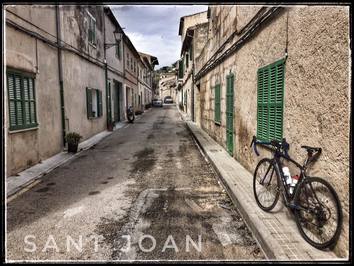
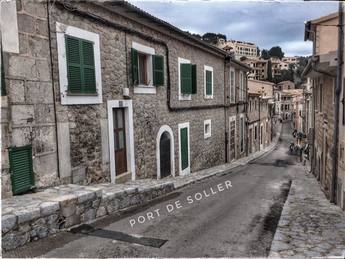
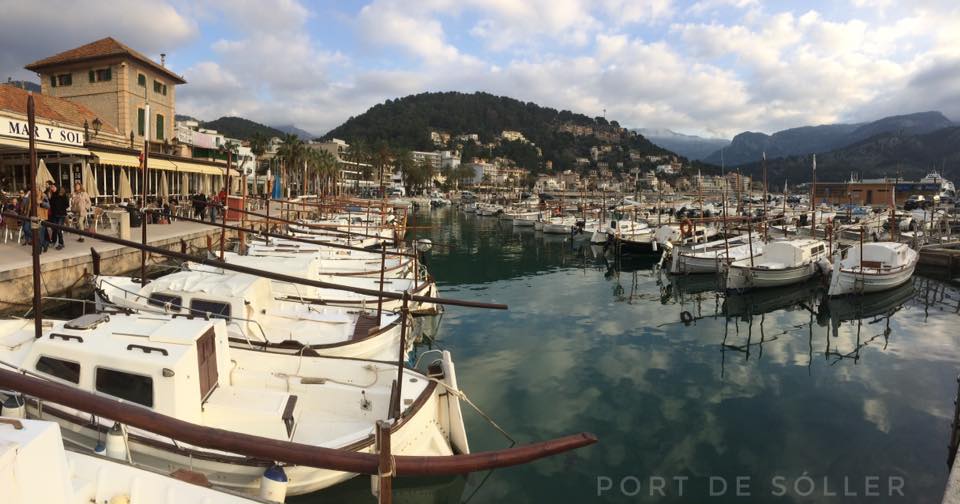
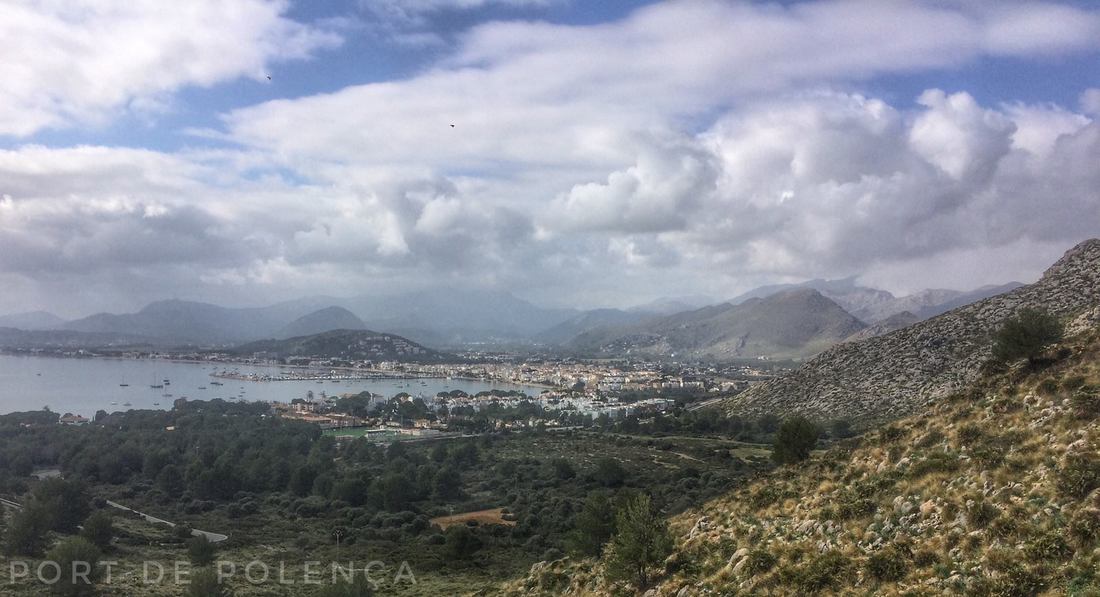
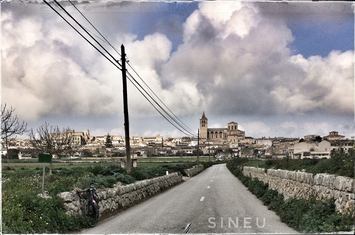
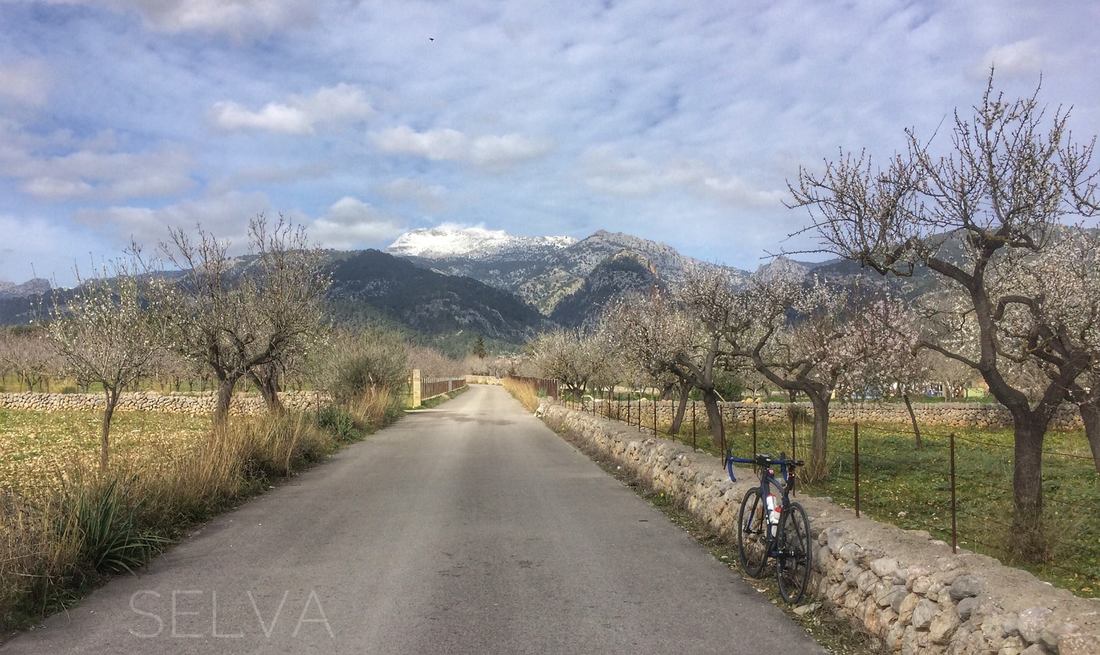
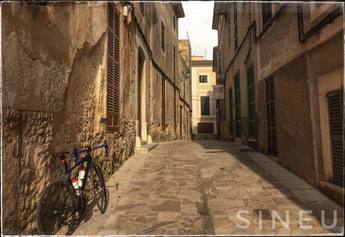
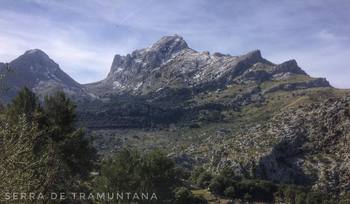
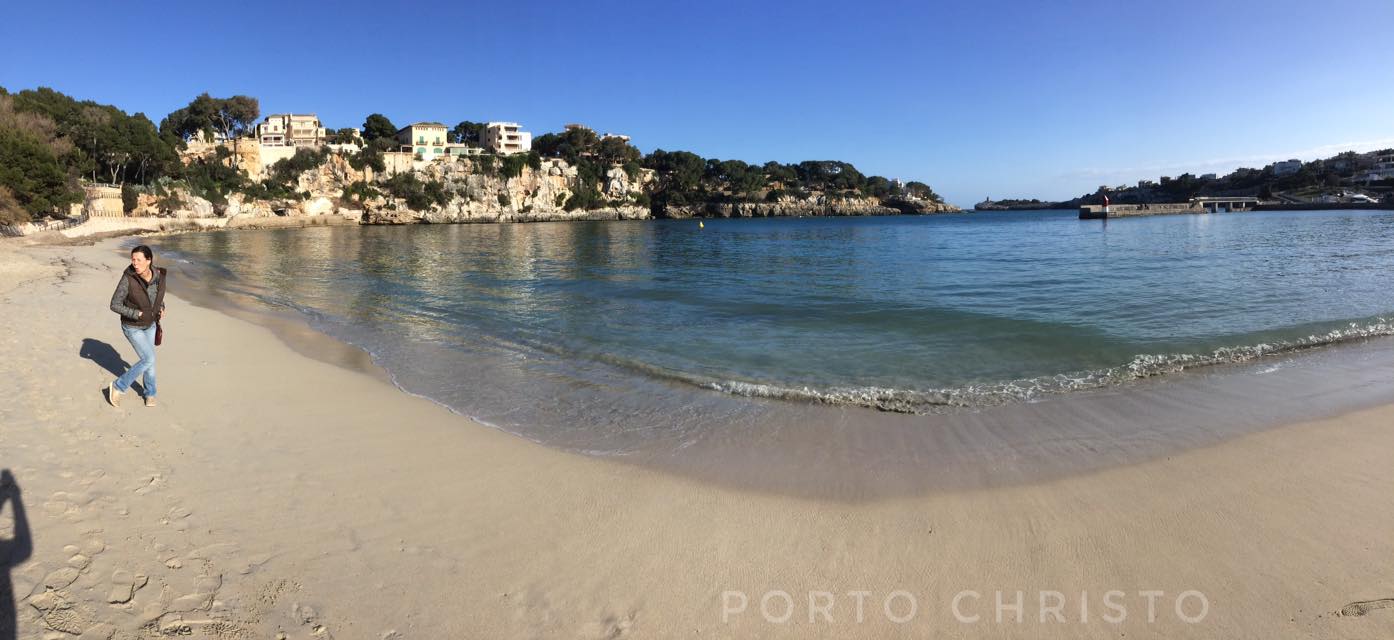
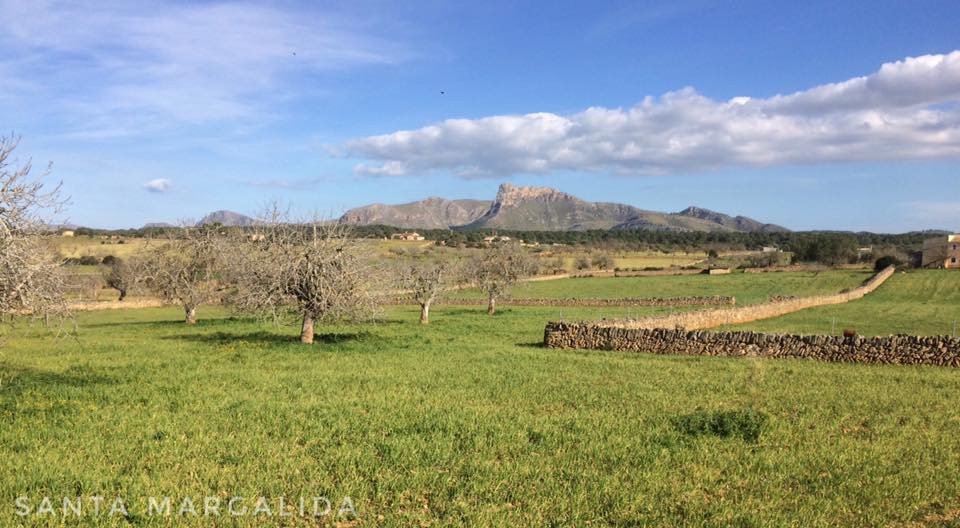
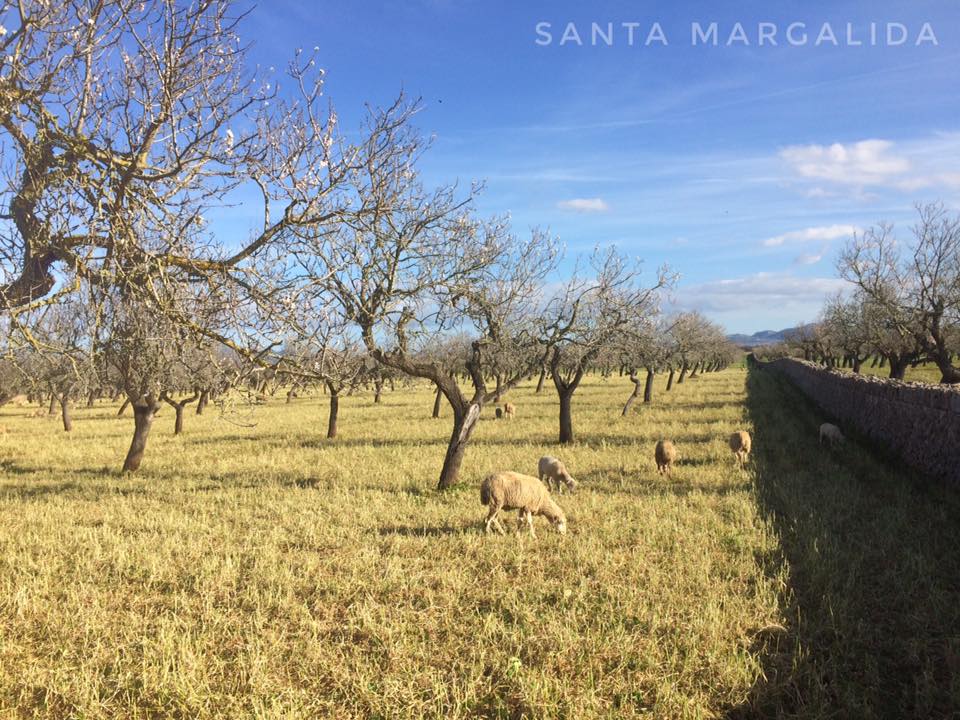
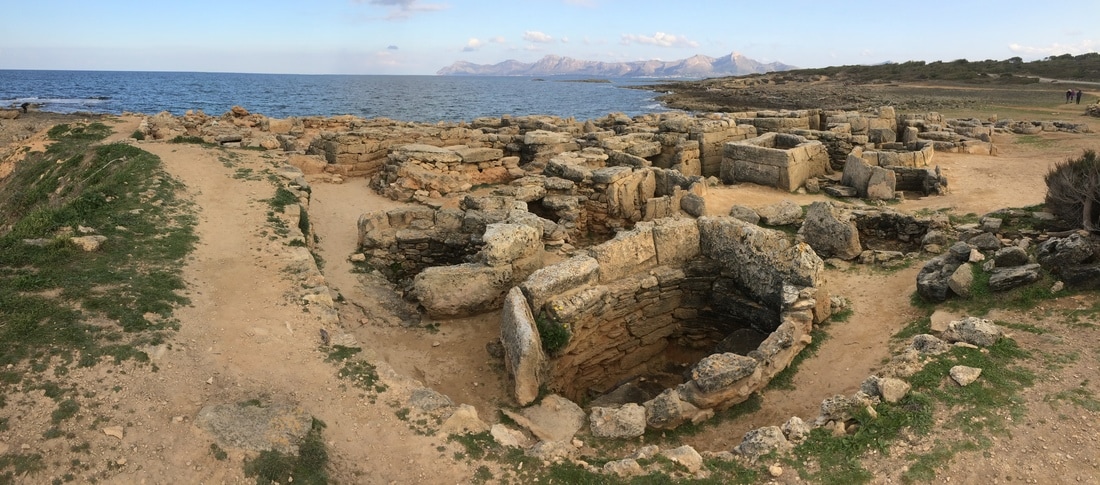
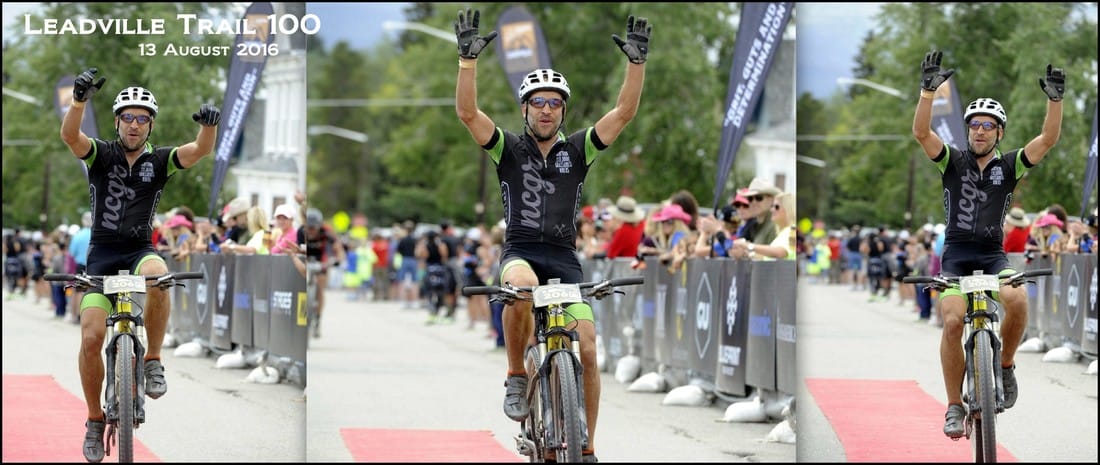
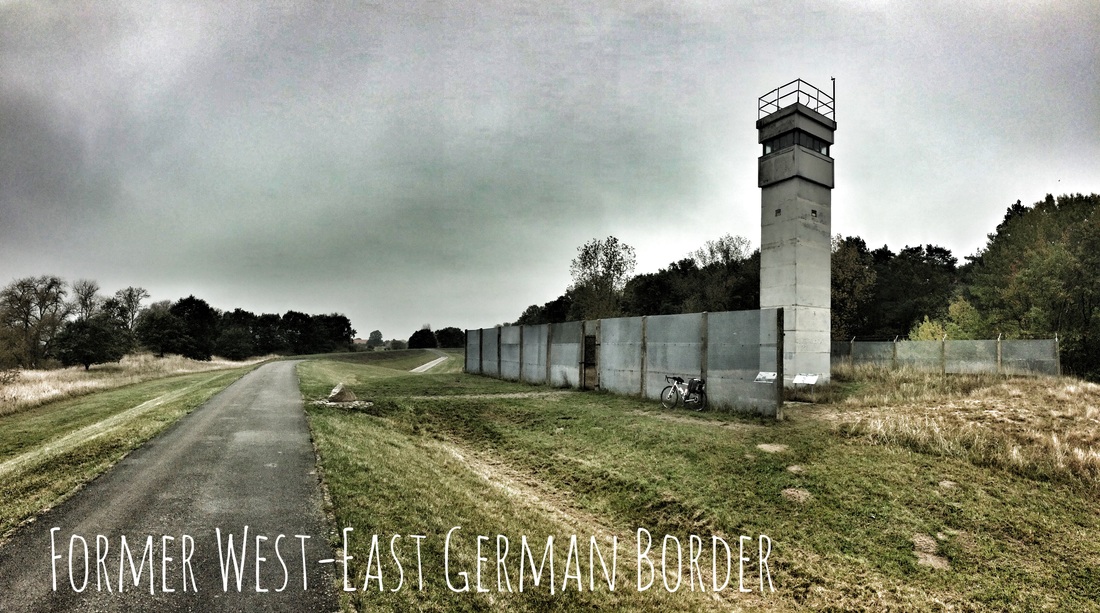
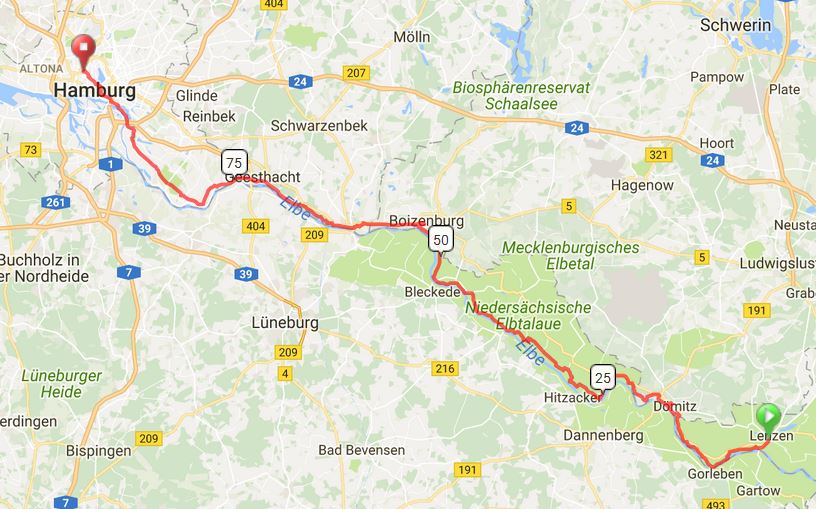
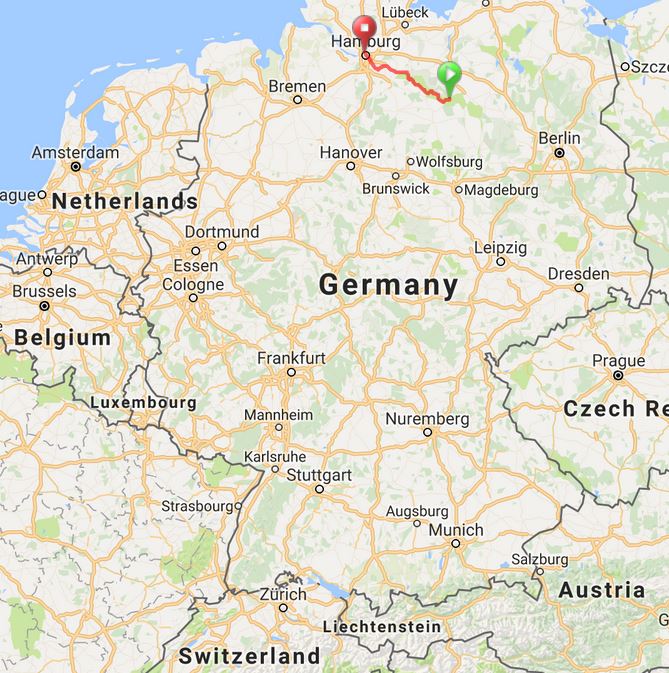
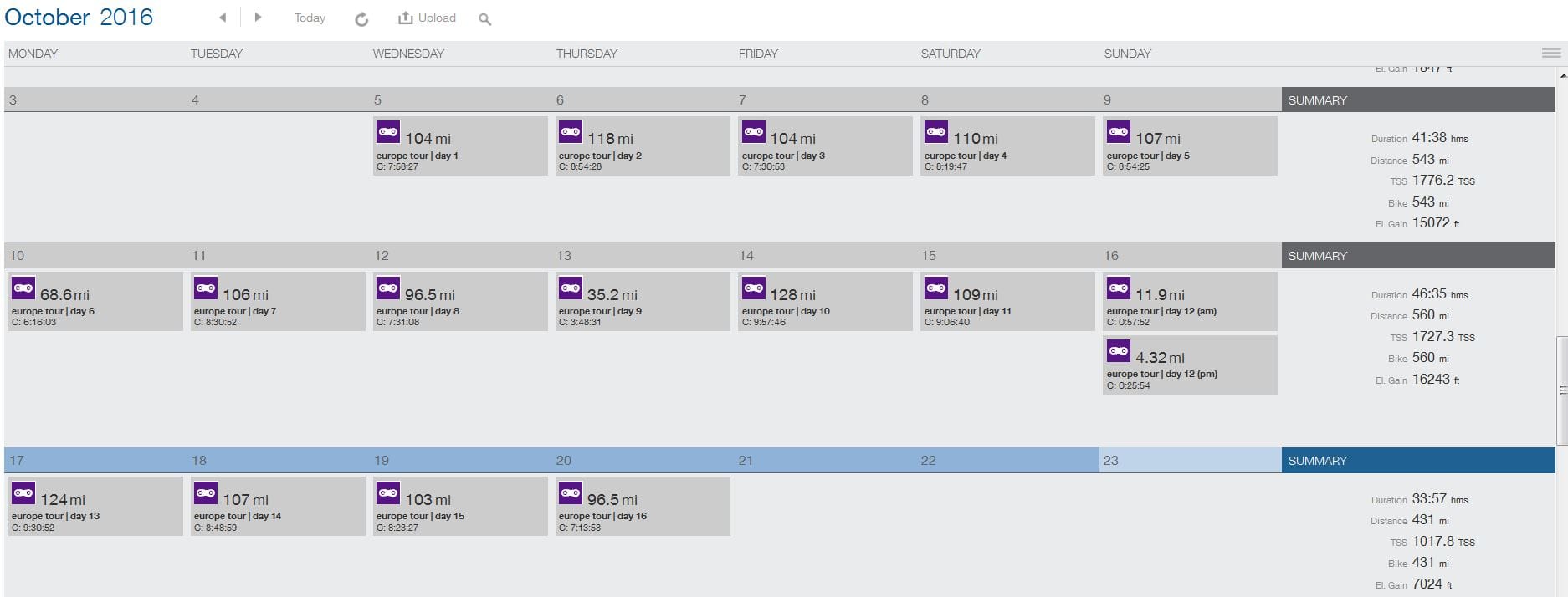

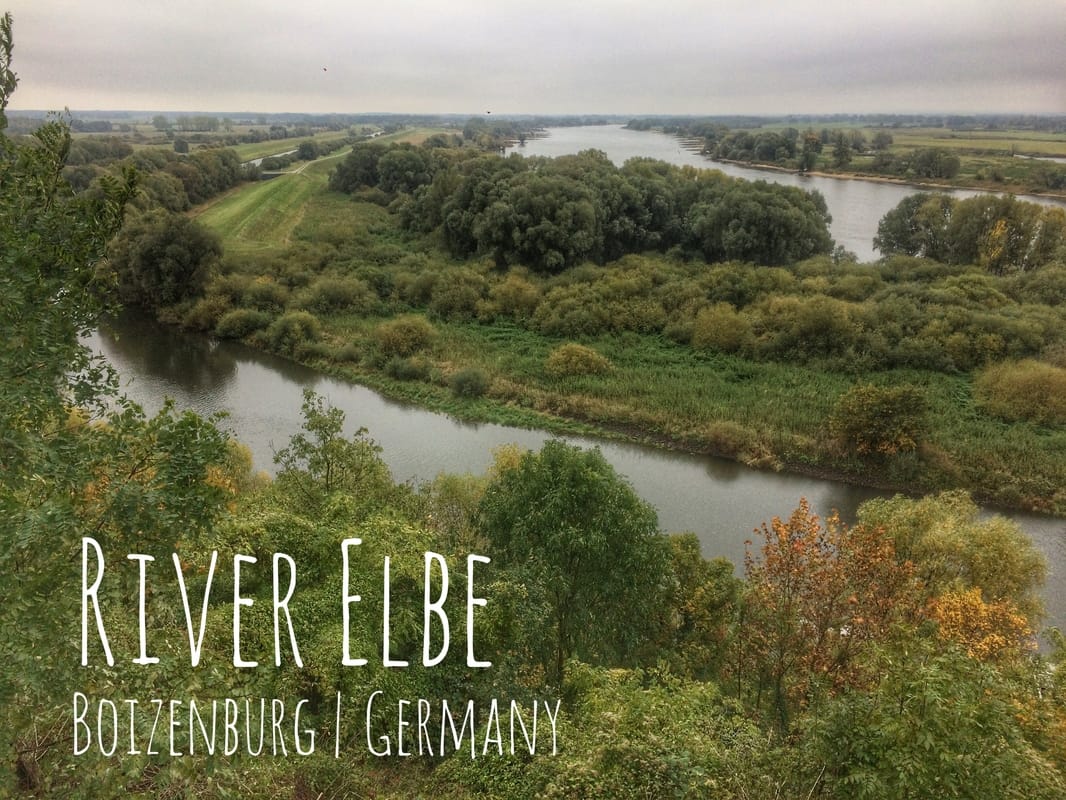
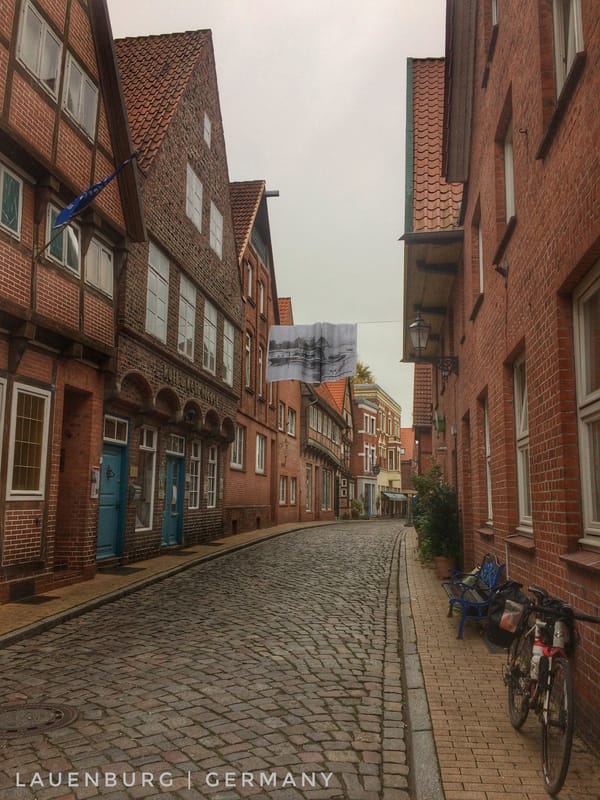
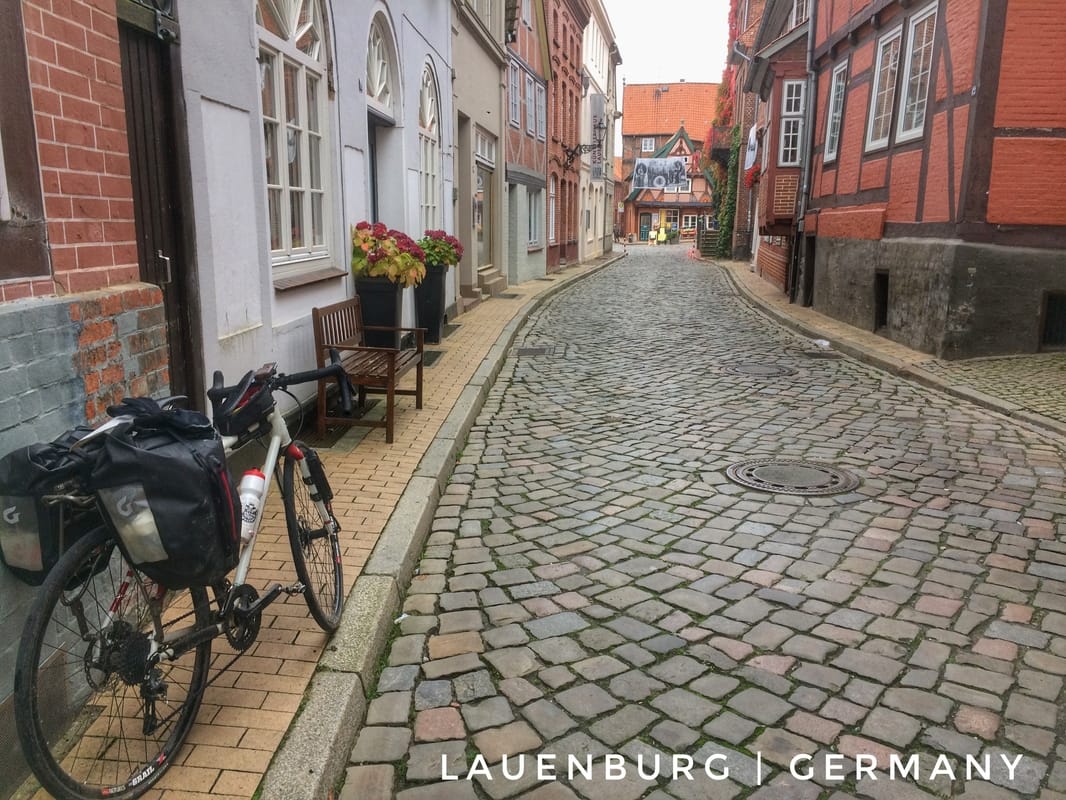
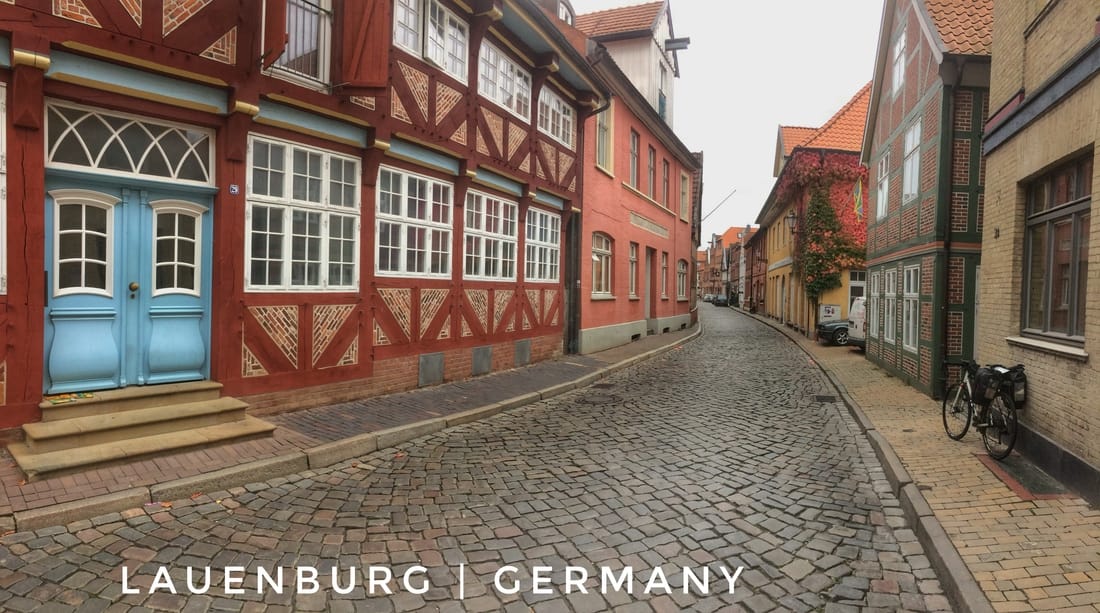
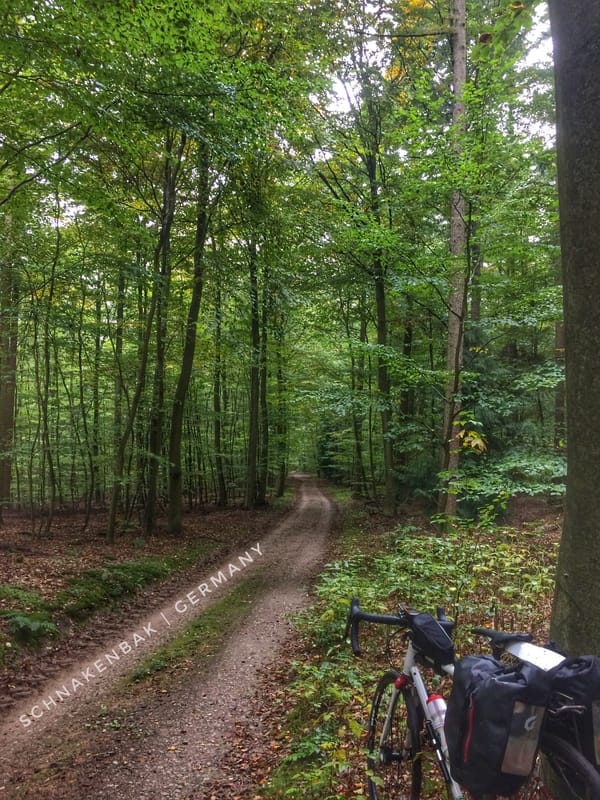
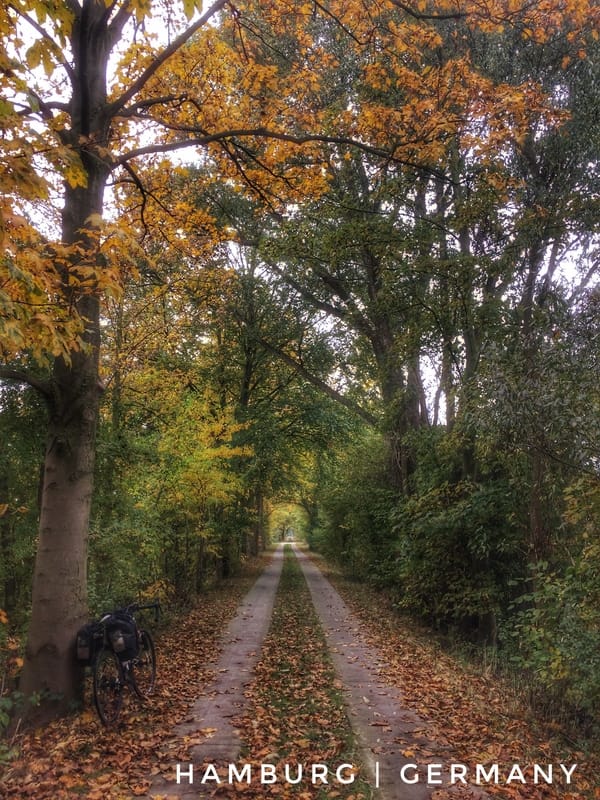
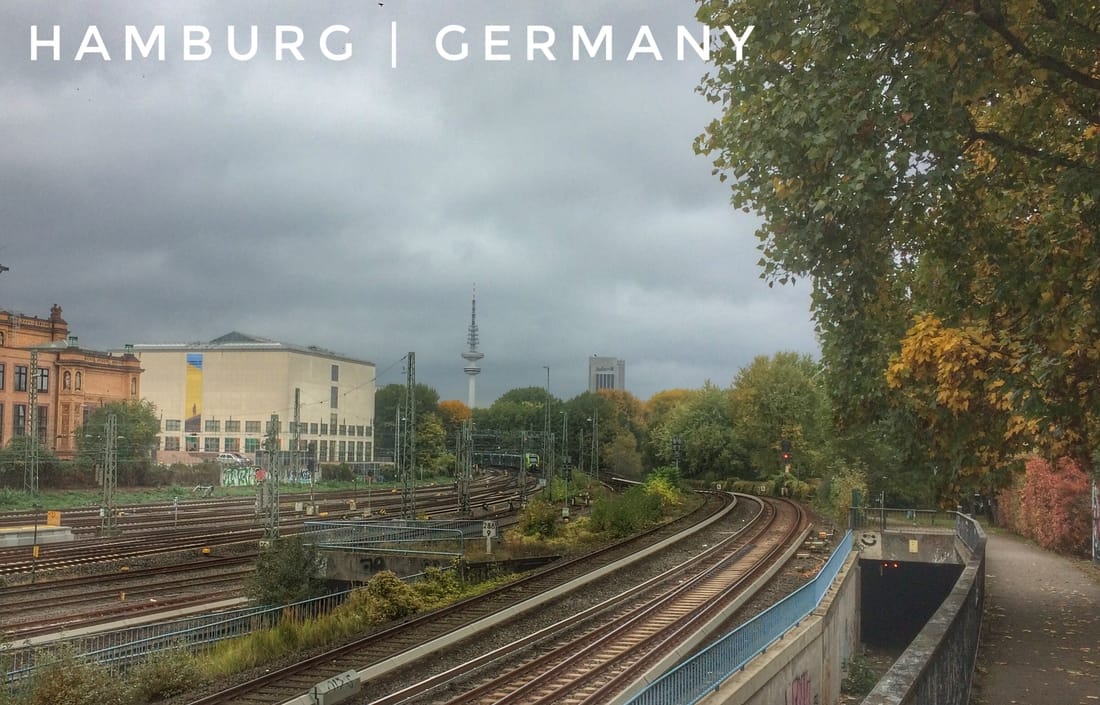
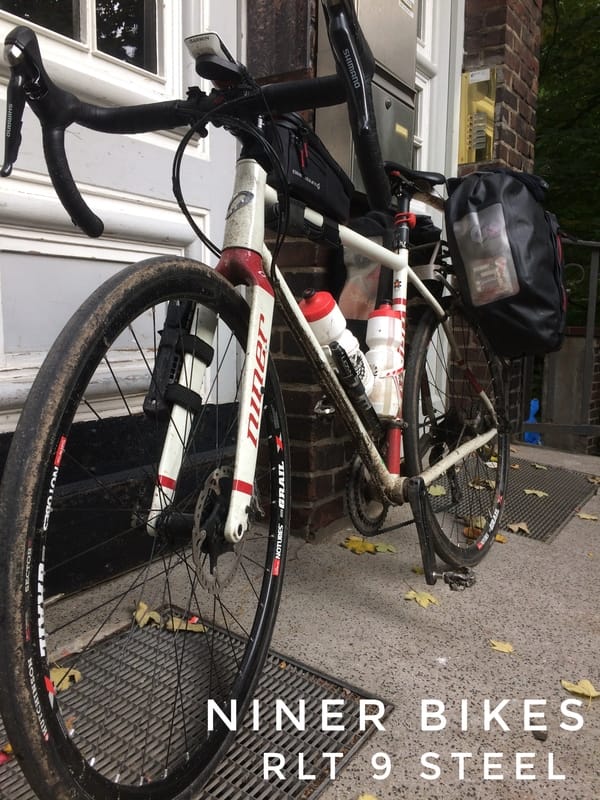
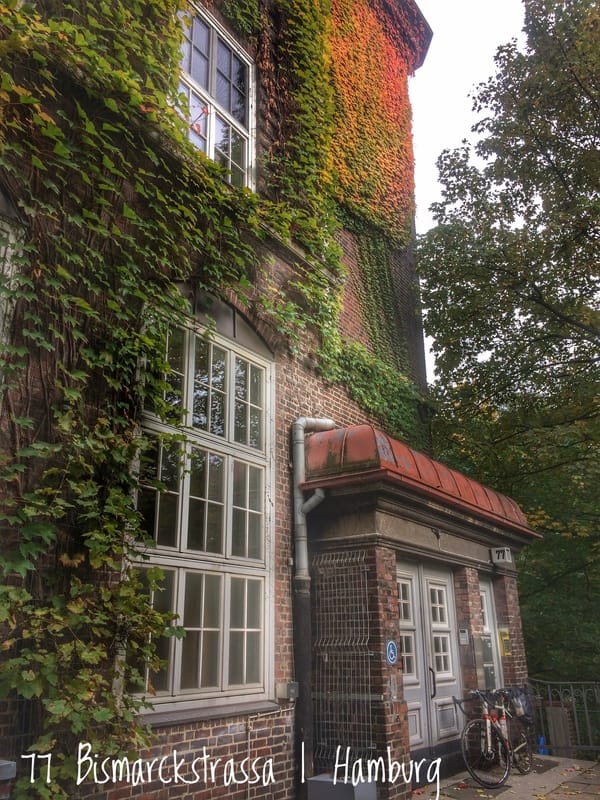
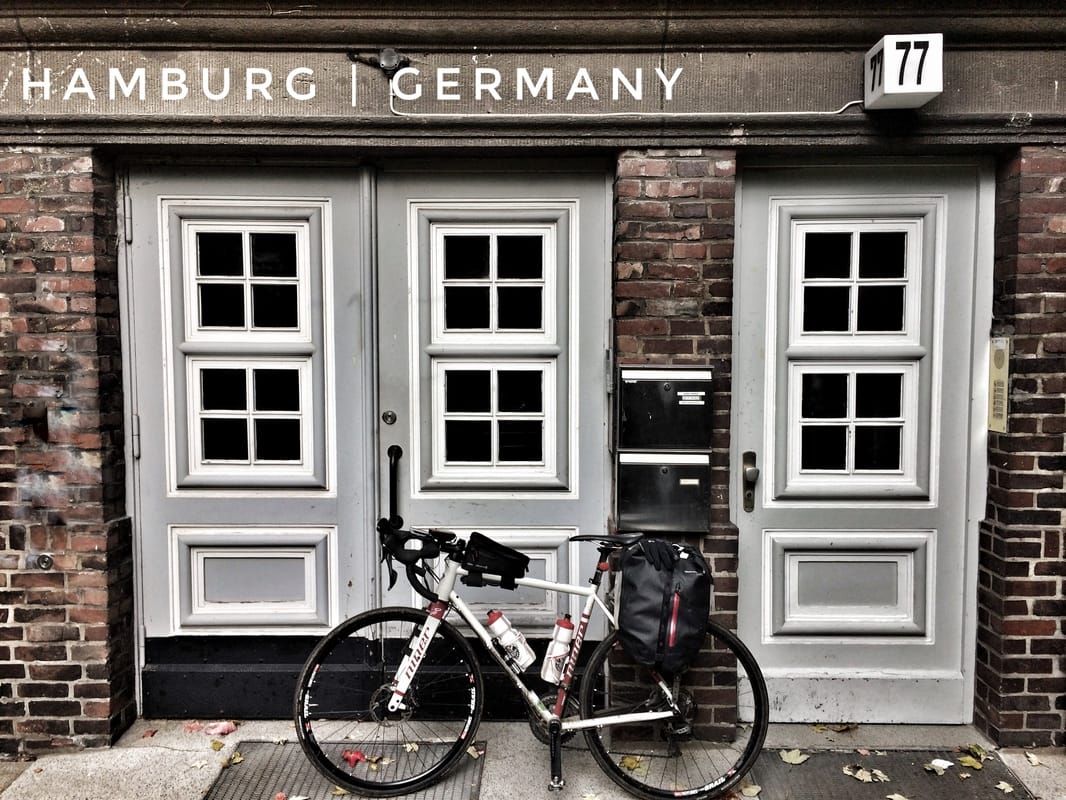
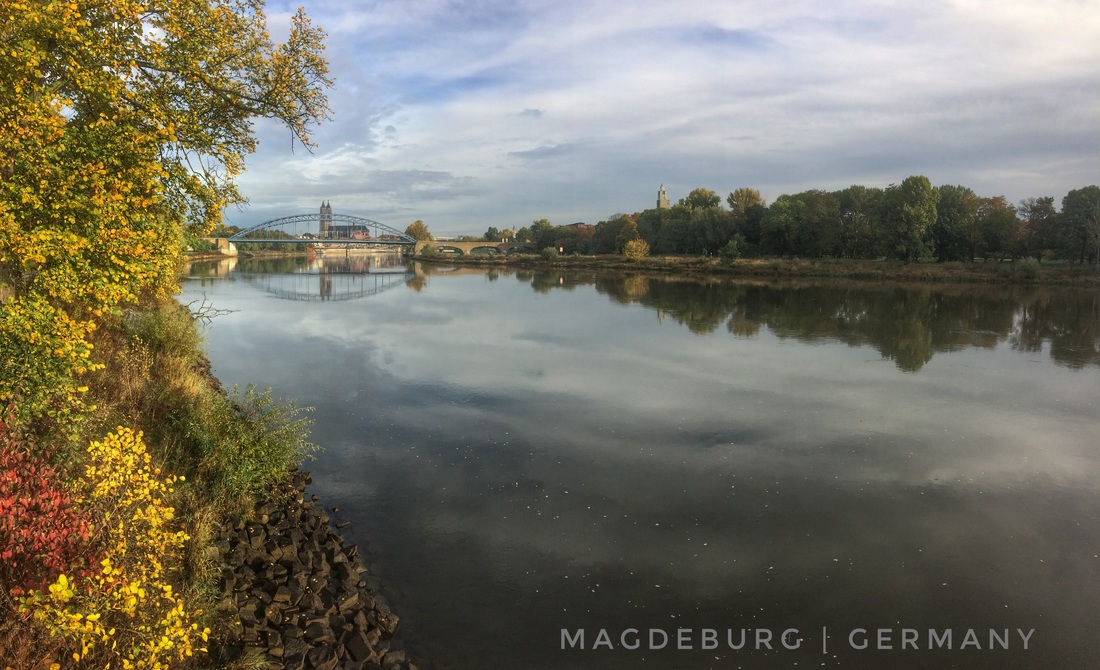
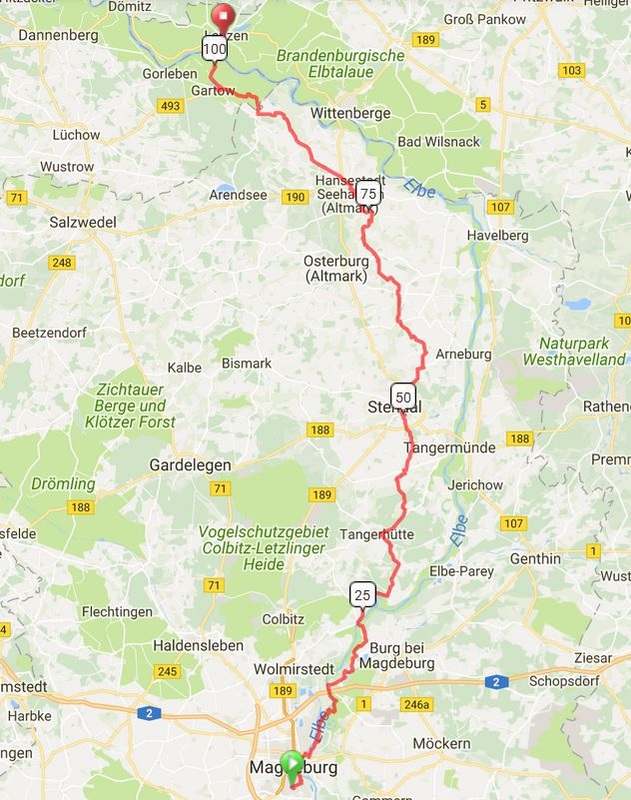
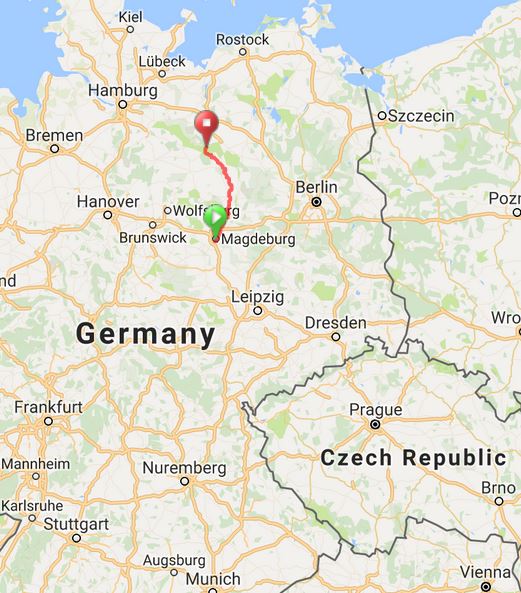

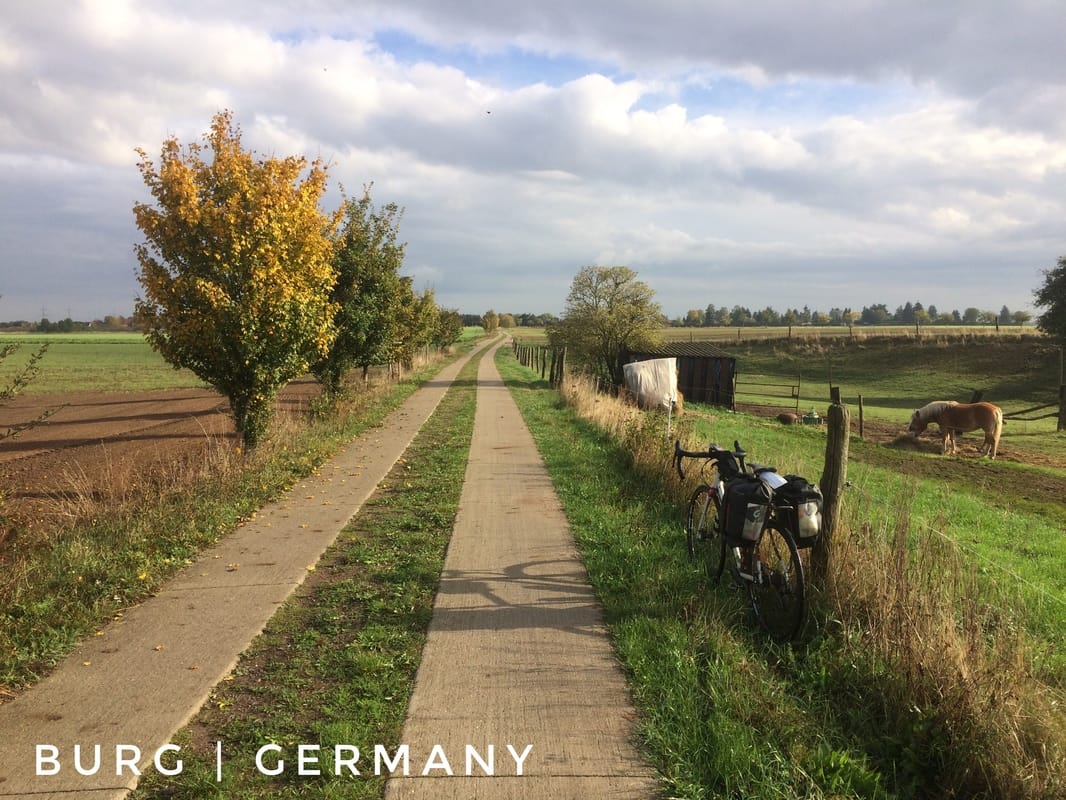
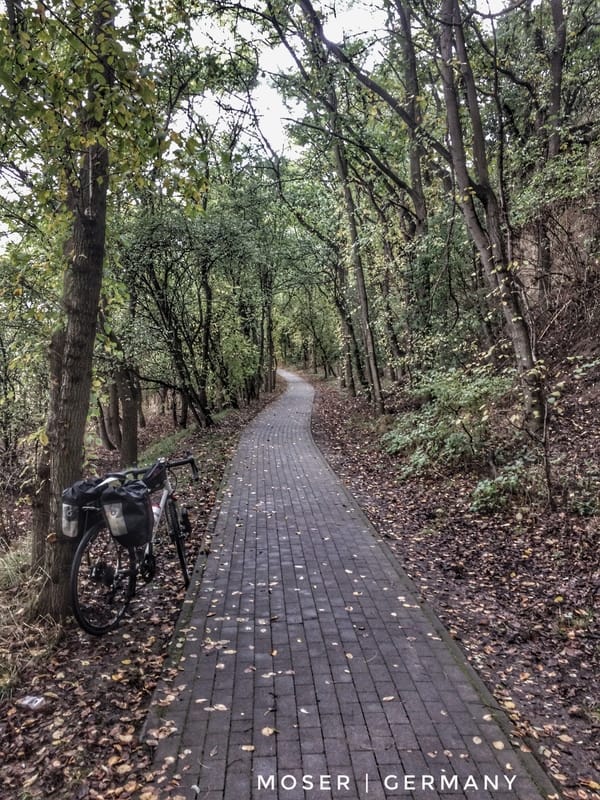
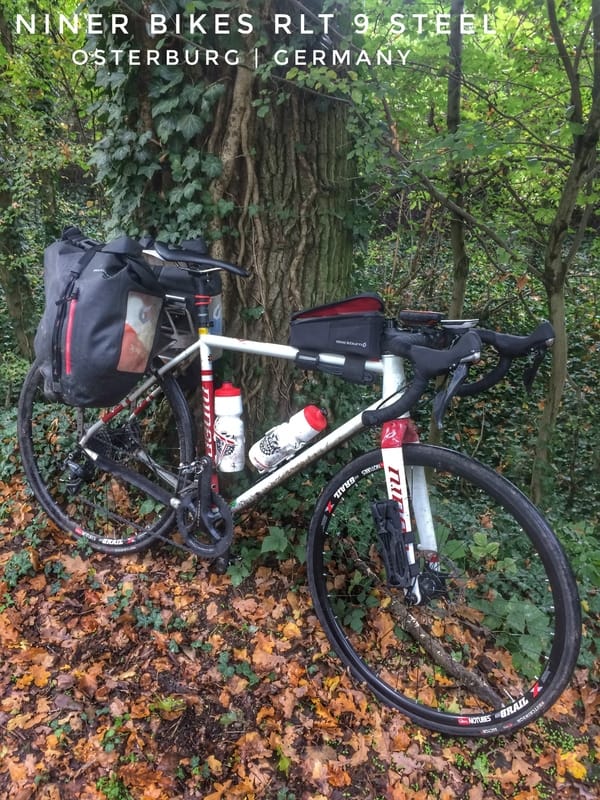
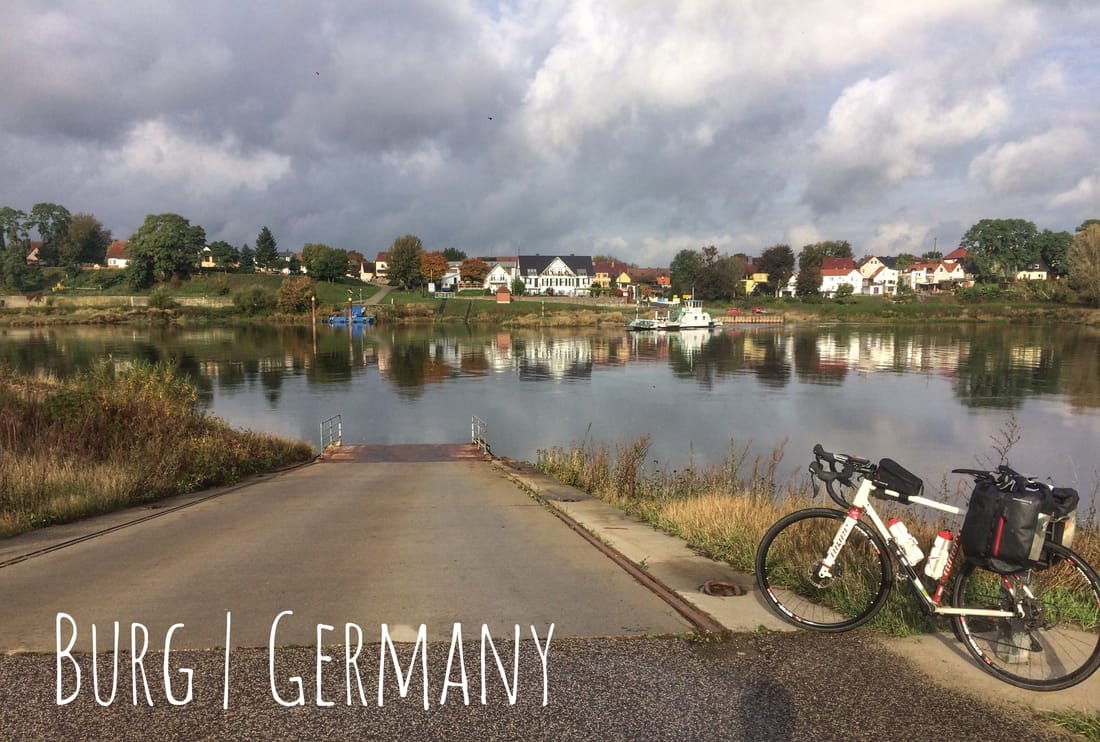
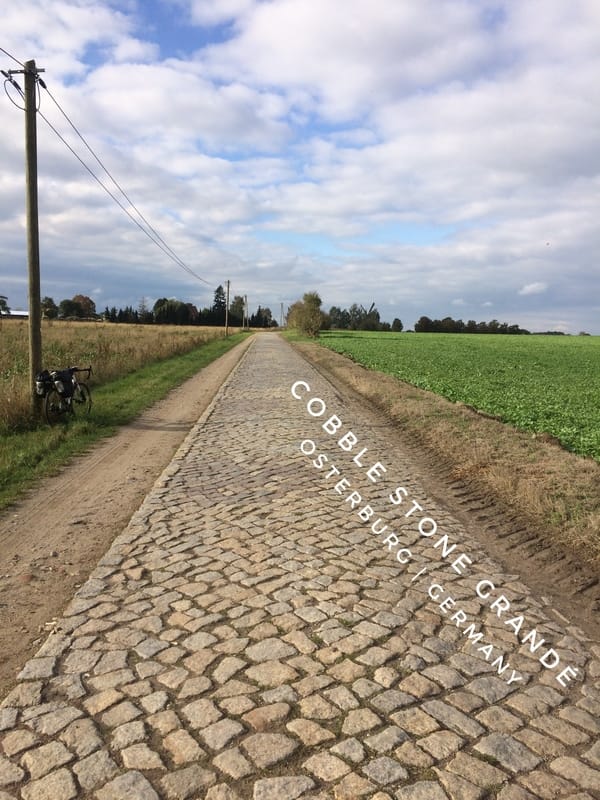
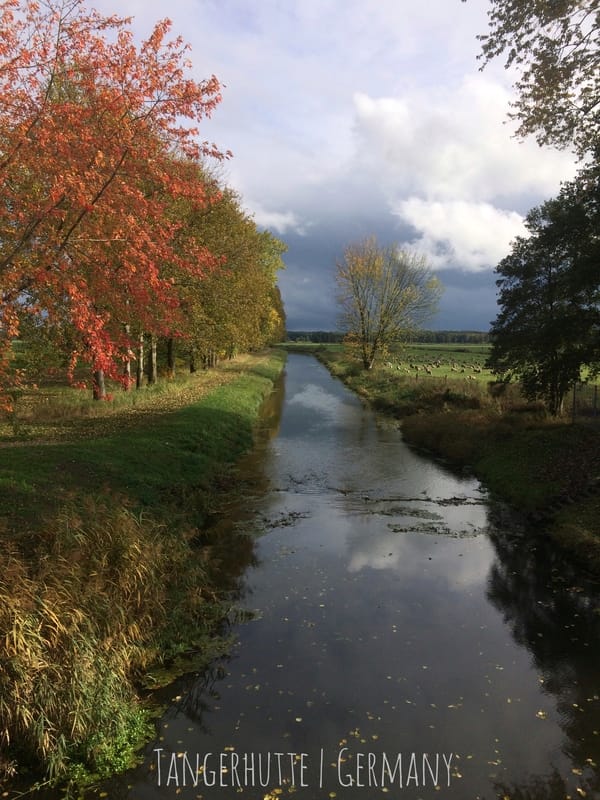
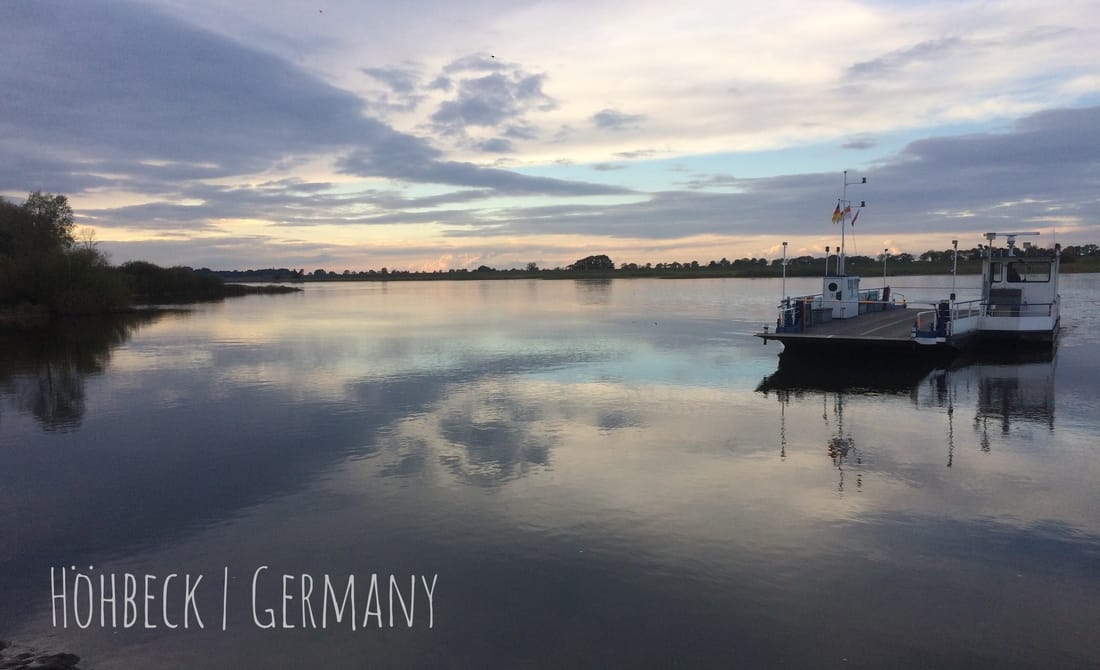
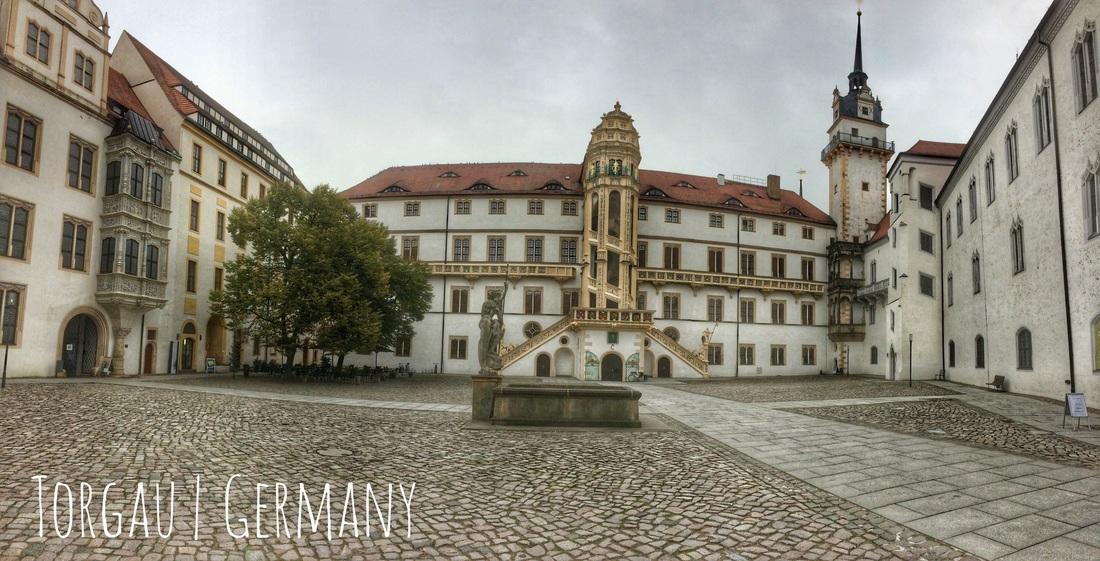
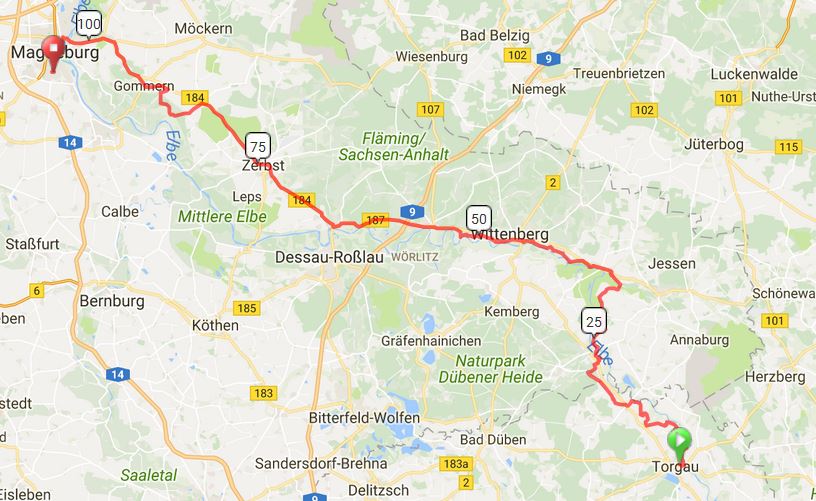
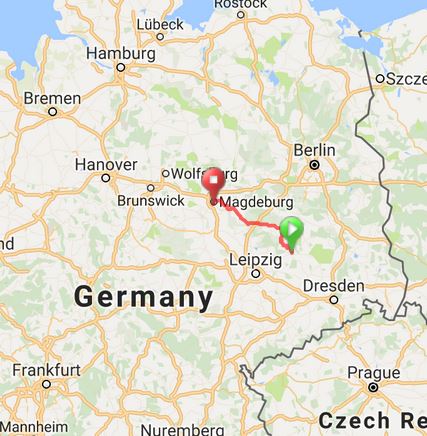

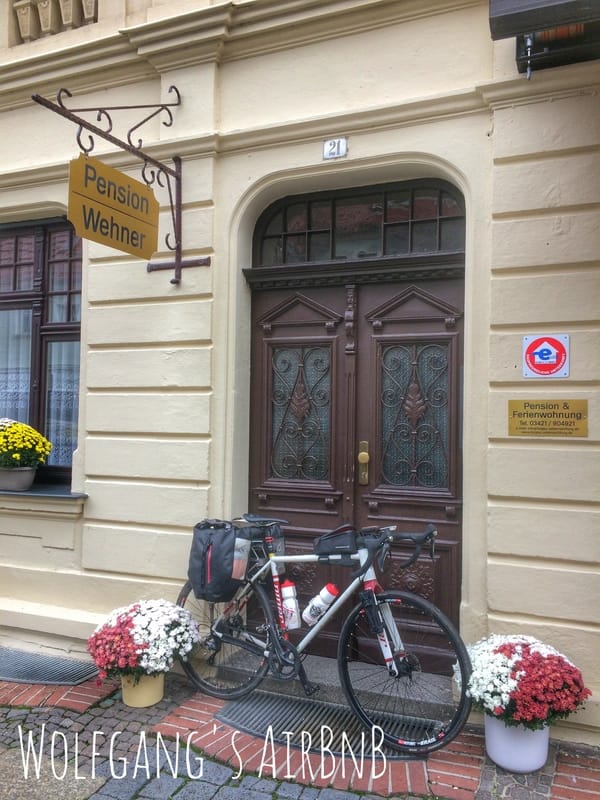
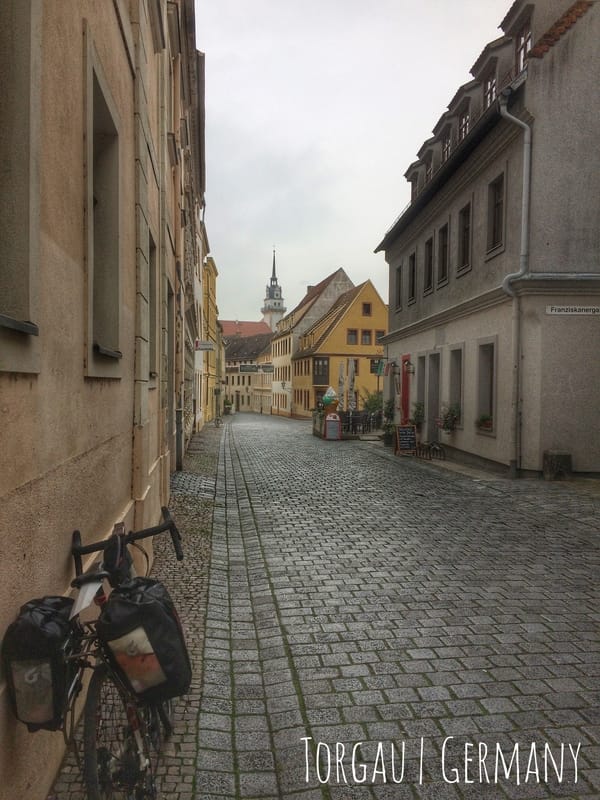
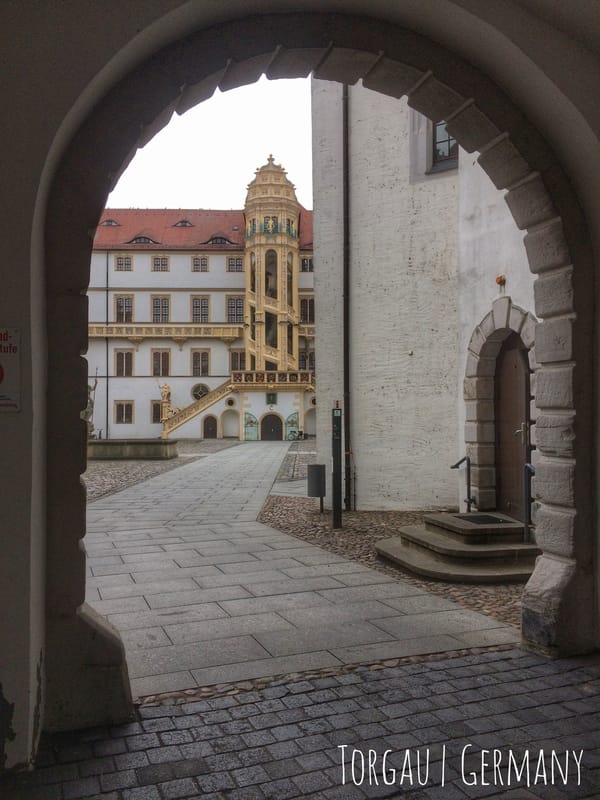
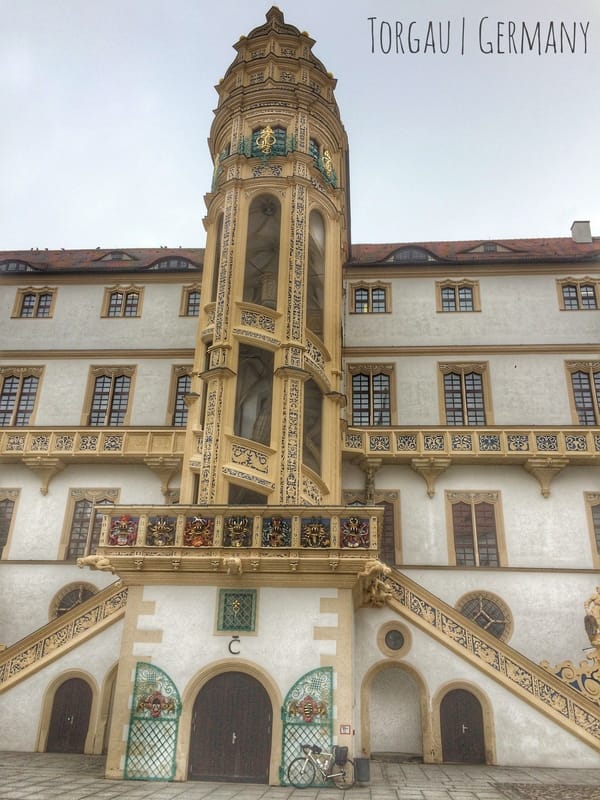
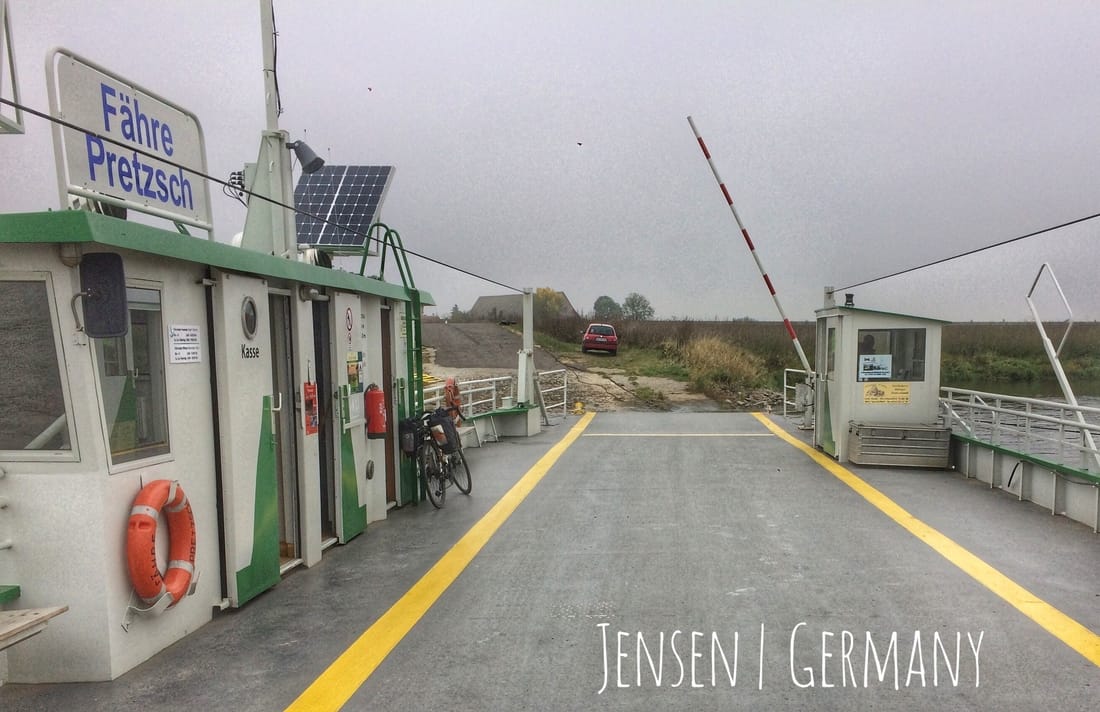
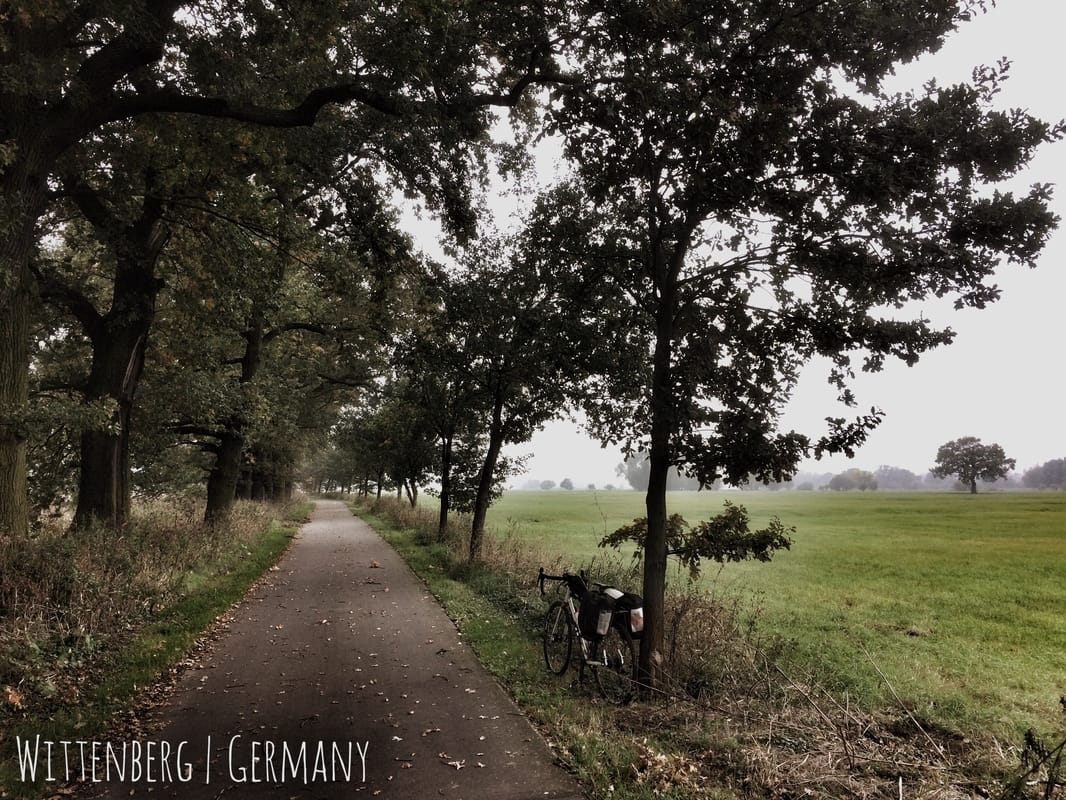
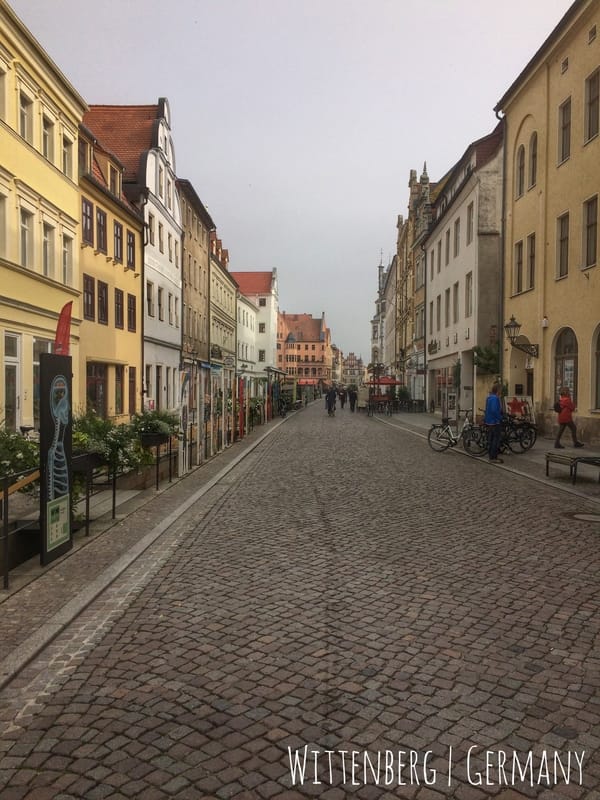
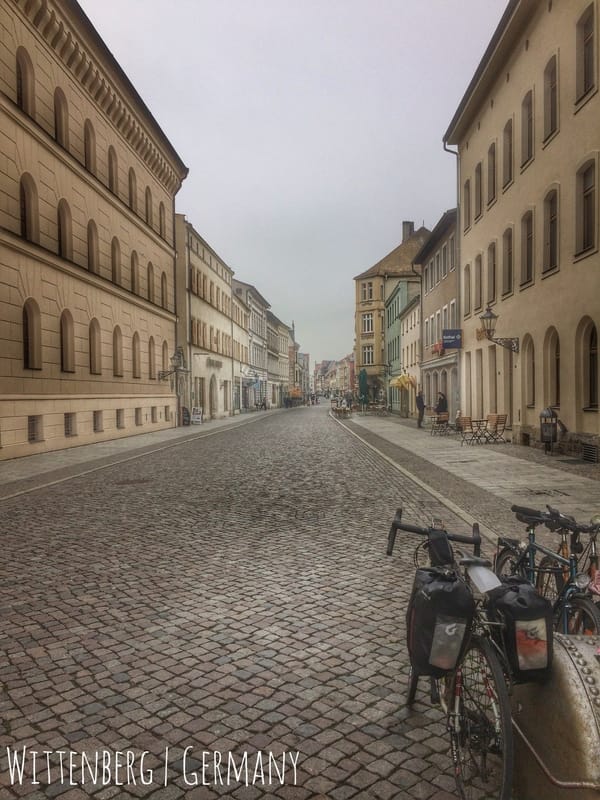
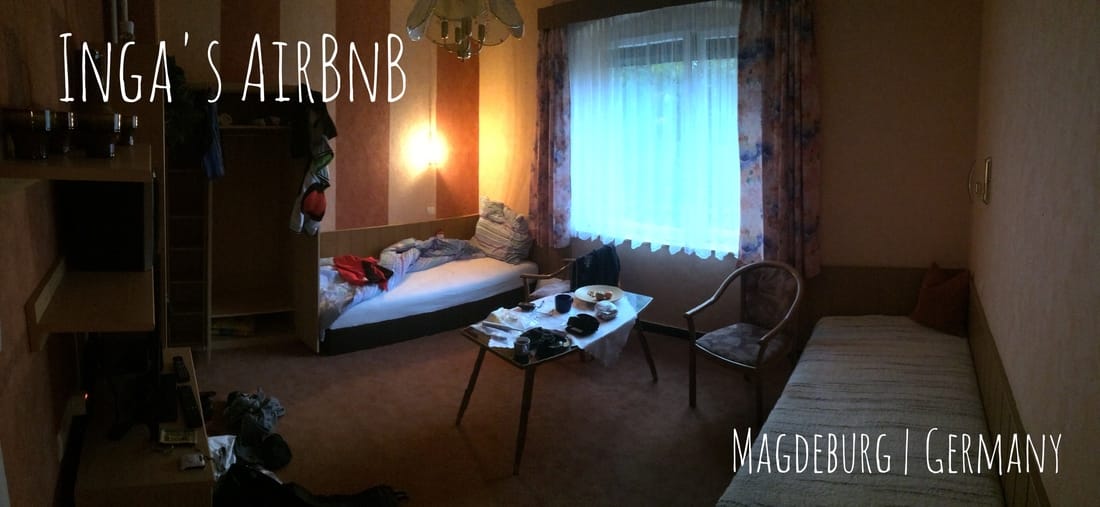
 RSS Feed
RSS Feed